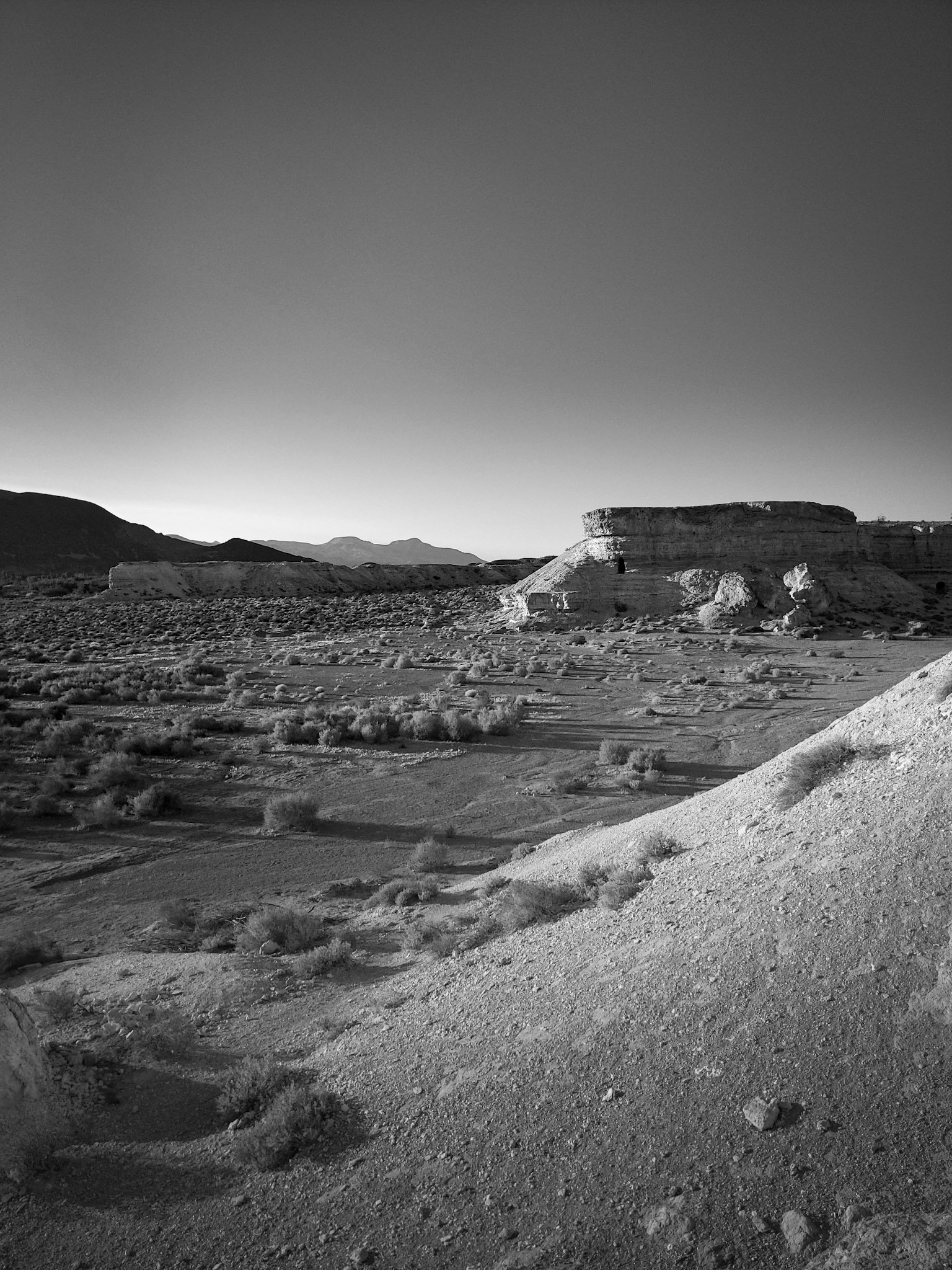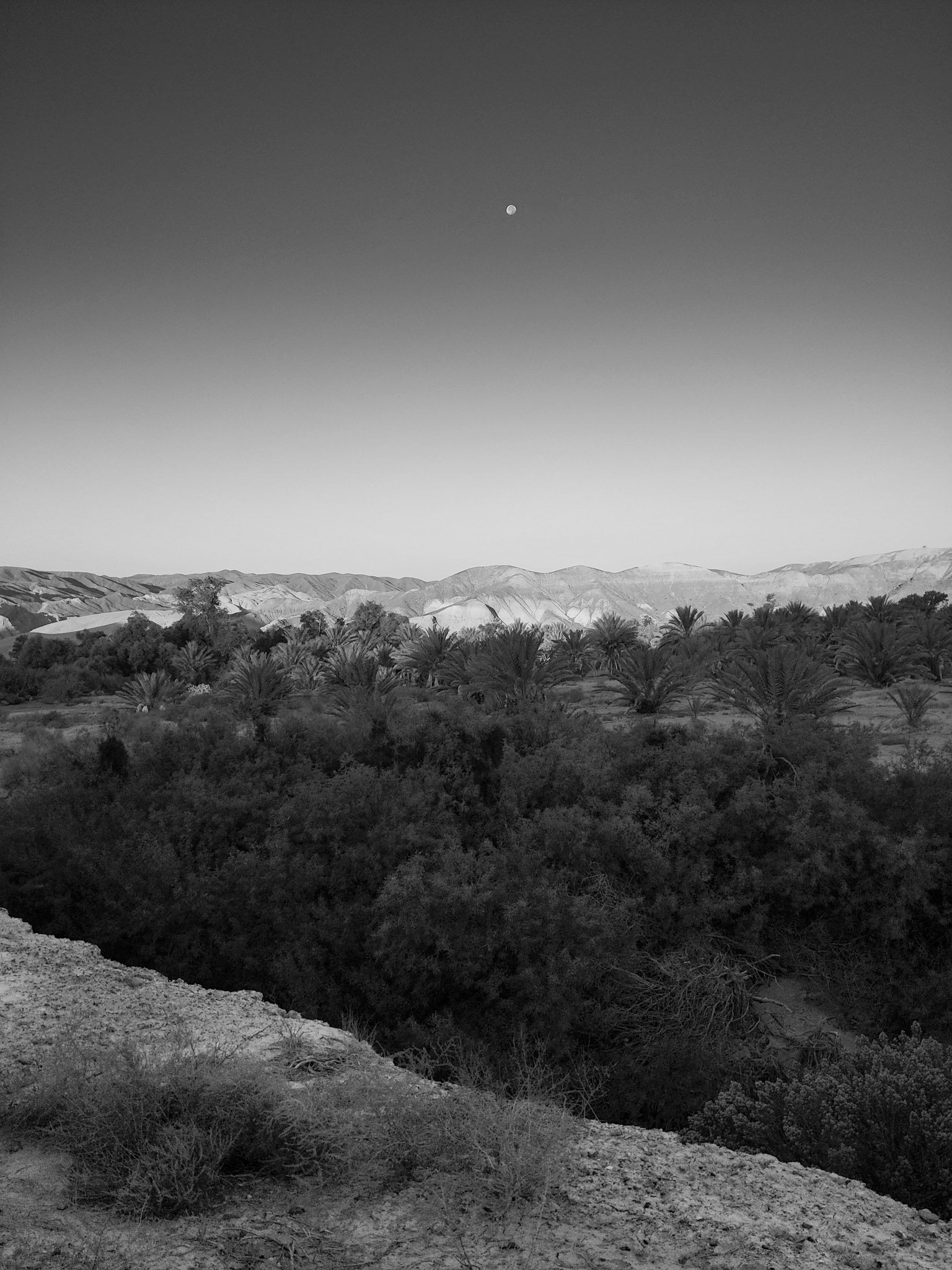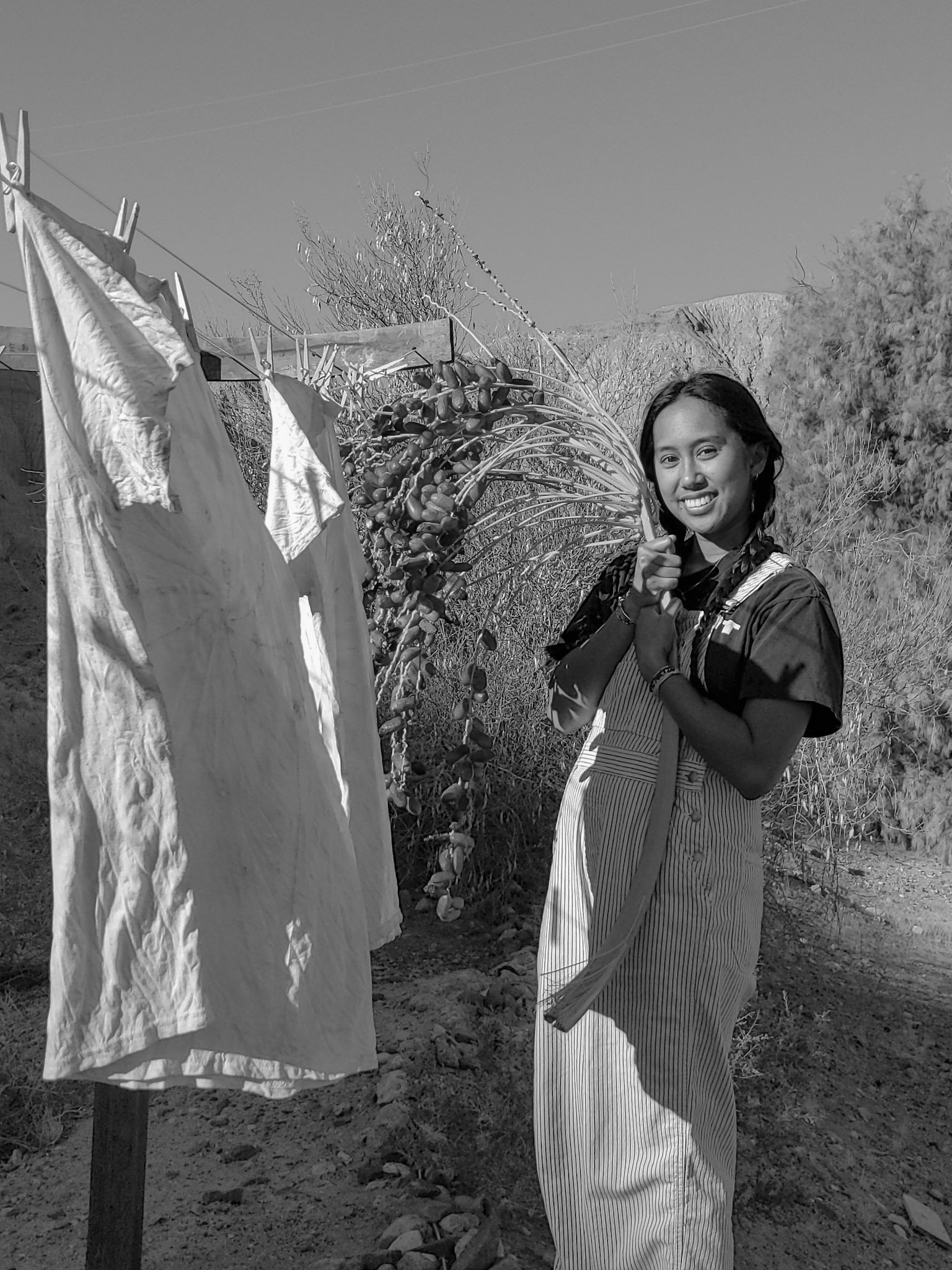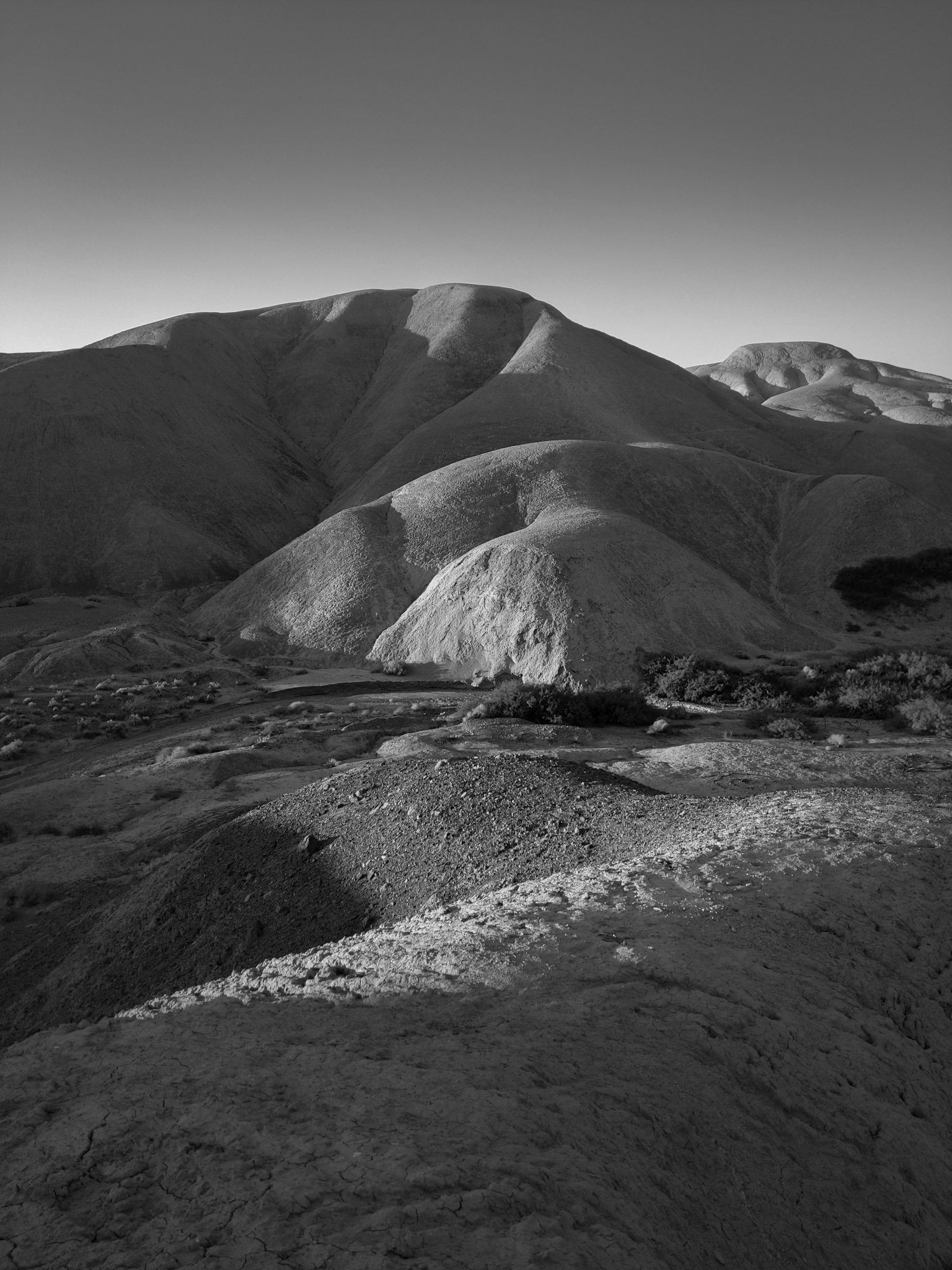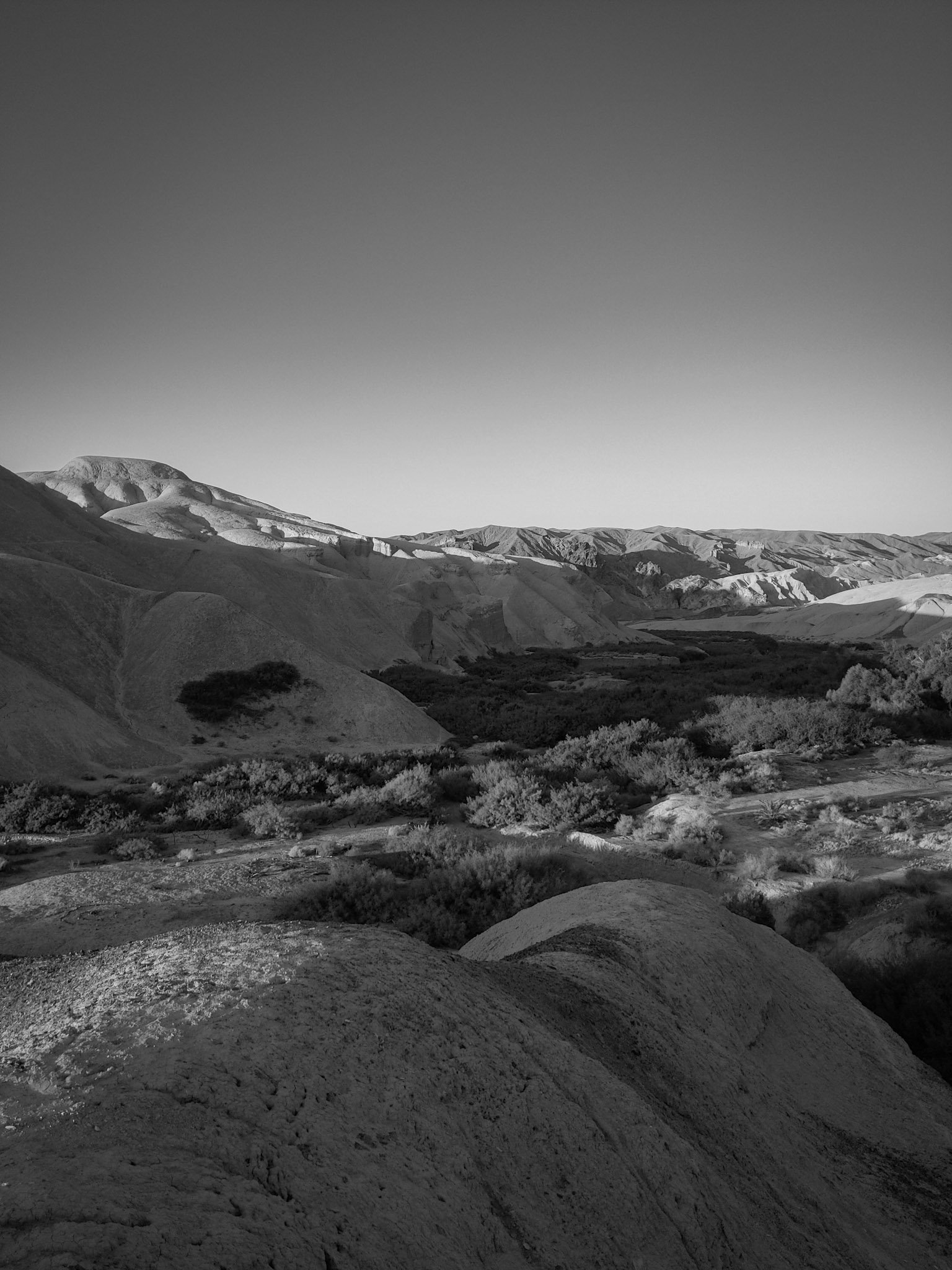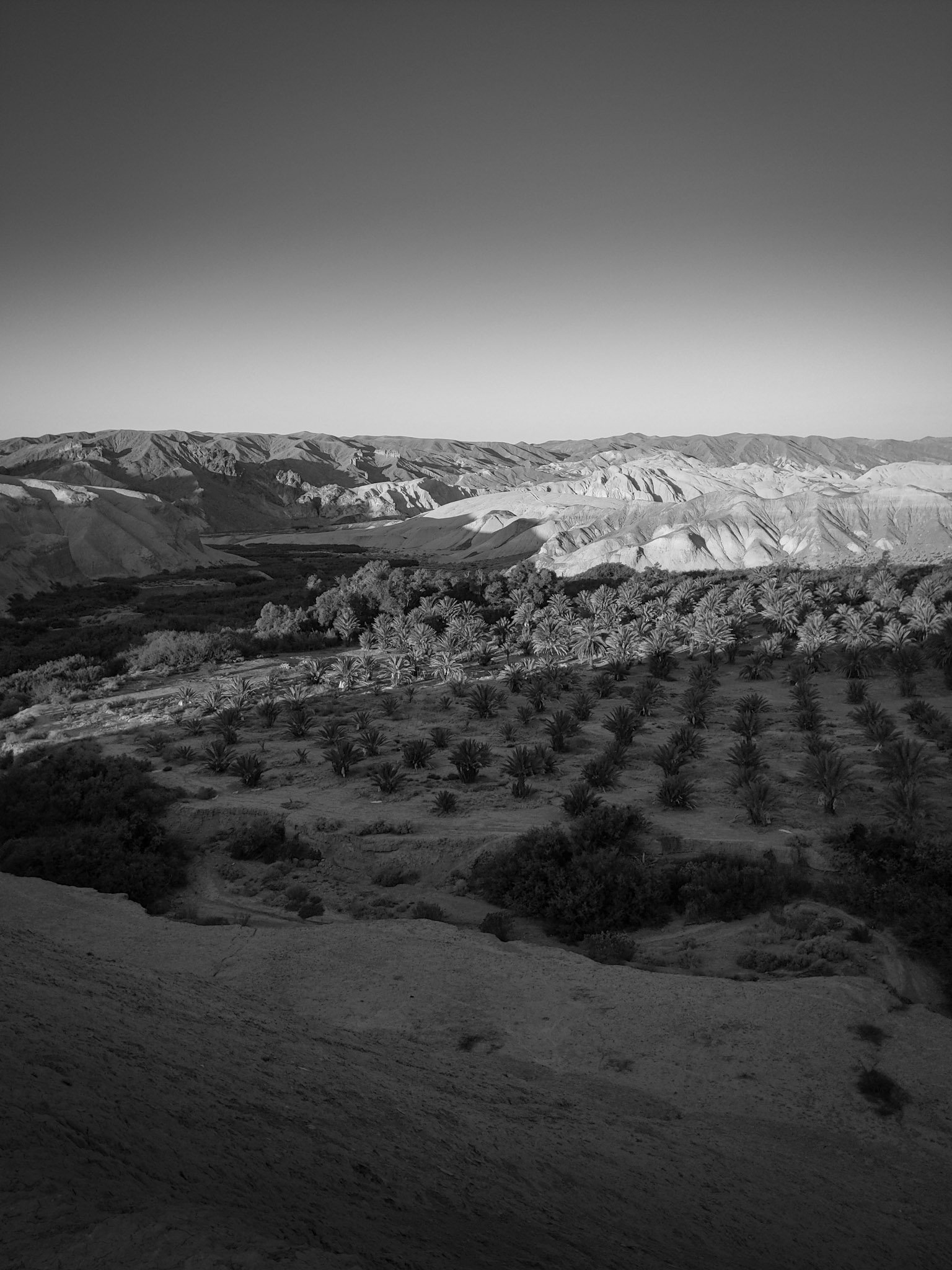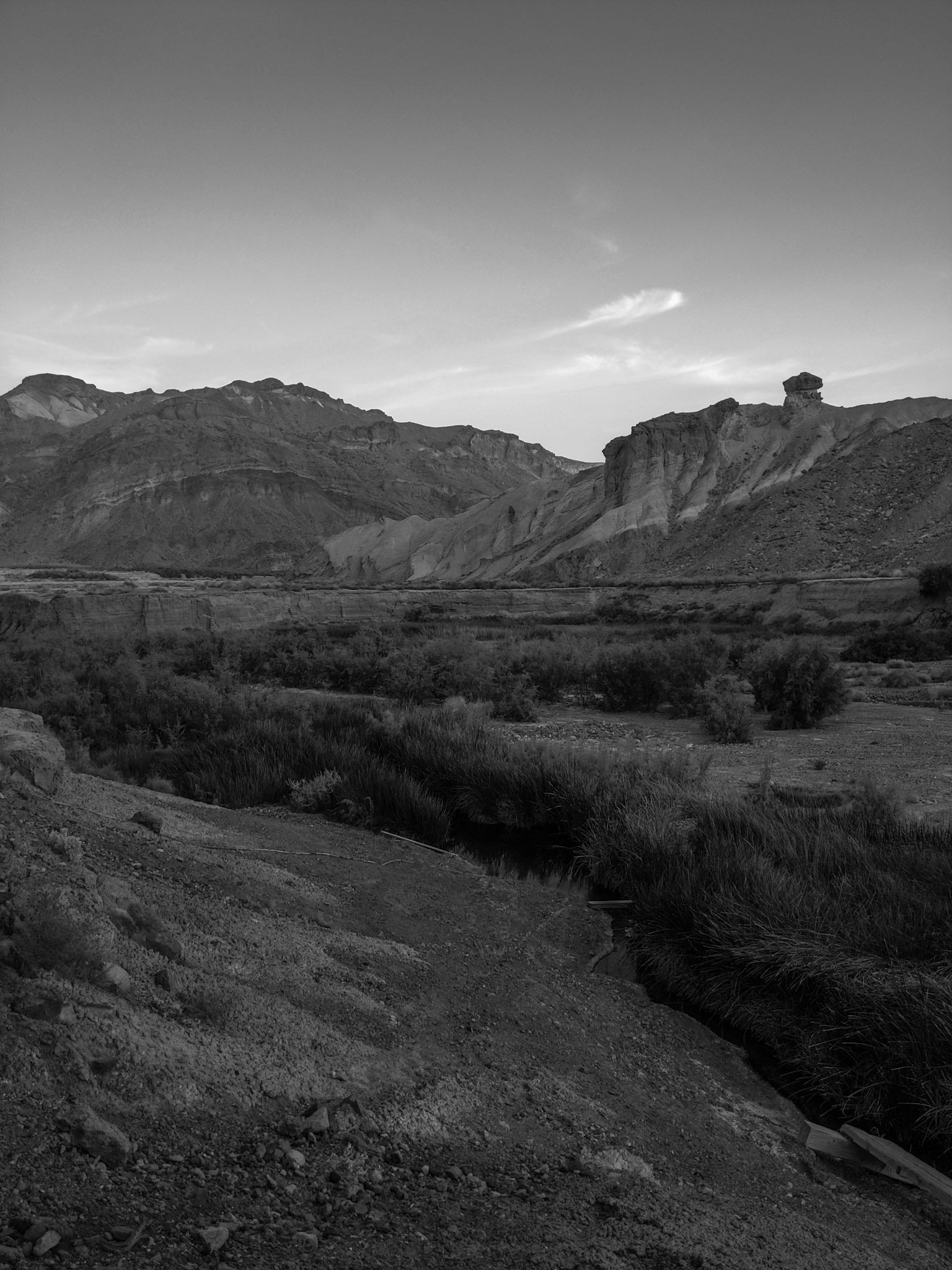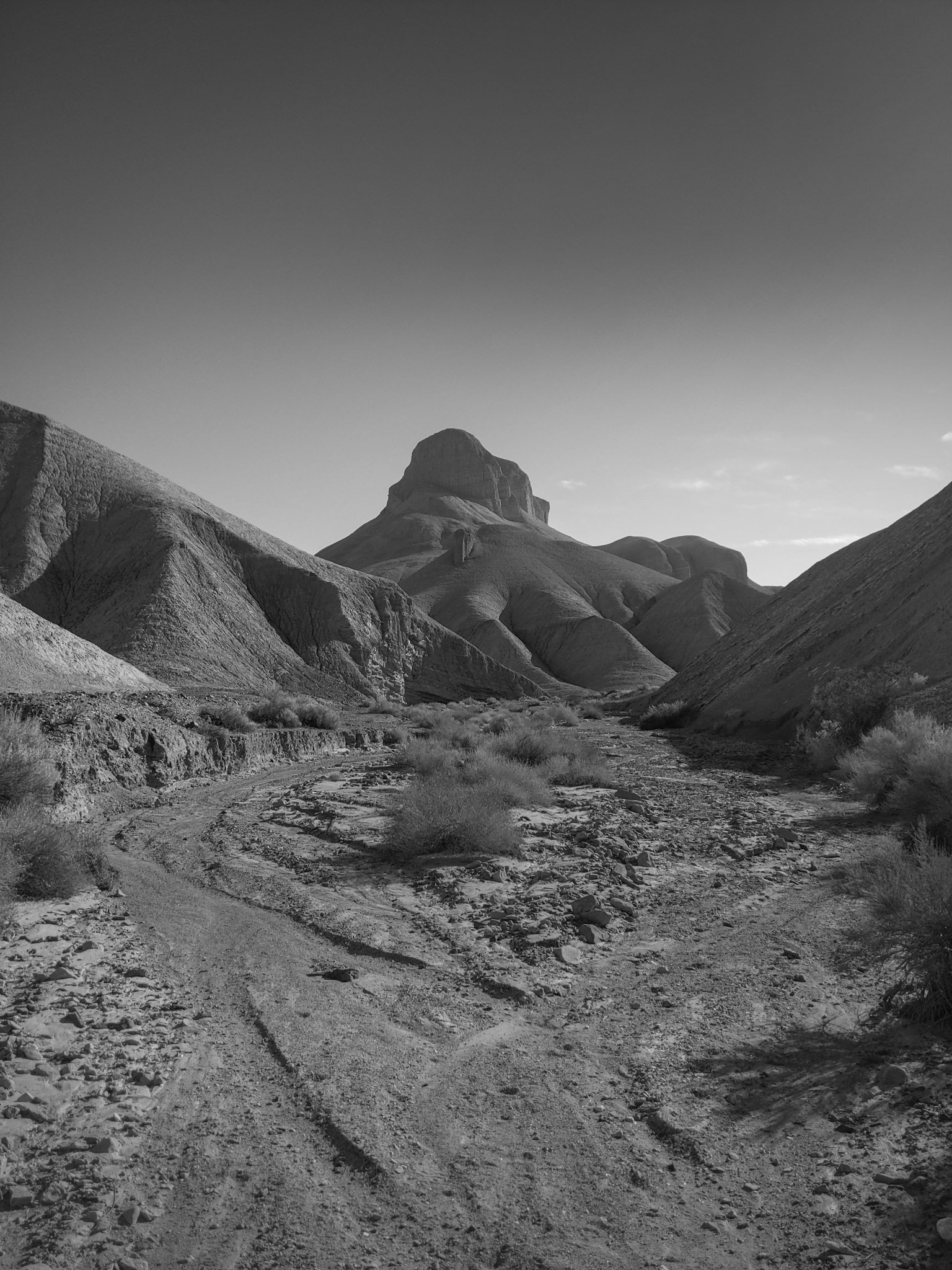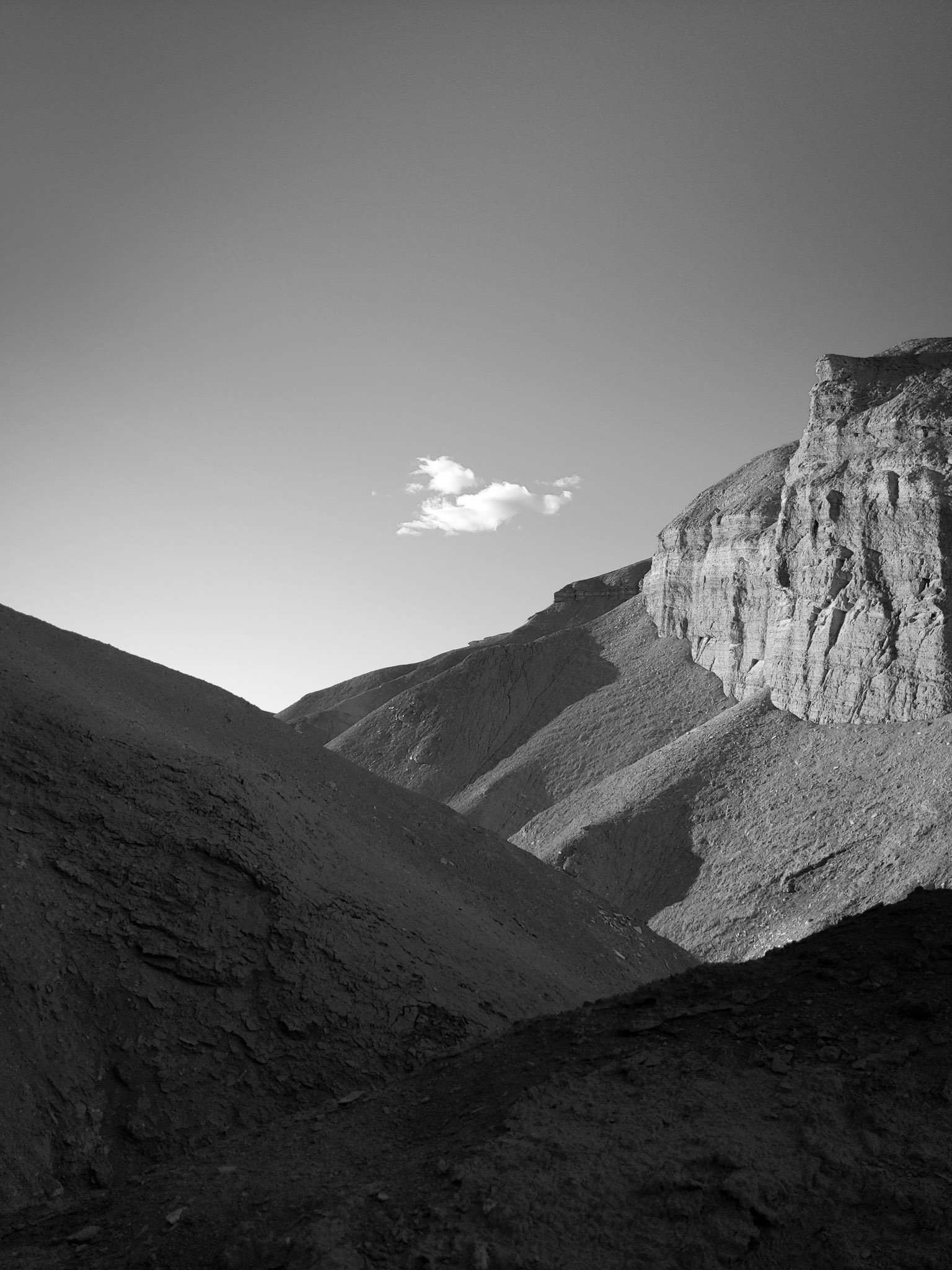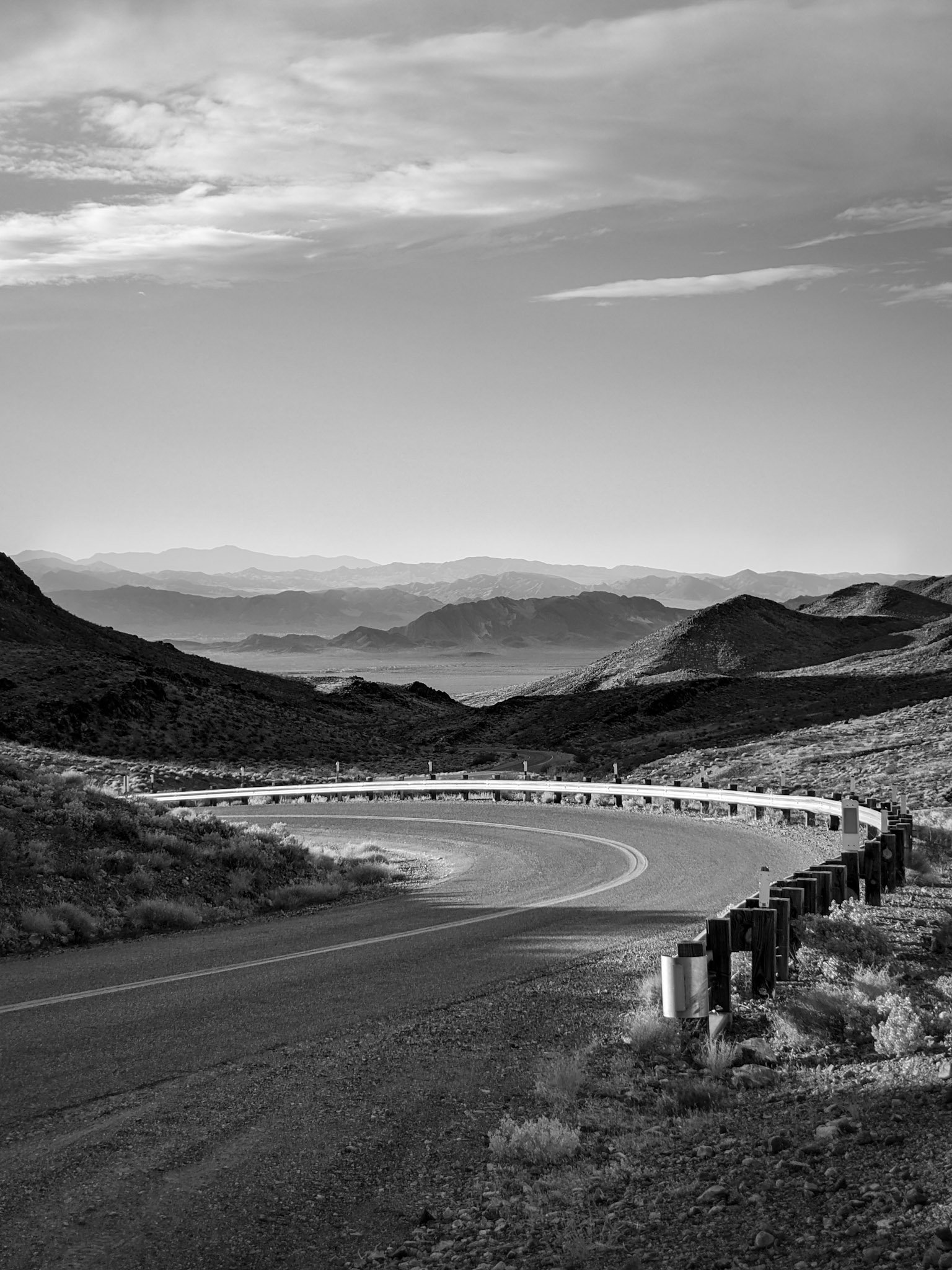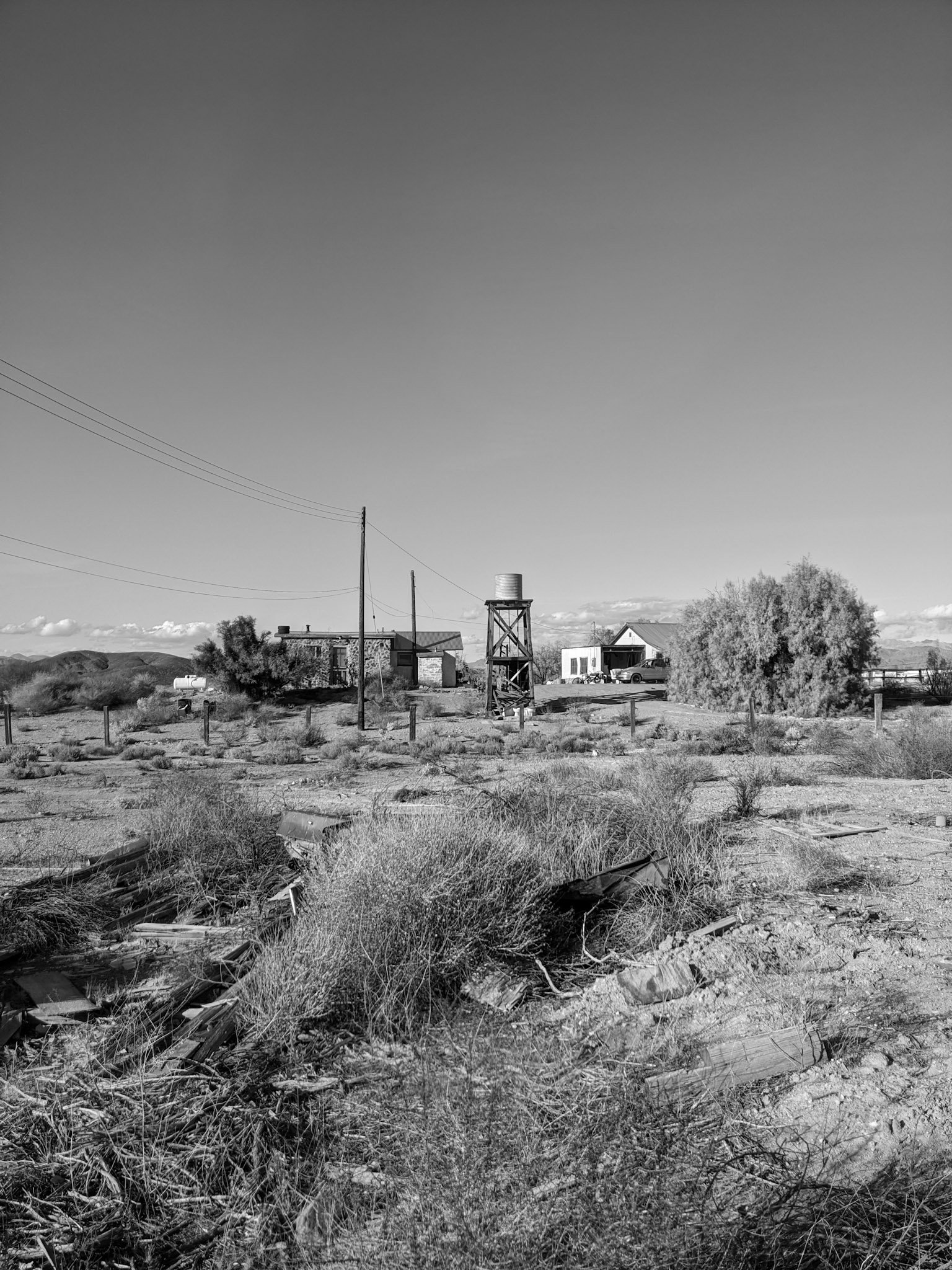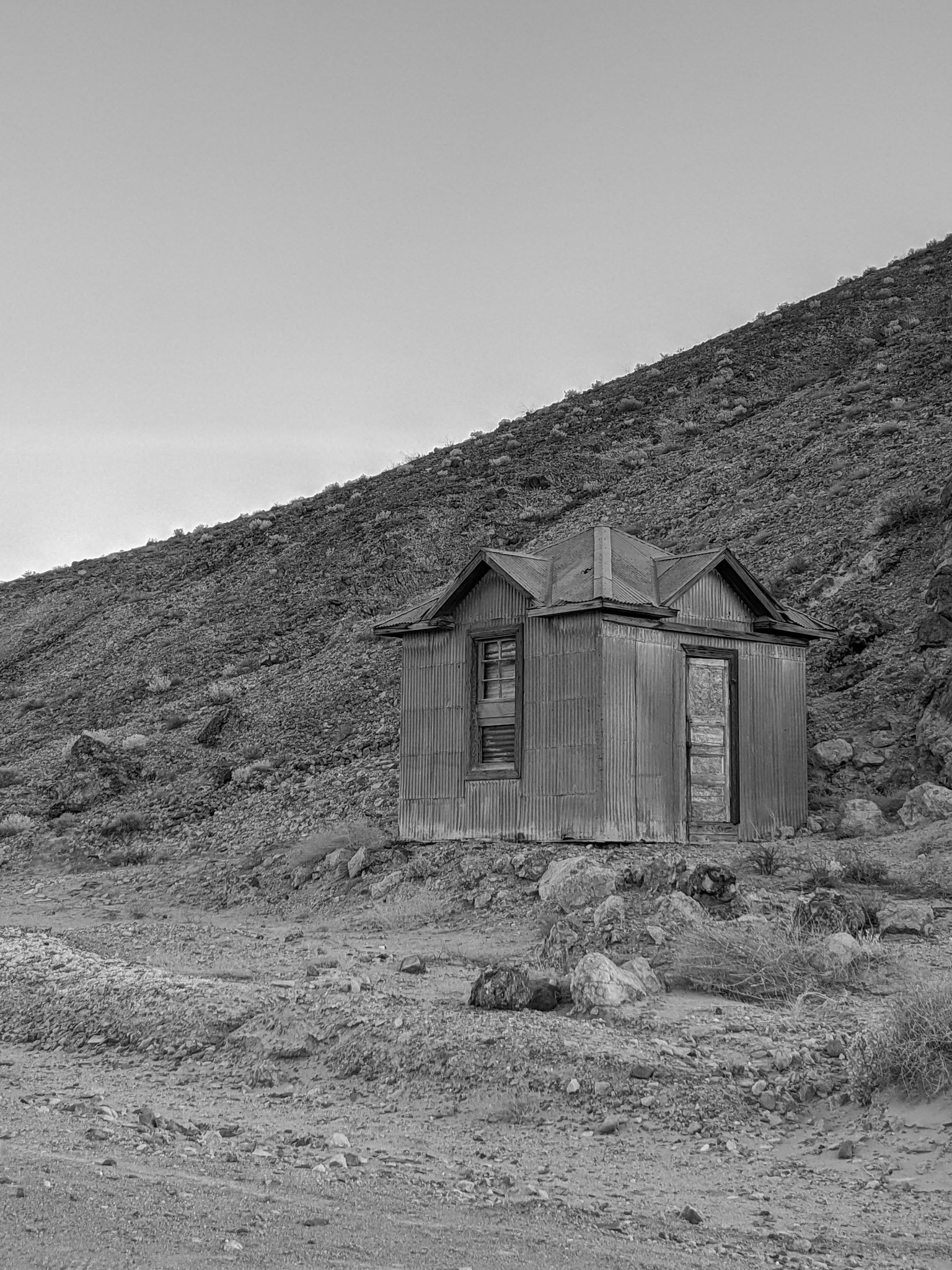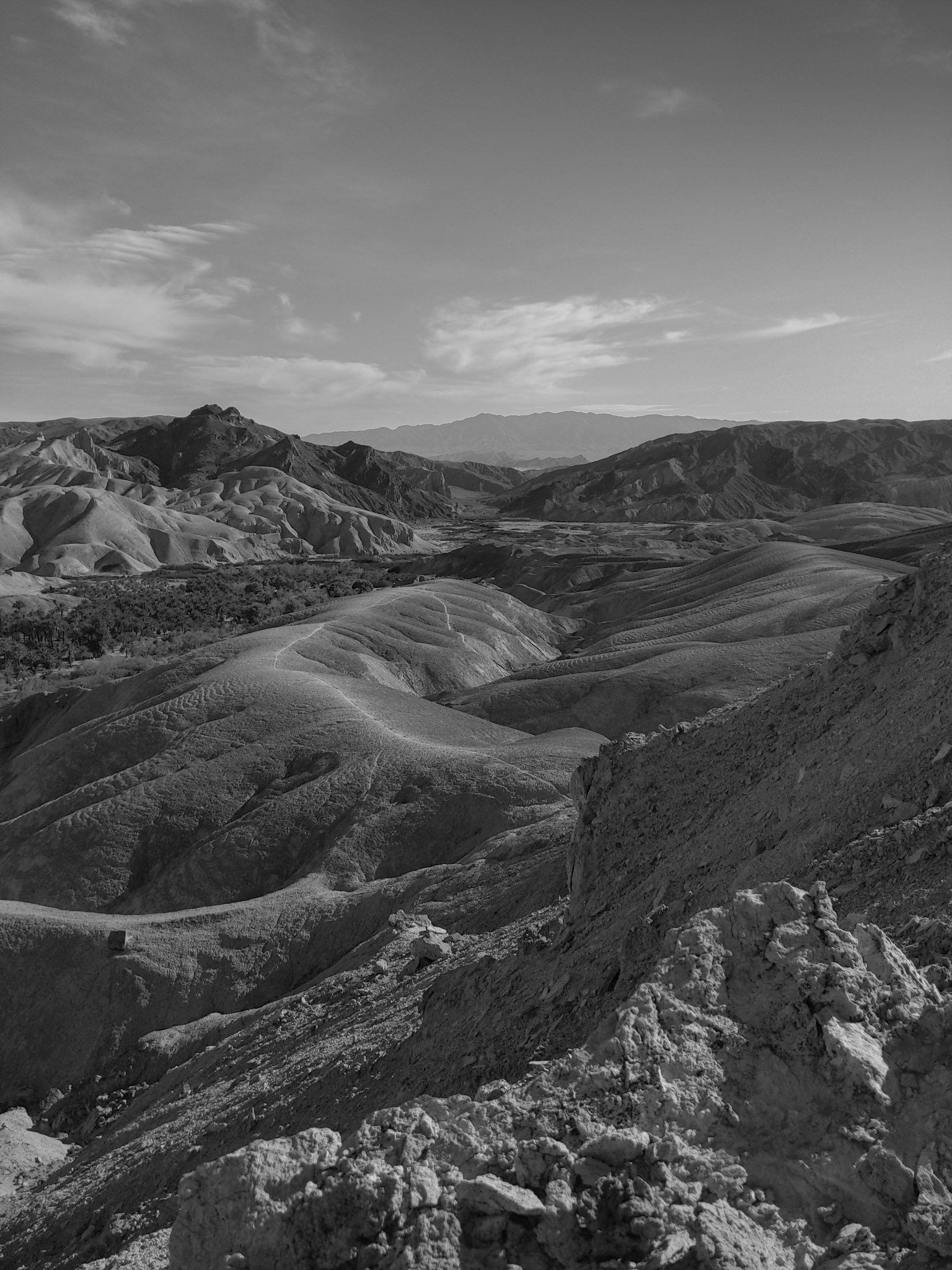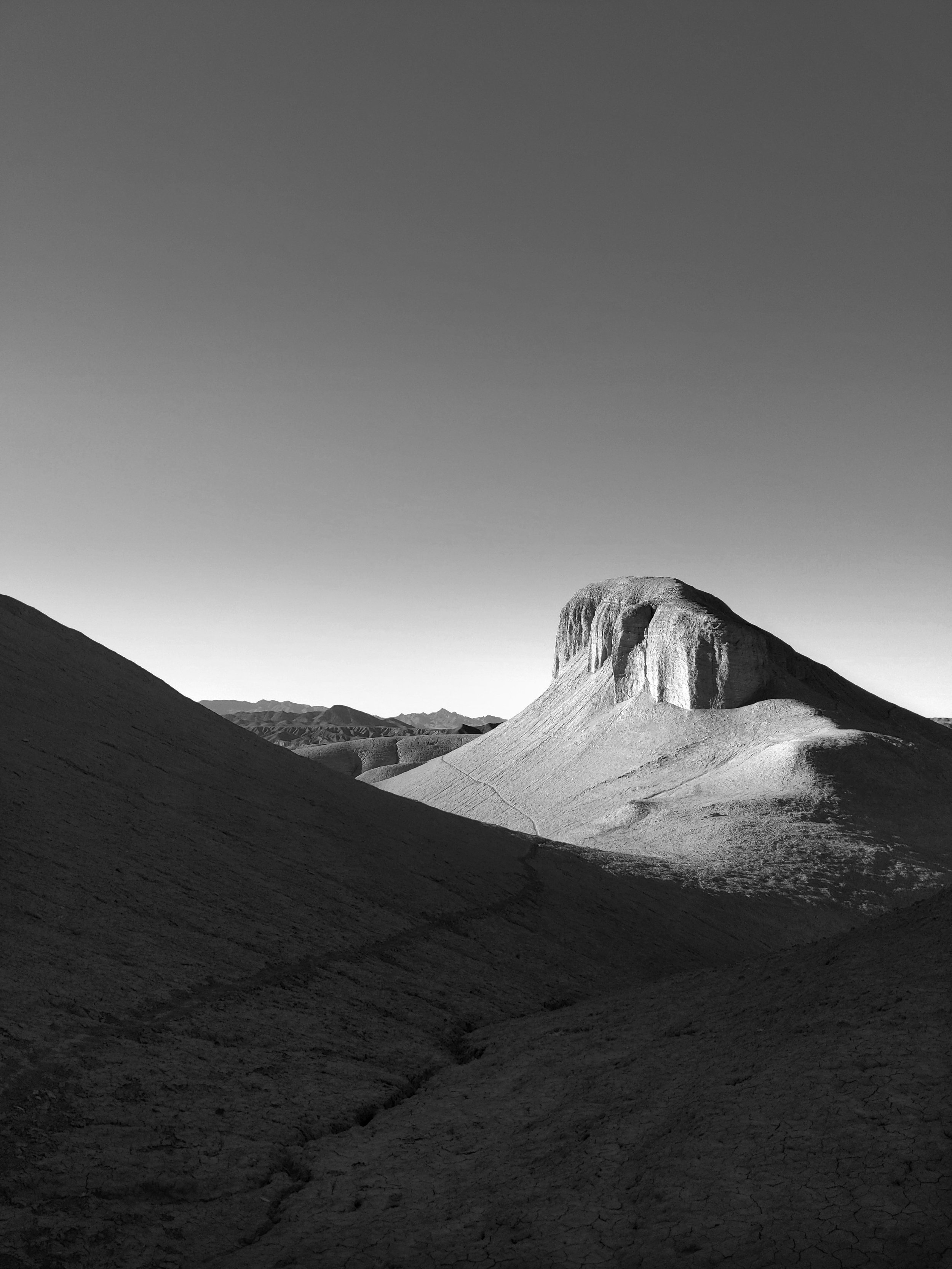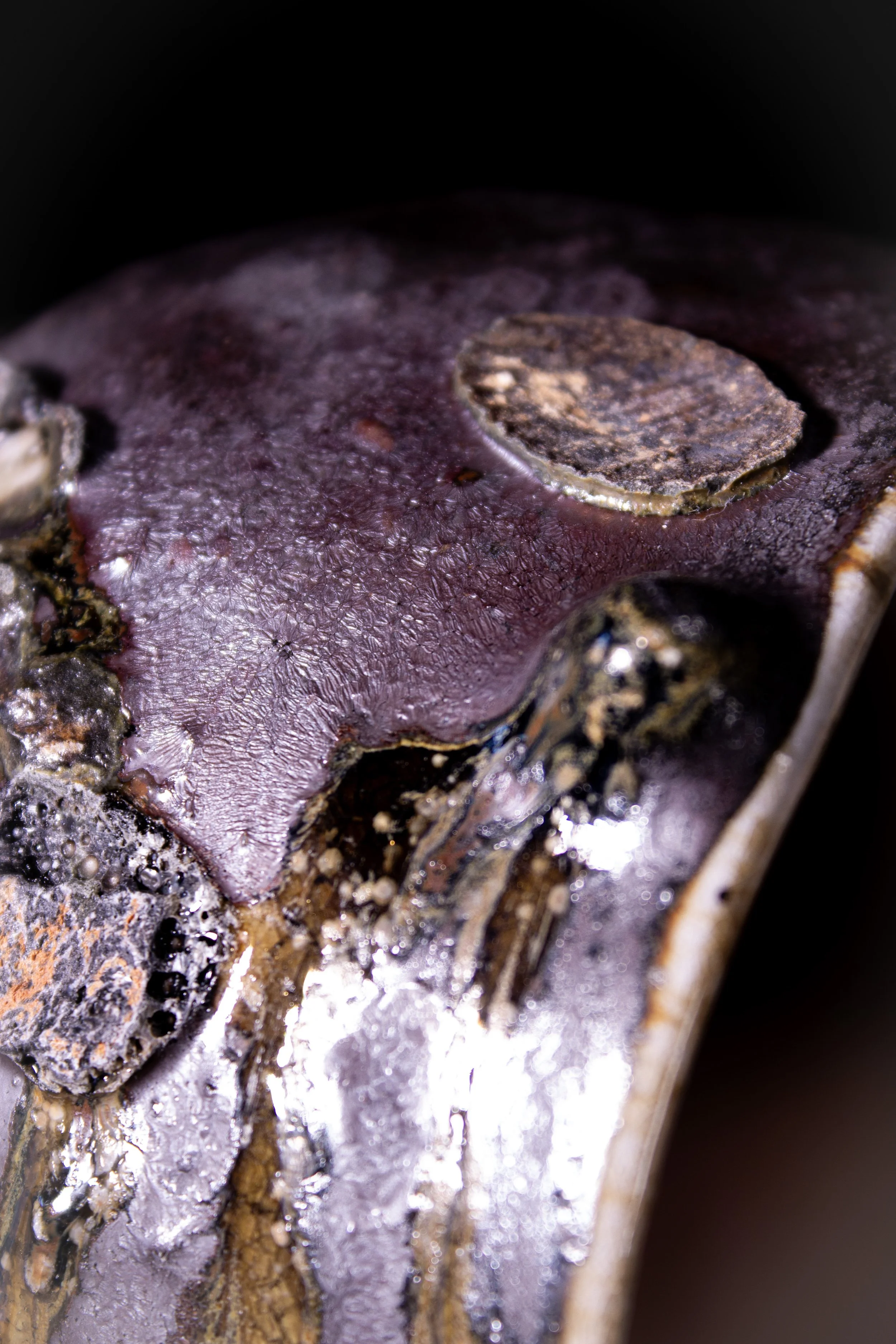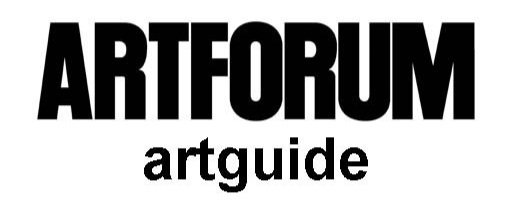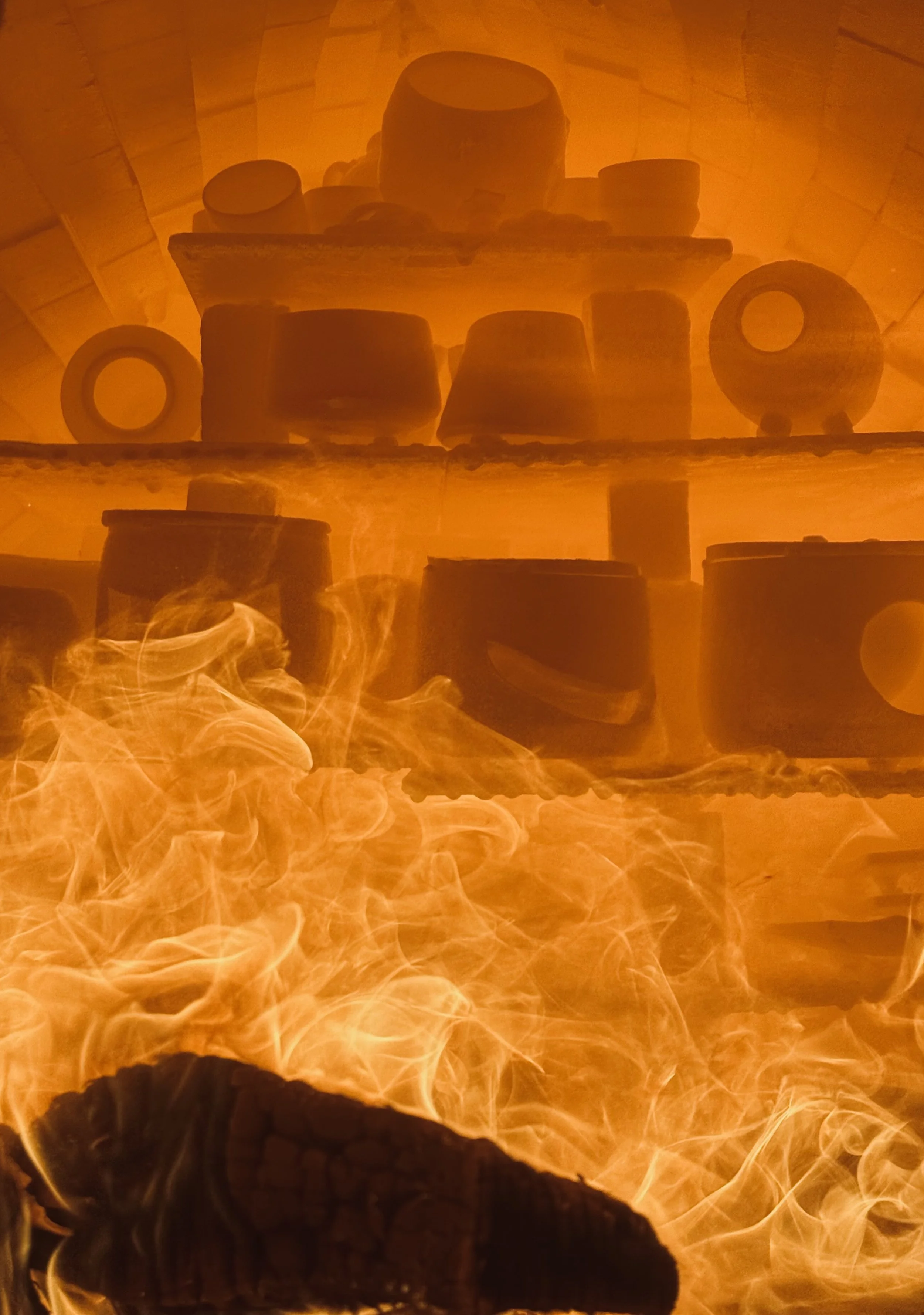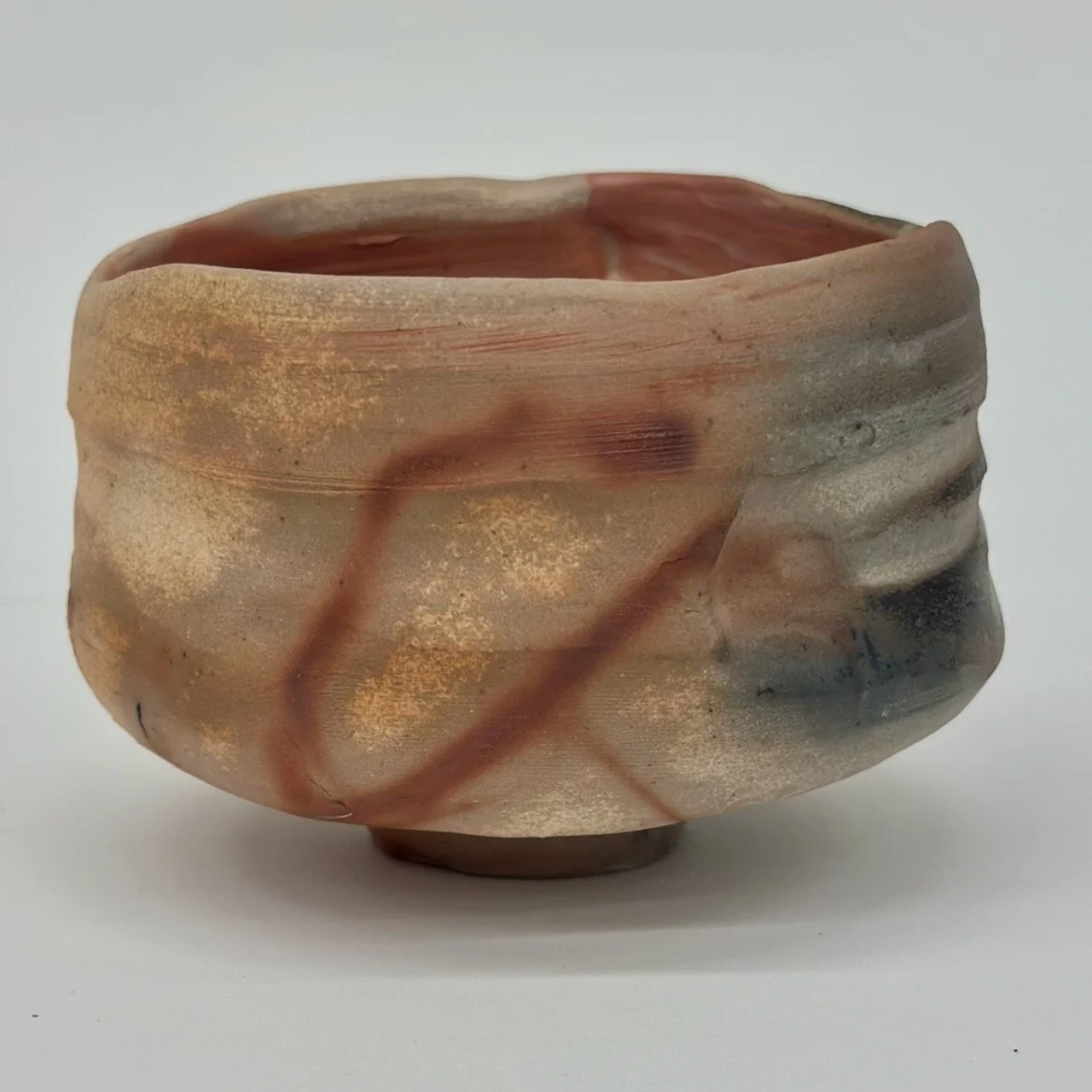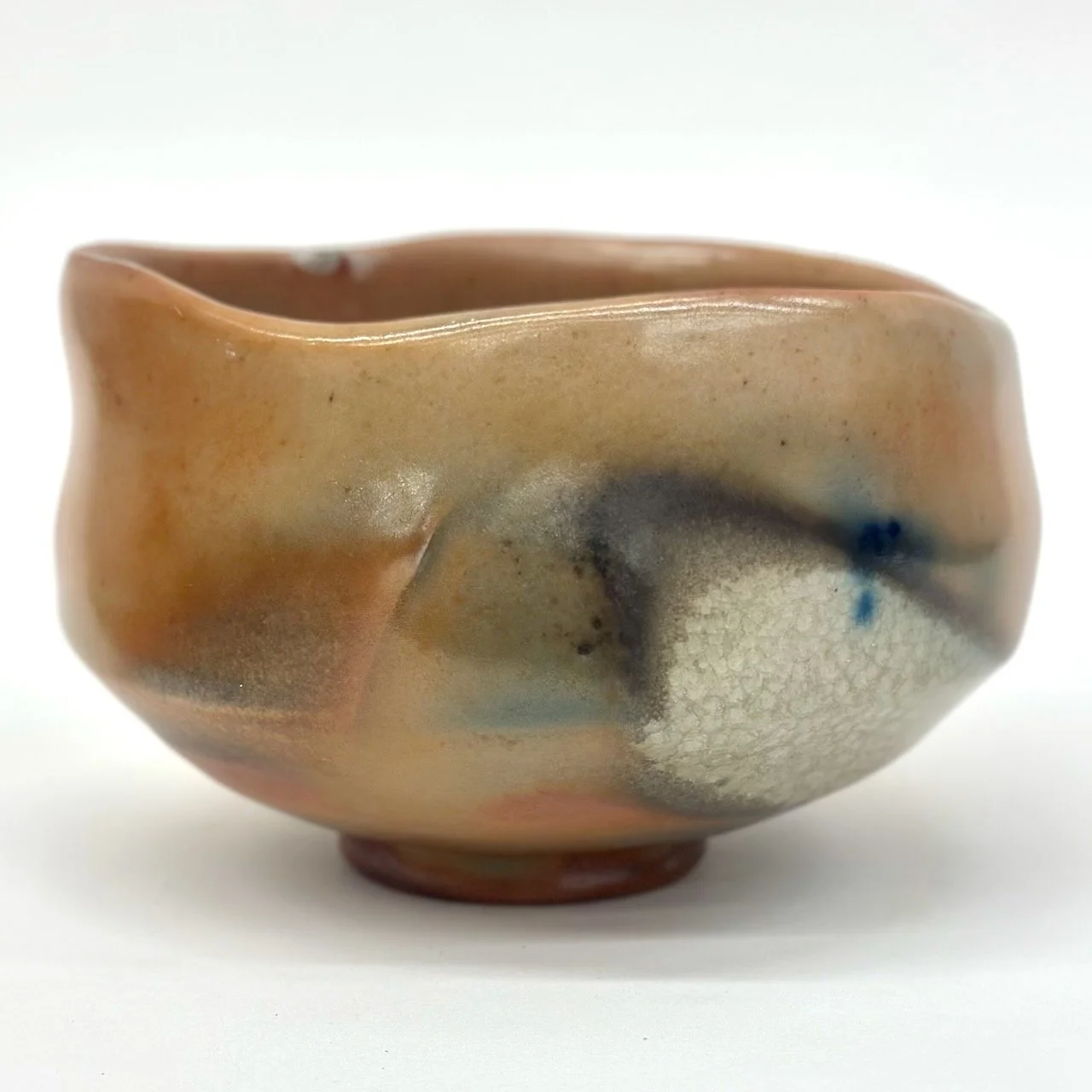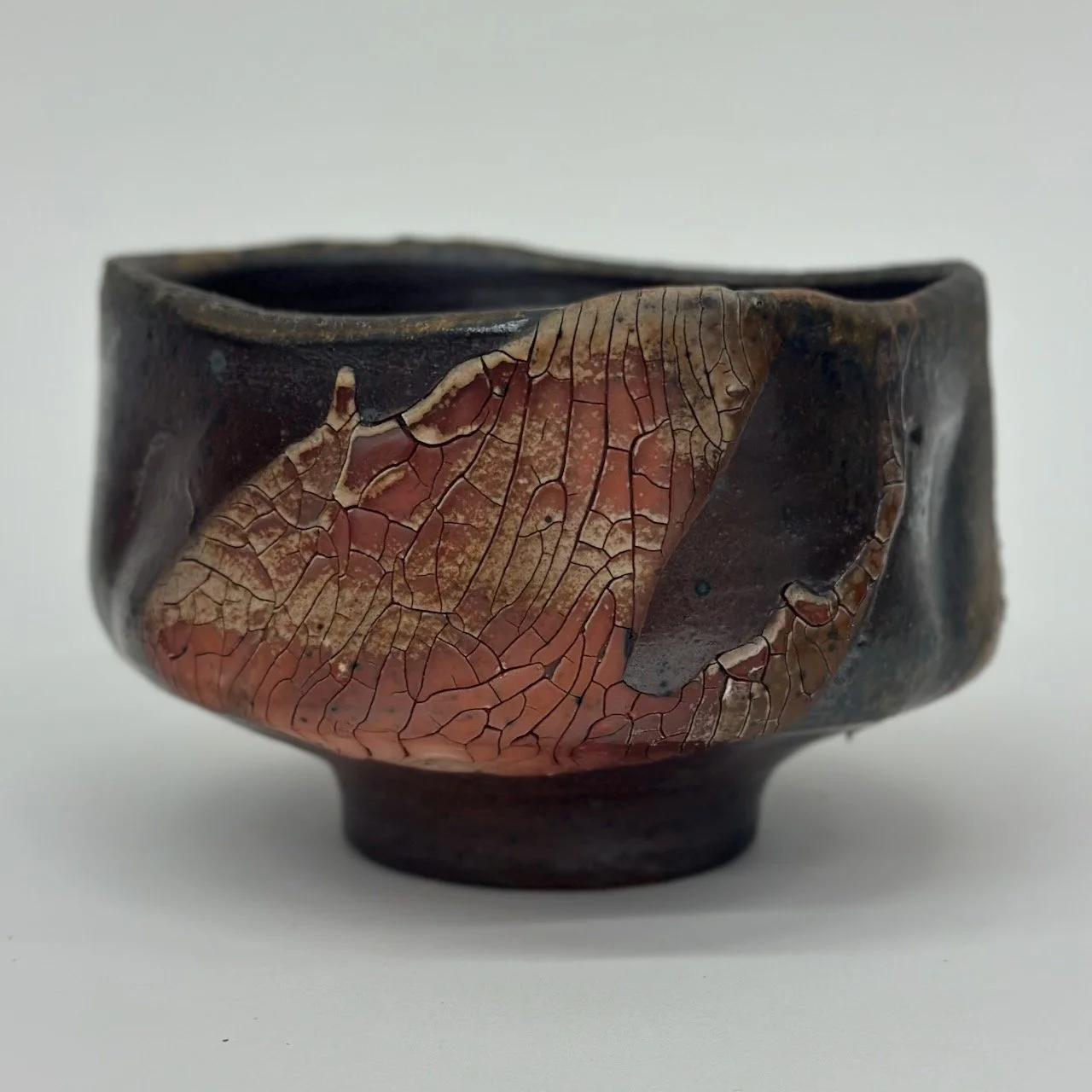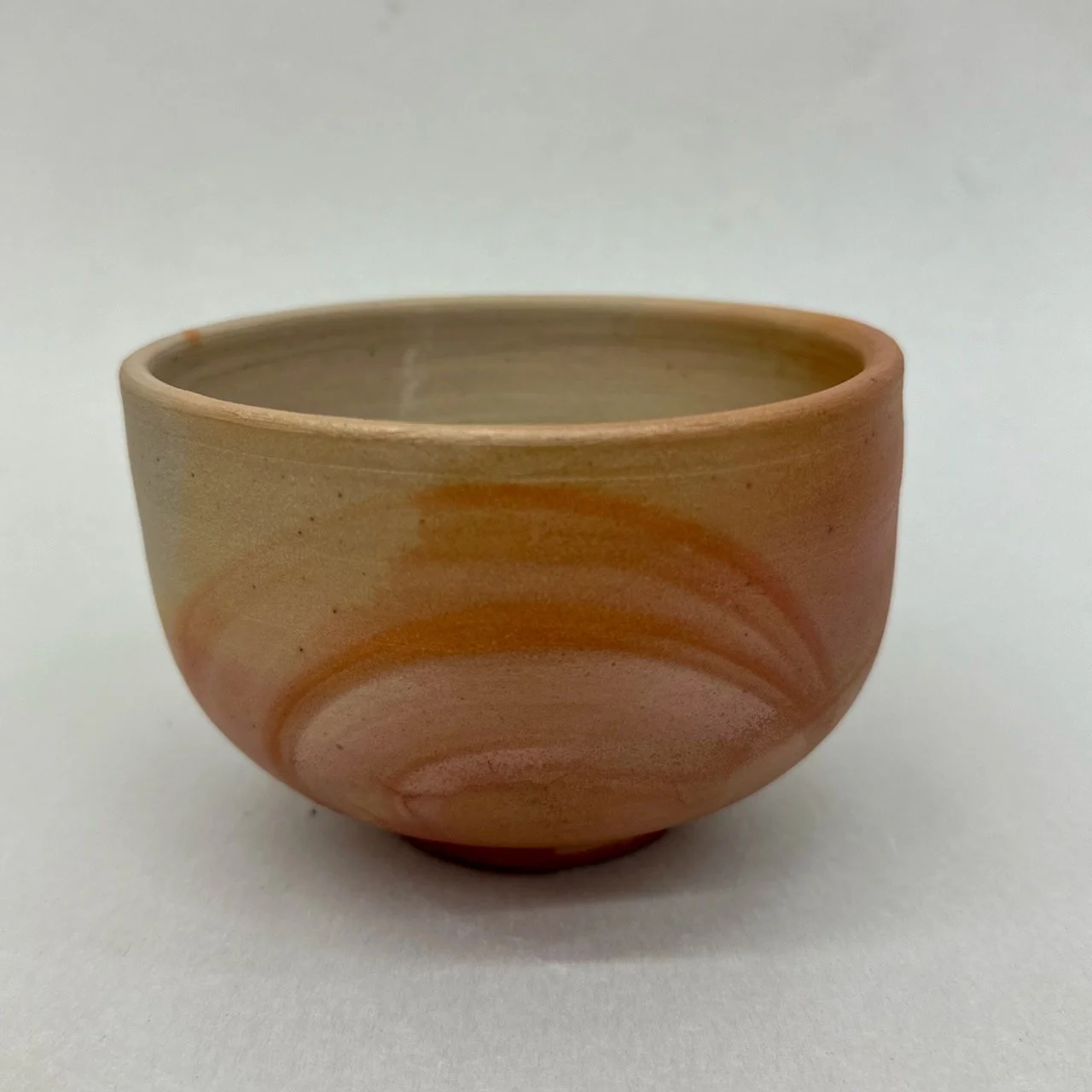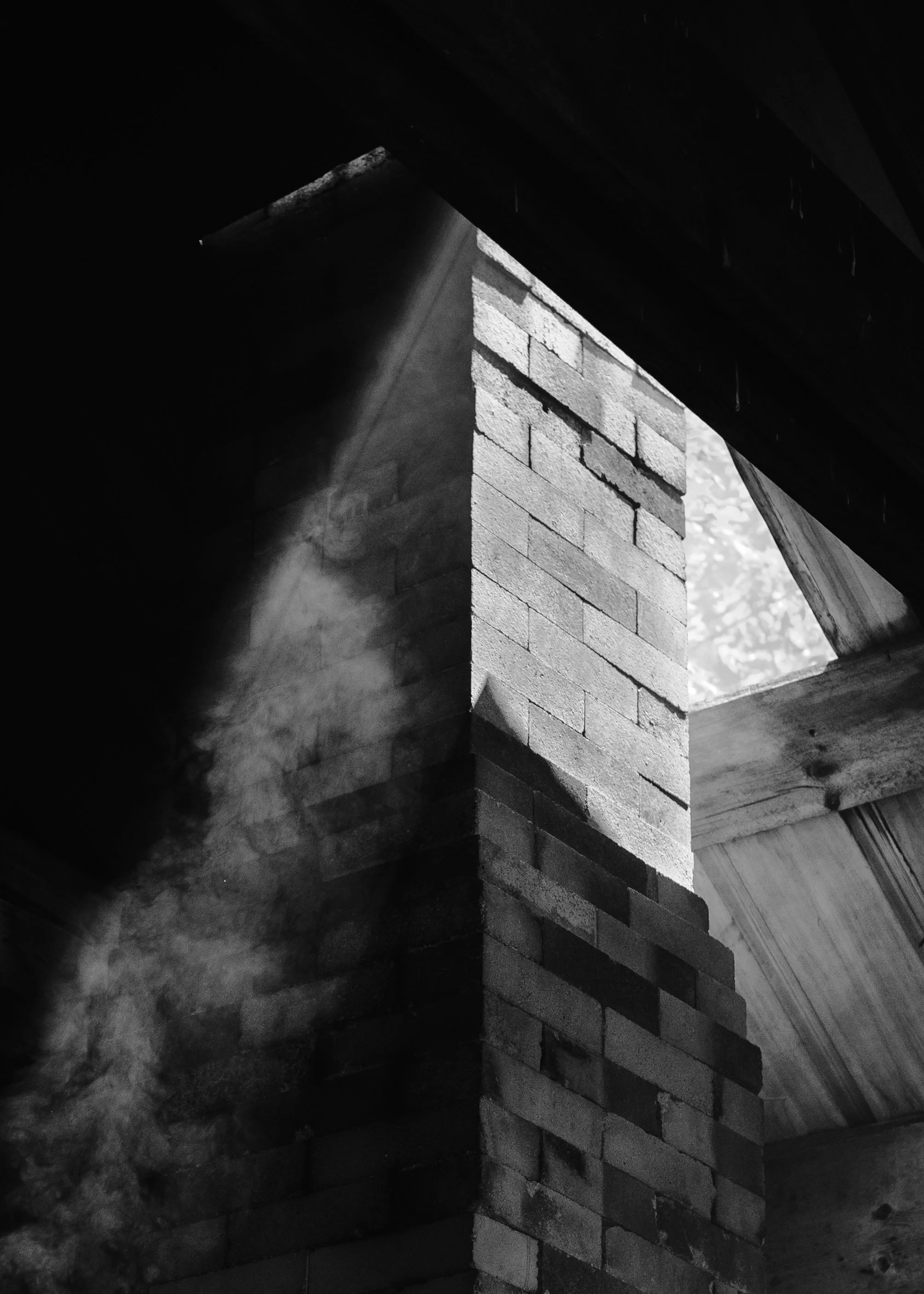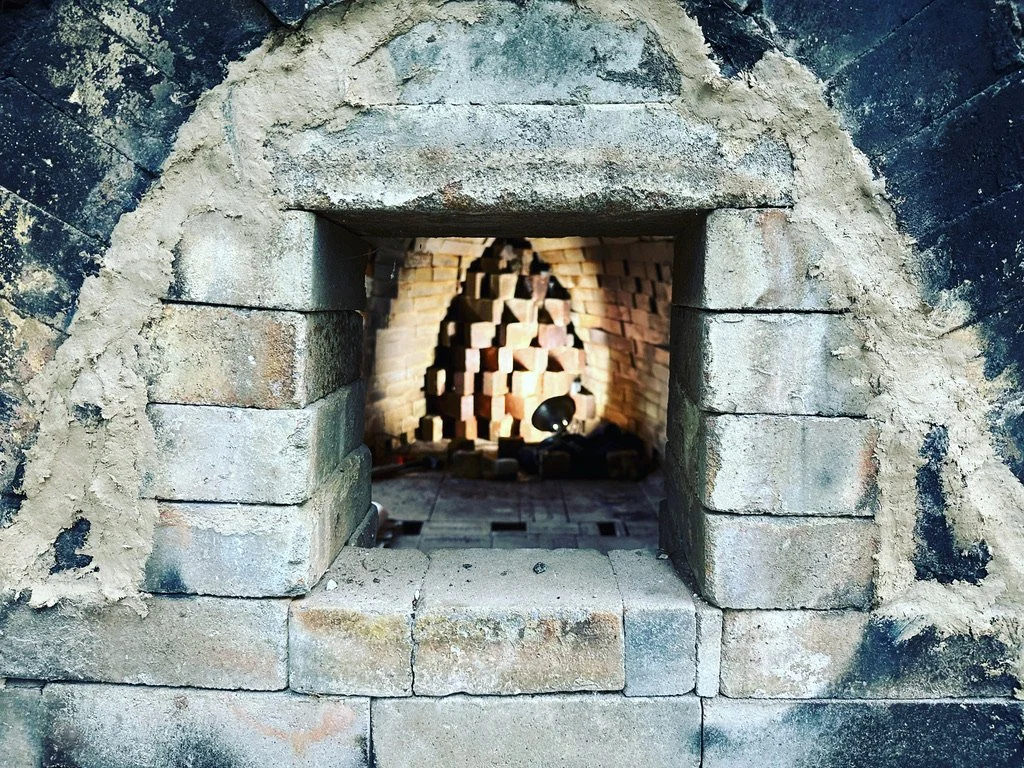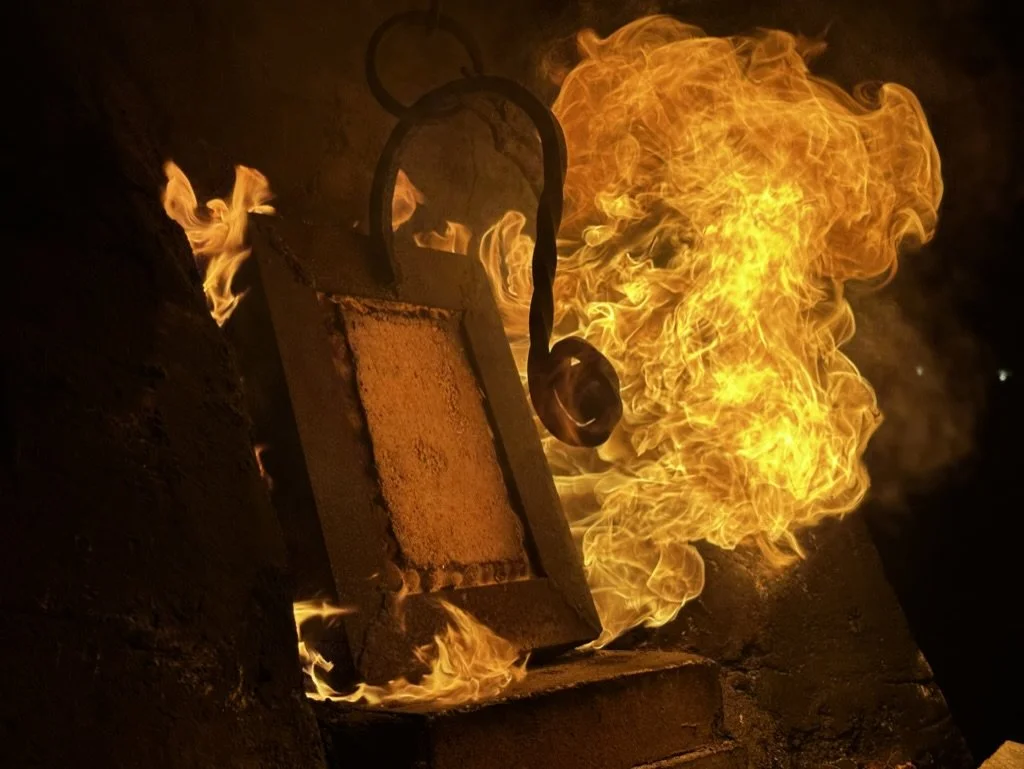Fiat Ignis II:
Eike Maas
Shannon Mililani Brownlee
Eike Maas
Keiko Inouye
Let There Be Fire.
Pottery & Ceramic Art Exhibition
Gallery 60 NYC x New England Wood Firing Conference
Reception: December 14, Saturday 5PM
December 14, 2024 - January 14, 2024
Preview Starts at Noon
208 E 60th St, New York, NY 10022
Ceramic Artists: Keiko Inouye, Eike Maas, Shannon Brownlee, Judy Weddle, Mark Robert Rowntree, Jenna Pyzowski, Trevor Youngberg, Frank Olt, Minkyung Choi, Mandy Henson Wasserman, Dan Christoffel, Kiichi Takeuchi
Fiat Ignis: Hosted by Gallery 60 NYC in collaboration with the New England Wood Firing Conference. Highlighting the transformative power of flame, this is the second group show of wood-fired ceramic artworks at Gallery 60 NYC. A body of work made by ceramicists who believe that flame is more than a heat source; flame plays a leading role in the aesthetic narrative. We invite you to experience the captivating Anagama-energy.
Exhibition Event Coordinator / Photographer: Bing (Maggie) Lu
View inside Anagama (Wood Kiln)
“I see wood firing as a multi-layered creative process; one that commands cooperation and problem solving above all else…. unifying both the educational and creative drive within.
As the founder of the New England Wood Firing Conference, my interest lies in welcoming those of us, both experienced potters and newcomers, to our practice.
It has been a pleasure working with Kiichi in bringing this show into being. A heartfelt thank you to those of you who have chosen to participate in and support our special process.”
- From the exhibition catalogue introduction, Trevor Youngberg (November 2024)
Artists
-

Keiko Inouye
Keiko Inouye studied pottery at Wesleyan University and went on to become First Apprentice to renowned ceramicist Kaitaro Kojima in Soja, Japan. After the culmination of her 4 year apprenticeship she returned to NJ, where she focuses on wood fired ceramics, and working with fine dining chefs to design tableware that compliments and aligns with their vision. Chefs that have featured her ceramics include Melissa King, Robbie Felice, Hari Nayak, Sol Han and Craig Polignano. She is passionate about educating the next generation of ceramicists and teaches at The Center for Contemporary Art in Bedminster, NJ.
-
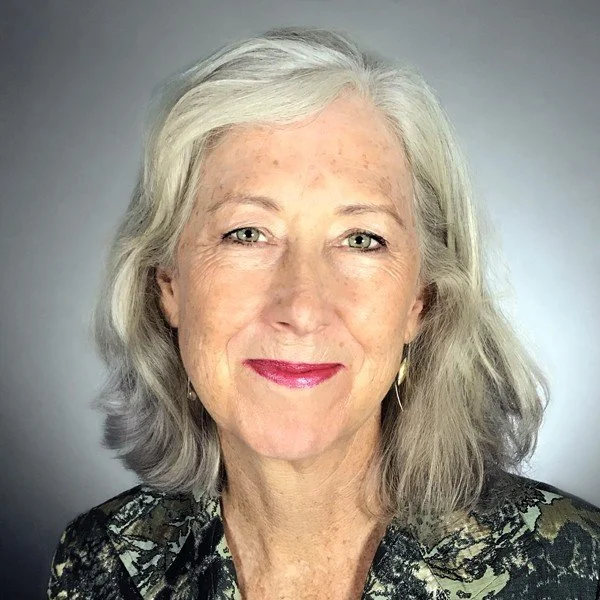
Shannon Mililani Brownlee
Shannon Mililani Brownlee had a career as an internationally recognized journalist before building a studio in Washington, D.C., to focus on ceramics. Born and raised in Honolulu, Hawai’i, she was immersed in the arts of Oceania and Asia and a multi-racial culture that celebrates the natural world. Her pottery reflects her years in the islands, echoing elemental forces like wind and waves, and referencing the forms of living creatures. Her practice is deeply influenced by the demands of wood firing, which reinforces the connection between a pot and its natural origins, and she is currently constructing a traditional anagama kiln. She is represented by the Cummings Gallery and the School House Gallery in Star, N.C., and her work has been included in numerous juried exhibitions.
-

Eike Maas
Eike Maas, born in rural Pennsylvania, is a ceramic artist, furniture maker, and architectural designer. His works are deeply connected to specific places through their materiality. Eike earned a B.Arch from Thomas Jefferson University in Philadelphia in 2014 and pursued a career in architecture and furniture fabrication in Atlanta, New York City, and Los Angeles, collaborating internationally. While living in Death Valley, California from 2020-2021, he became fascinated with the area's geology, leading him to explore wild clay and minerals. Eike’s collaborative wood works have been exhibited at the International Contemporary Furniture Fair and the Arch Digest Show in NYC, and in Grenoble, France.
-
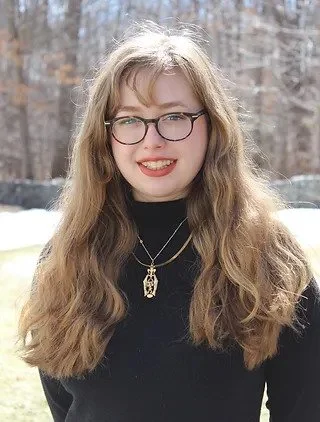
Jenna Pyzowski
Jenna Pyzowski is a New York-based ceramic artist whose work explores the intersection of the human body and material memory. Through her figurative sculptures, she uses clay to reflect the fragility and permanence of life, often incorporating antique aesthetics and personal references to examine how objects preserve memory. Jenna holds a BFA in Ceramics from the Maryland Institute College of Art (MICA) and has studied abroad in Italy and Ireland. Her work has been exhibited in solo and group shows both nationally and internationally, and she remains actively involved in the ceramic community through teaching and woodfiring workshops.
-

Judy Weddle
Judy Weddle is a ceramic artist based in New York City, where she studies at Greenwich House Pottery and maintains a private studio in Long Island City. Raised in Western Colorado, Judy was inspired by the dramatic landscapes of the Rocky Mountains and high desert. Though her early experiences with soil came from working with her horticulturist father, her creative journey in clay emerged later, after a successful career in investment banking.
Judy focuses on functional pottery for tea, drawing inspiration from the wabi-sabi aesthetic of Japanese tea ceremony (chanoyu), which she studies under Souheki Mori of the Dai Nihon Chado Gakki. Her recent series, StrataVarious, explores geological textures and layers, reflecting her Colorado roots through sculptural and tea vessel forms.
-

Mark Robert Rowntree
Mark Robert Rowntree is the founder of the Philmont Clay Collective, a vibrant community of potters based in the heart of Philmont, NY. With a passion for making ceramics accessible to all, Mark established the collective to provide a welcoming space where everyone can explore the art of pottery. Under his leadership, the Philmont Clay Collective operates a ceramics studio and kiln grove, offering classes and workshops with a unique "pay what you can" model. This approach ensures that financial barriers do not prevent anyone from experiencing the joy of working with clay. Mark's dedication to fostering creativity and community spirit has made the collective a cornerstone of the local arts scene.
-

Trevor Youngberg
Trevor is a high school ceramics teacher and practicing wood-fire potter. While creative development and discovery are critical factors, fostering the development of a thriving wood-fire community in Woodbridge, Connecticut is the path he has chosen in seeking personal fulfillment. As ideas are exchanged and experiences are shared…bonds are formed and we grow together. What’s better than that?
-
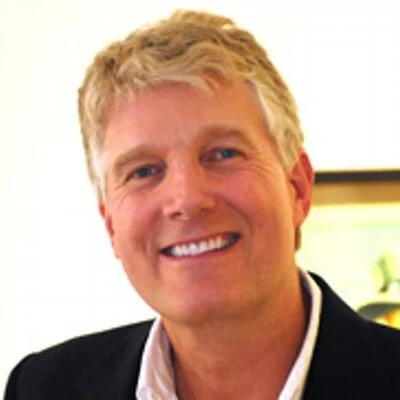
Frank Olt
Frank Olt is an artist and professor at Long Island University whose studio practice focuses on ceramics and painting. He is a former artist-in- residence at MoMA P.S.1. He studied with Bauhaus artist Rose Krebs. Olt exhibited and has collectors nationally and internationally. His commissions include all ceramic art at the 23rd & Ely subway station through the NYC Arts for Transit program and Bellevue Hospital. His work was exhibited recently in a one-person show in the Contemporary Gallery at Nassau County Museum of Art.
-

Minkyung Choi
Min Choi, born in Seoul, Korea, is a Brooklyn-based Ceramic artist. She received her MFA in Ceramics from Kent State University and her BFA in Ceramics from the State University of New York at New Paltz, and a BA in Industrial design in Korea. She has taught as well as many studios around the USA and South Korea. She taught as an adjunct professor at the University of Akron and currently teaching at Hofstra University, 92NY, The Clay Space, and The Brick House.
-
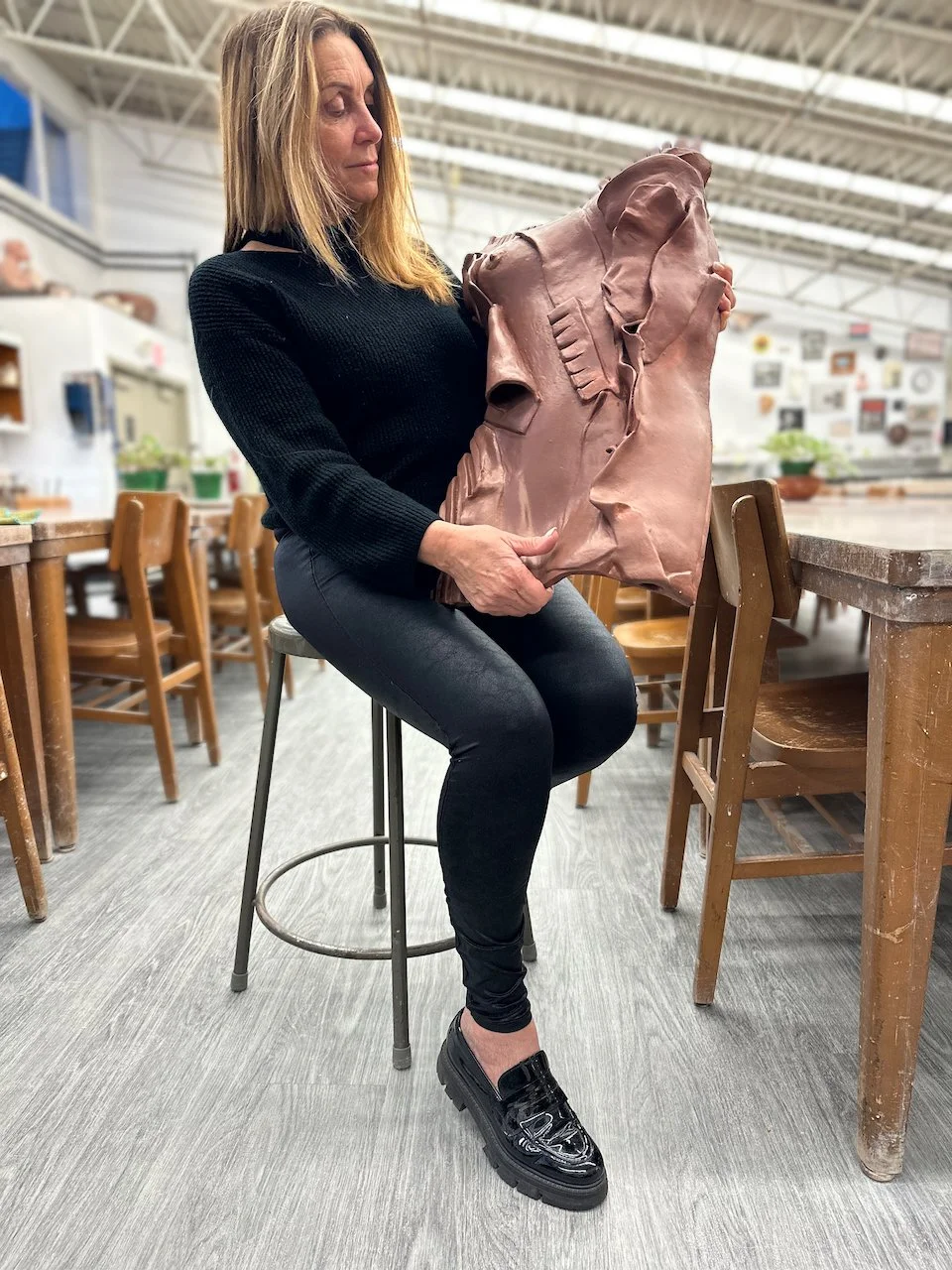
Mandy Henson Wasserman
Mandy Henson, originally from England, developed a deep passion for art and design during her formative years. She pursued her artistic journey at esteemed institutions, earning a BFA in Fine Arts Education from Parsons School of Design and the School of Visual Arts. Furthering her dedication to the arts, she continued her education at Long Island University, where she obtained her Masters in Fine Arts. Mandy's artistic perspective has been enriched by her diverse experiences. Born in England, she later spent a decade living in Australia, where she was surrounded by renowned artists who influenced her creative development.
-

Dan Christoffel
Dan Christoffel is an internationally exhibited American artist and board member of the Art League of Long Island, as well as a guest lecturer at the Metropolitan Museum of Art. Former positions of his include president of the Long Island Art Teachers Association as well as curator for the partnership for Cultural Development at the Chelsea Center in Muttontown. Christoffel earned the Long Island Supervisors “Lifetime Achievement Award” from Adelphi University, and was named Teacher of the Year by a number of organizations including the Long Island Art Teachers Association, the Parent Teacher Student Association, the Kiwanis Club, and the Bellmore-Merrick school district.
-

Kiichi Takeuchi
Kiichi Takeuchi was born in Tokyo, Japan, and moved to New York in 1998. He holds both a BS and MS in Computer Science from Long Island University. For over 19 years, he has worked as a Senior Software Developer and an Adjunct Professor at Long Island University. After developing apps and software for 24 years, Kiichi decided to become a BFA student in order to pursue studying ceramic art in 2022. He is also in charge of maintaining and leading the study group of a 3-D printer at the Craft Center. Kiichi actively participates in Wood Firing and Kiln building at Trevor Youngberg's Anagama in Connecticut. His wood-fired whiskey cups are exhibited at the Del Ray Artisans National Ceramic Show in VA, and he presented at NCECA 2023 and 2024.

Frank Olt
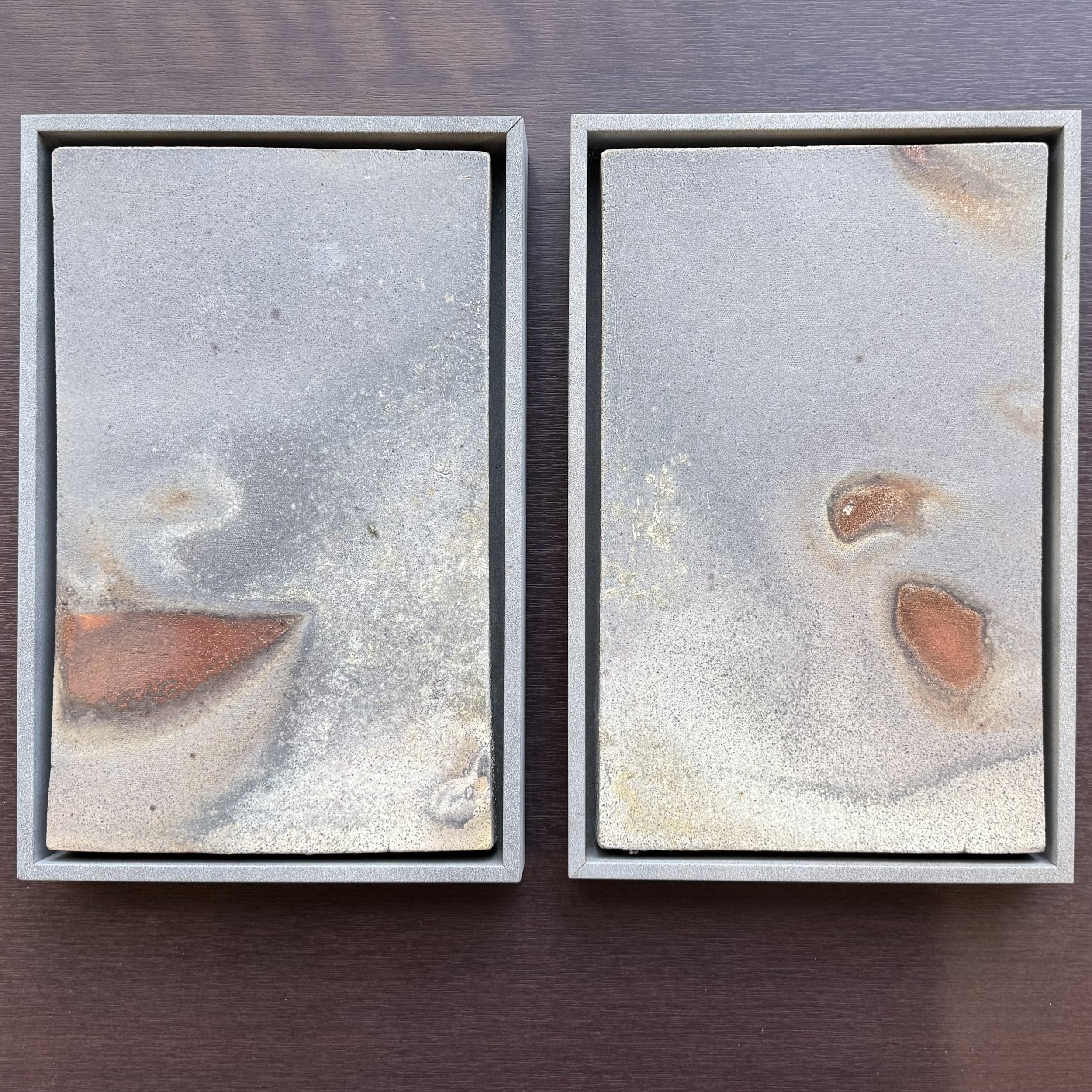
Frank Olt
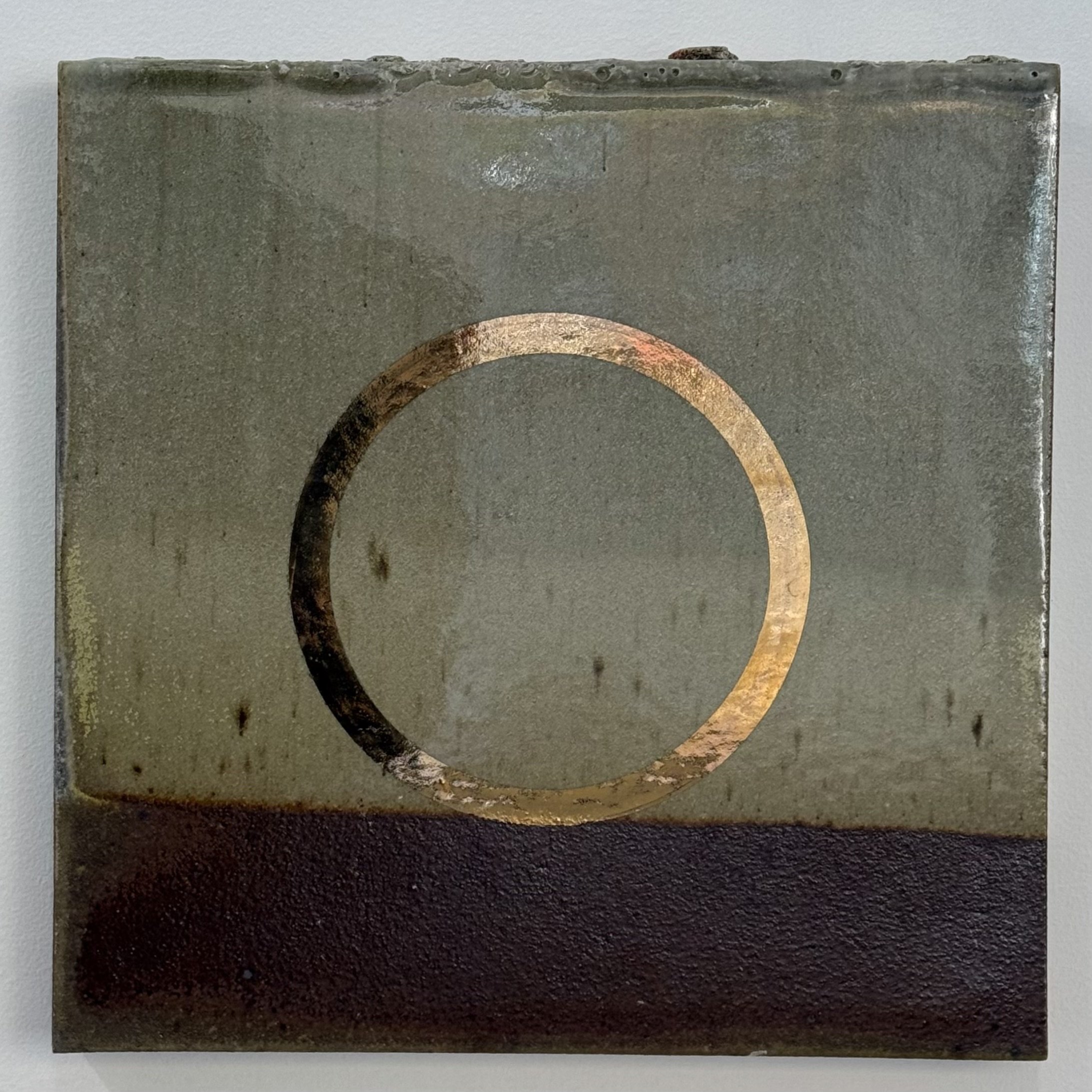
Frank Olt
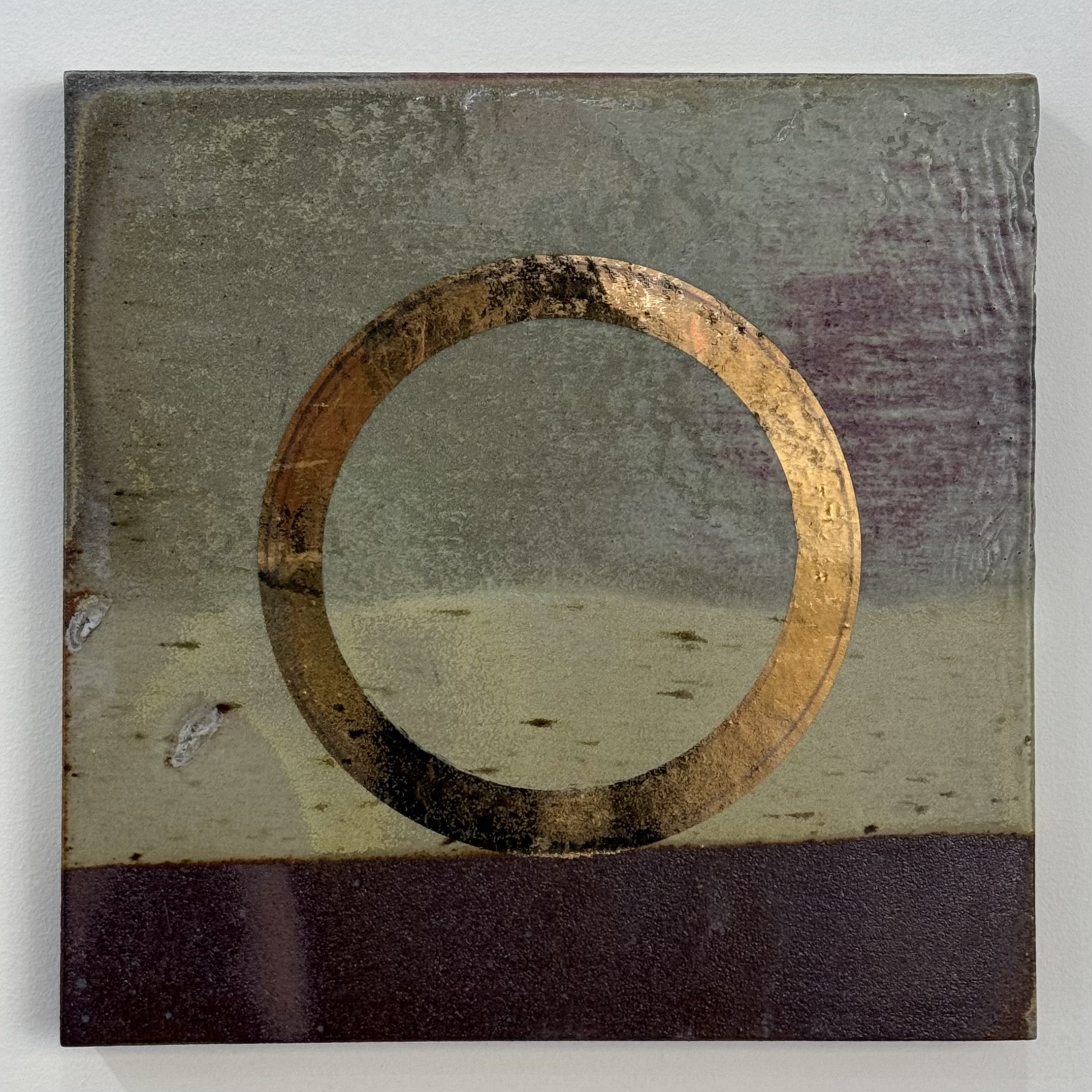
Frank Olt
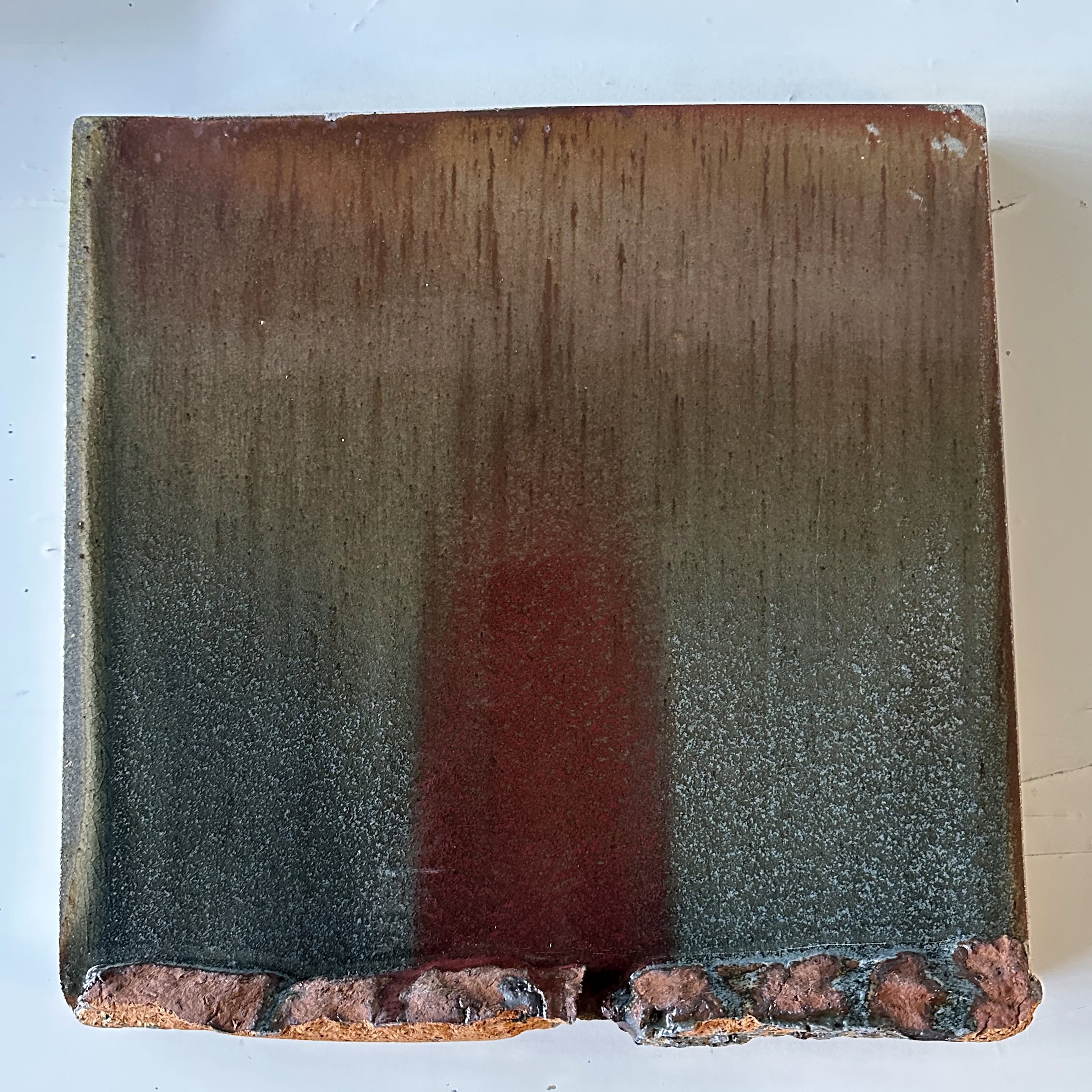
Frank Olt
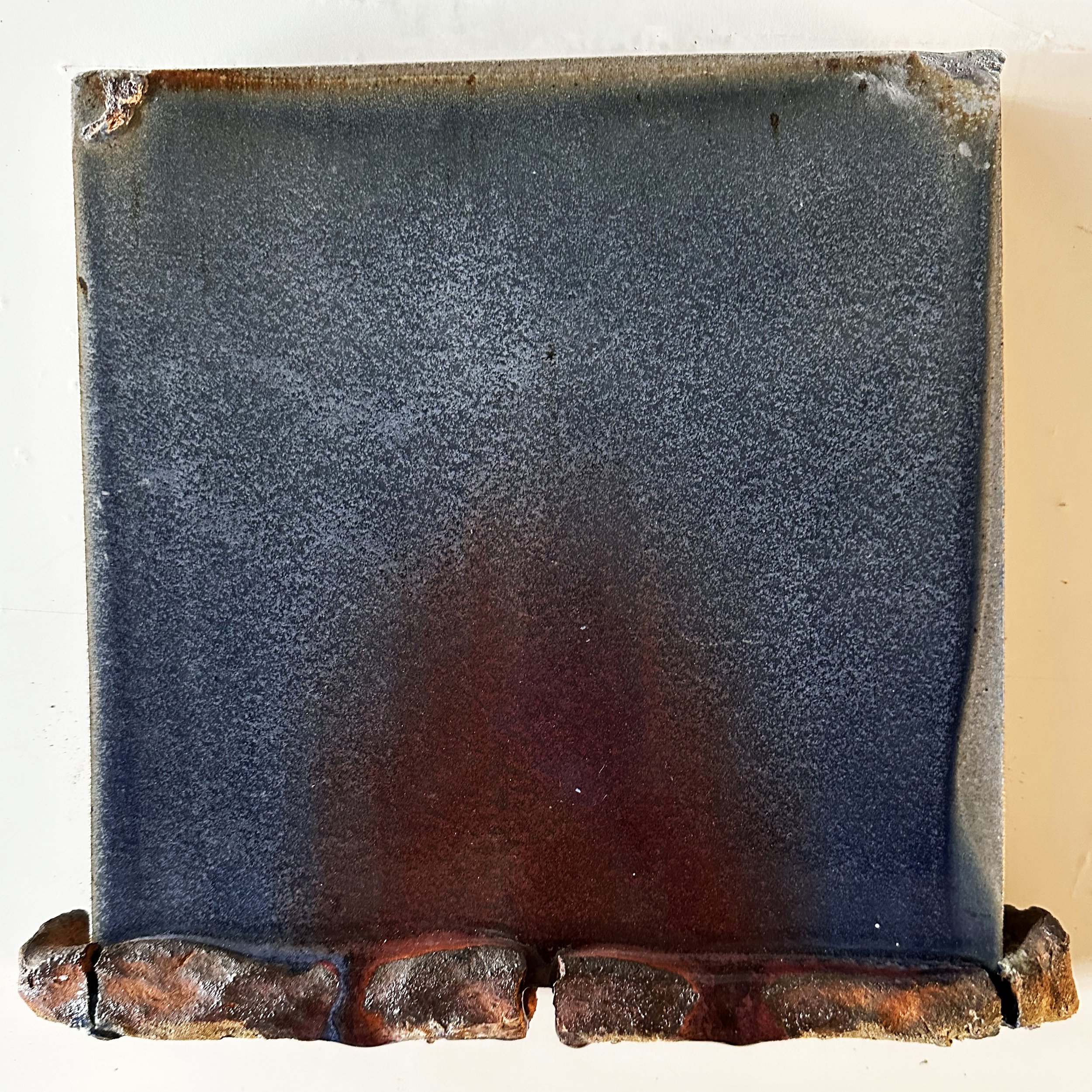
Frank Olt
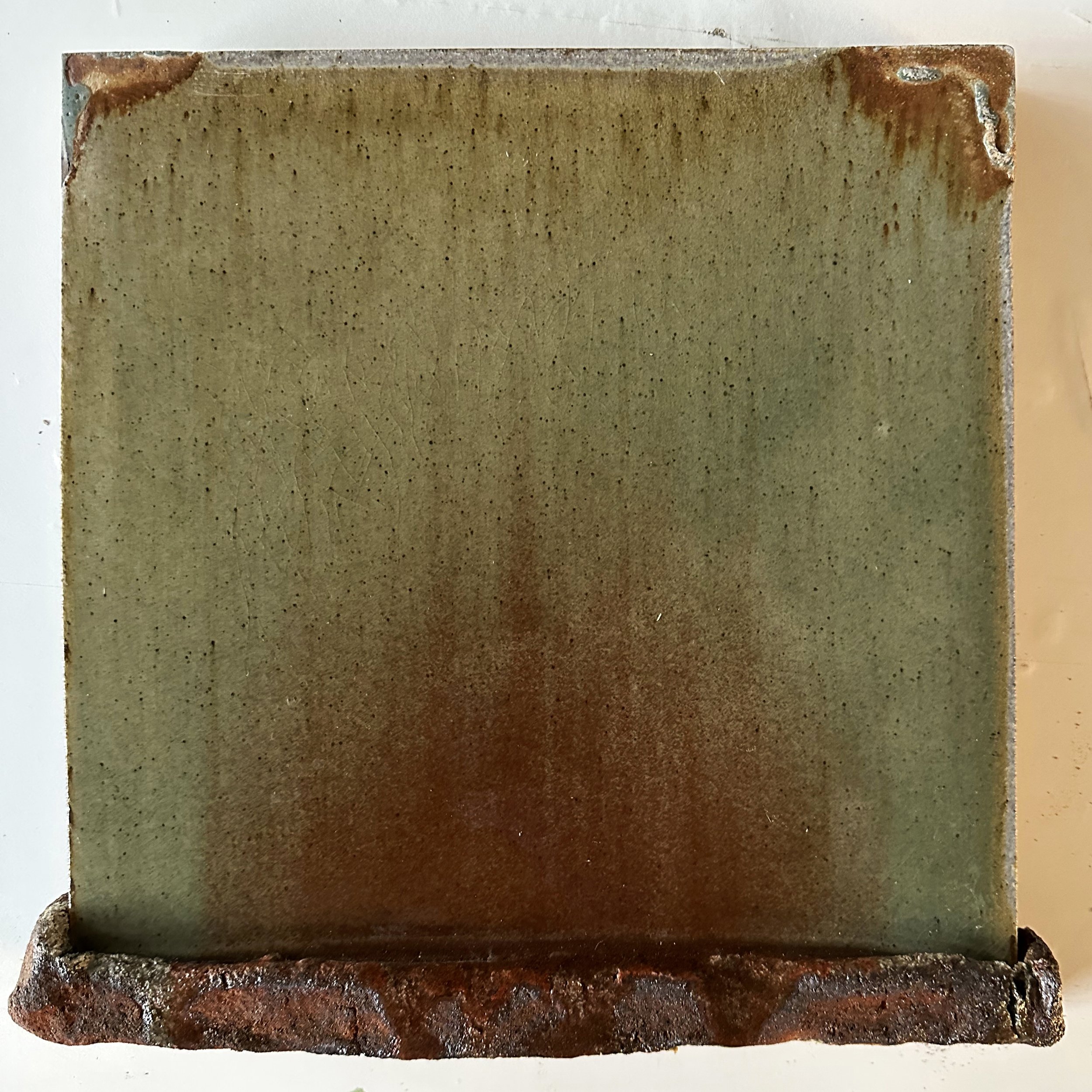
Frank Olt
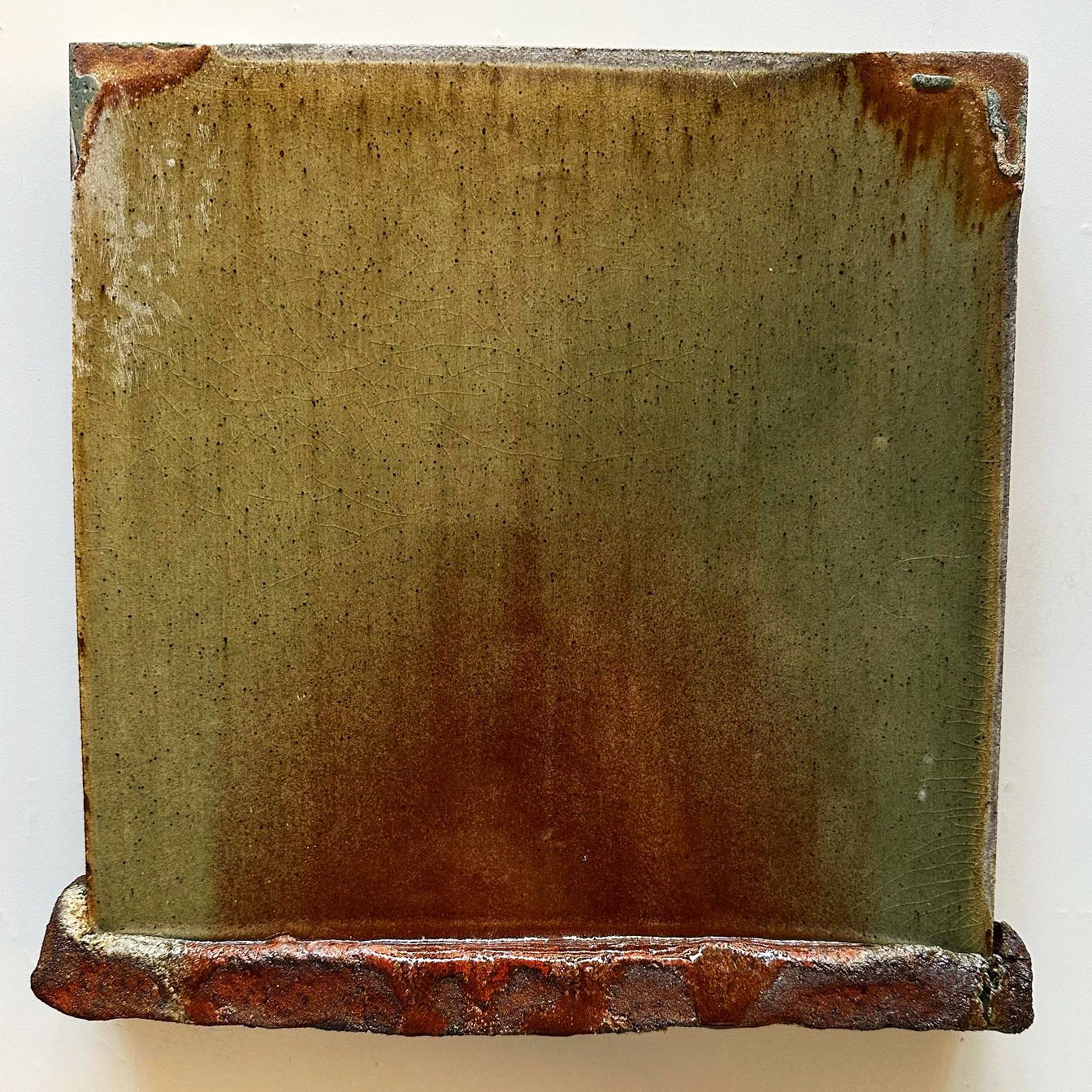
Frank Olt
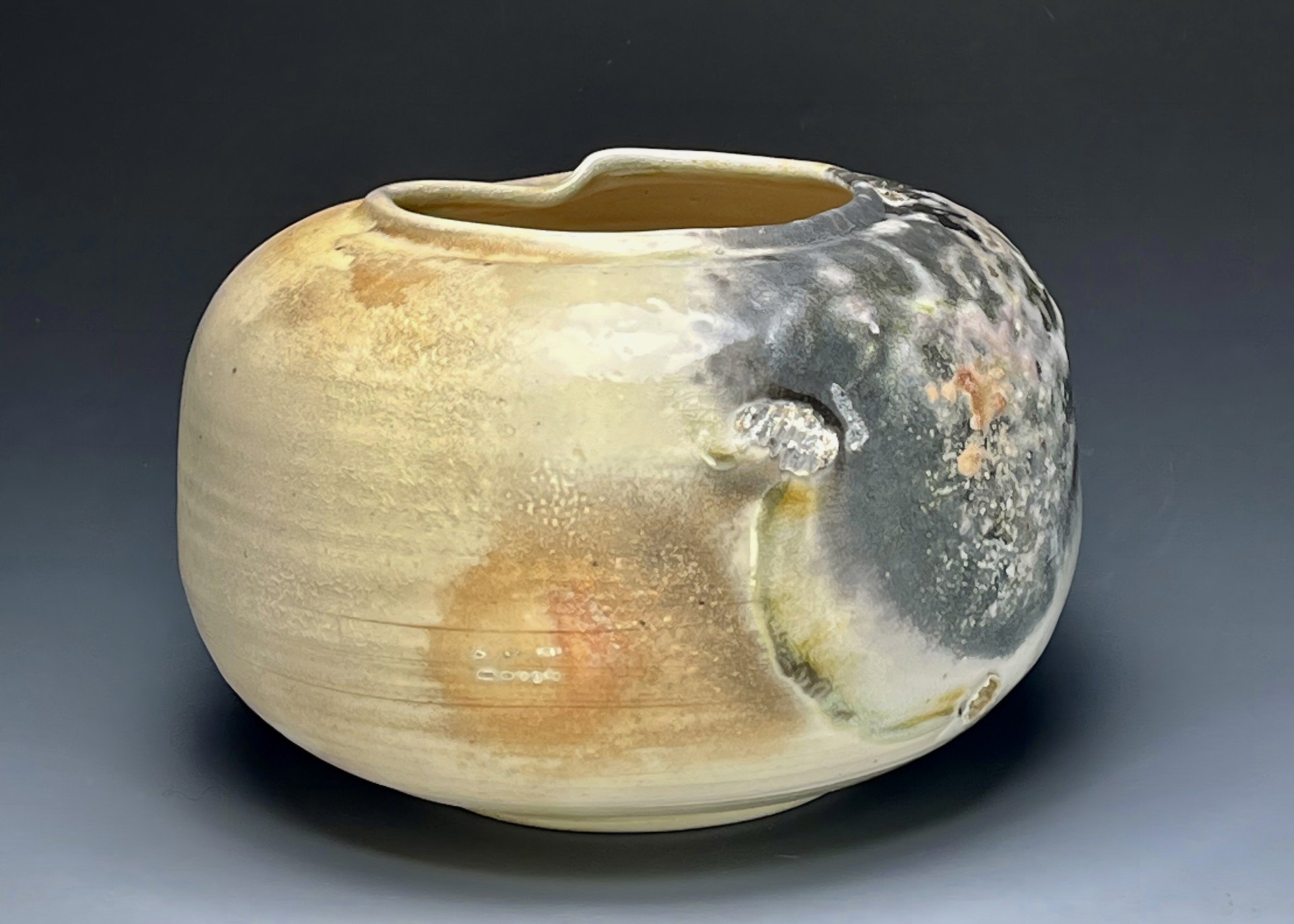
Shannon Brownlee

Shannon Brownlee
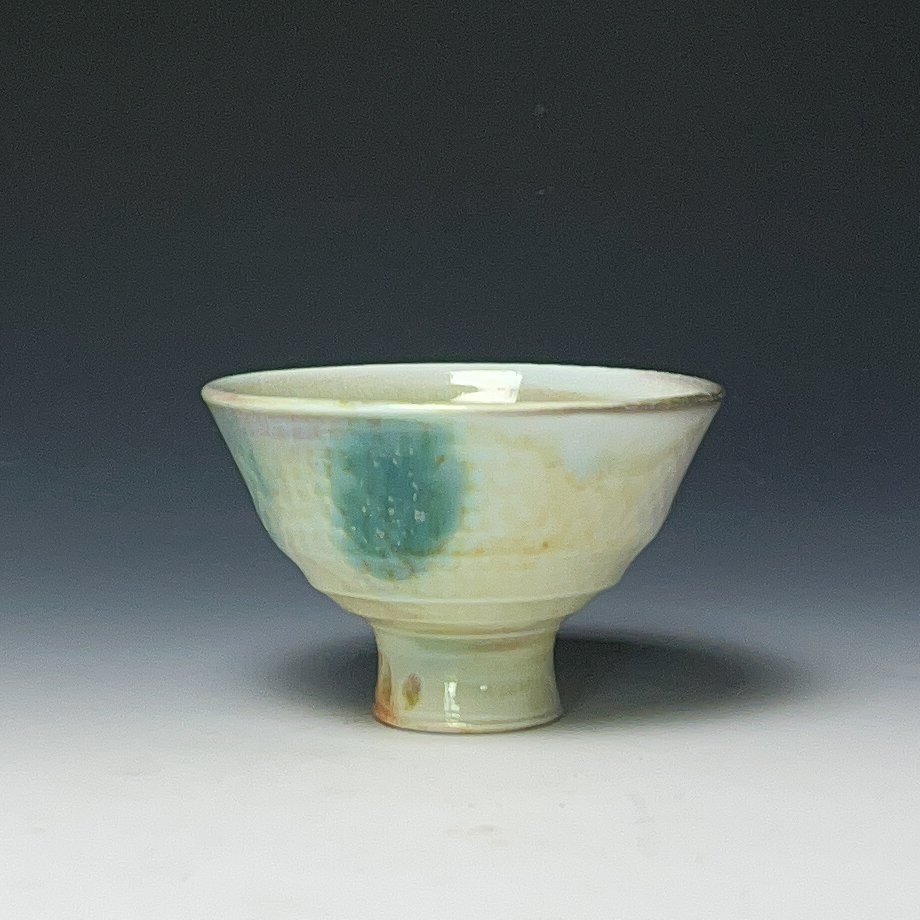
Shannon Brownlee
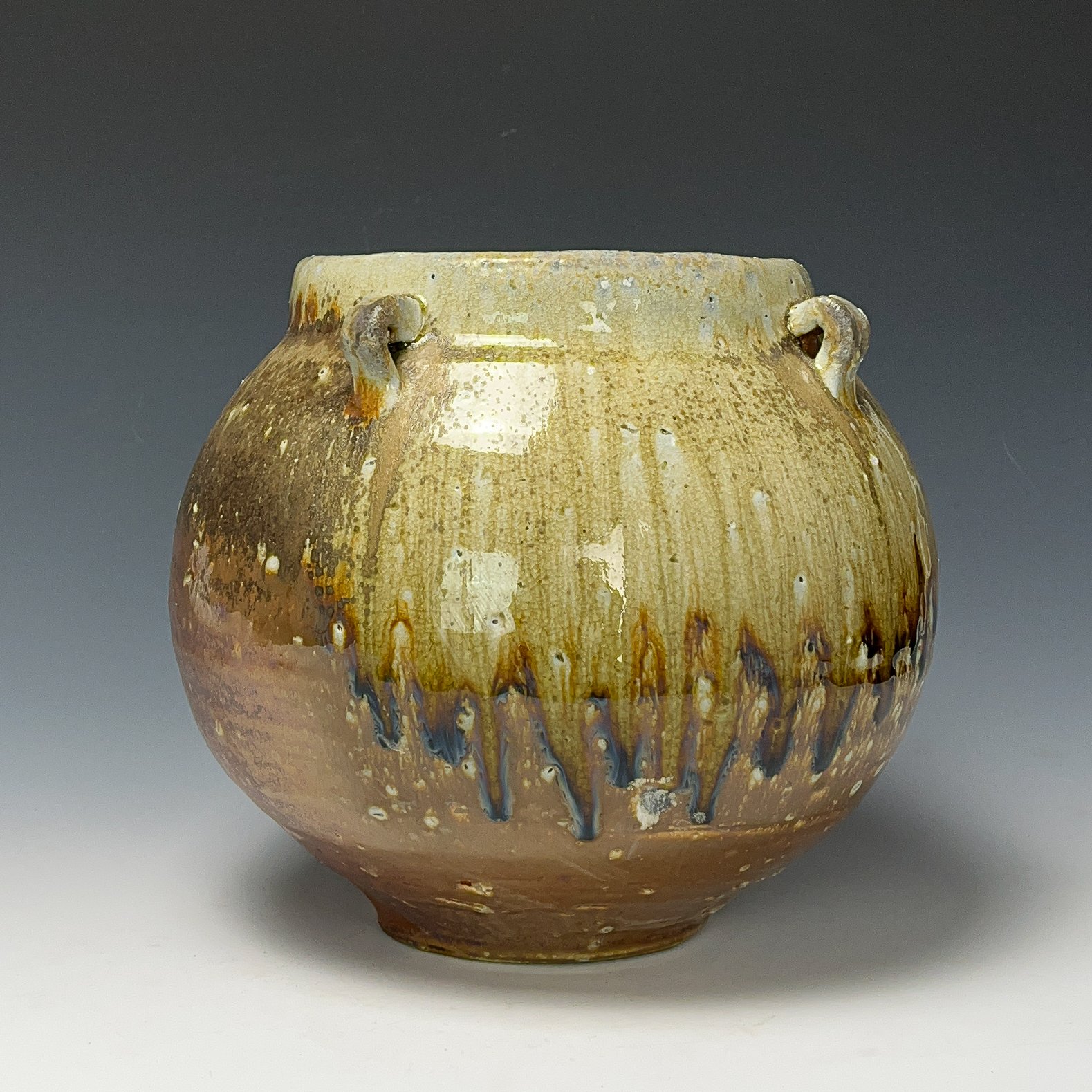
Shannon Brownlee
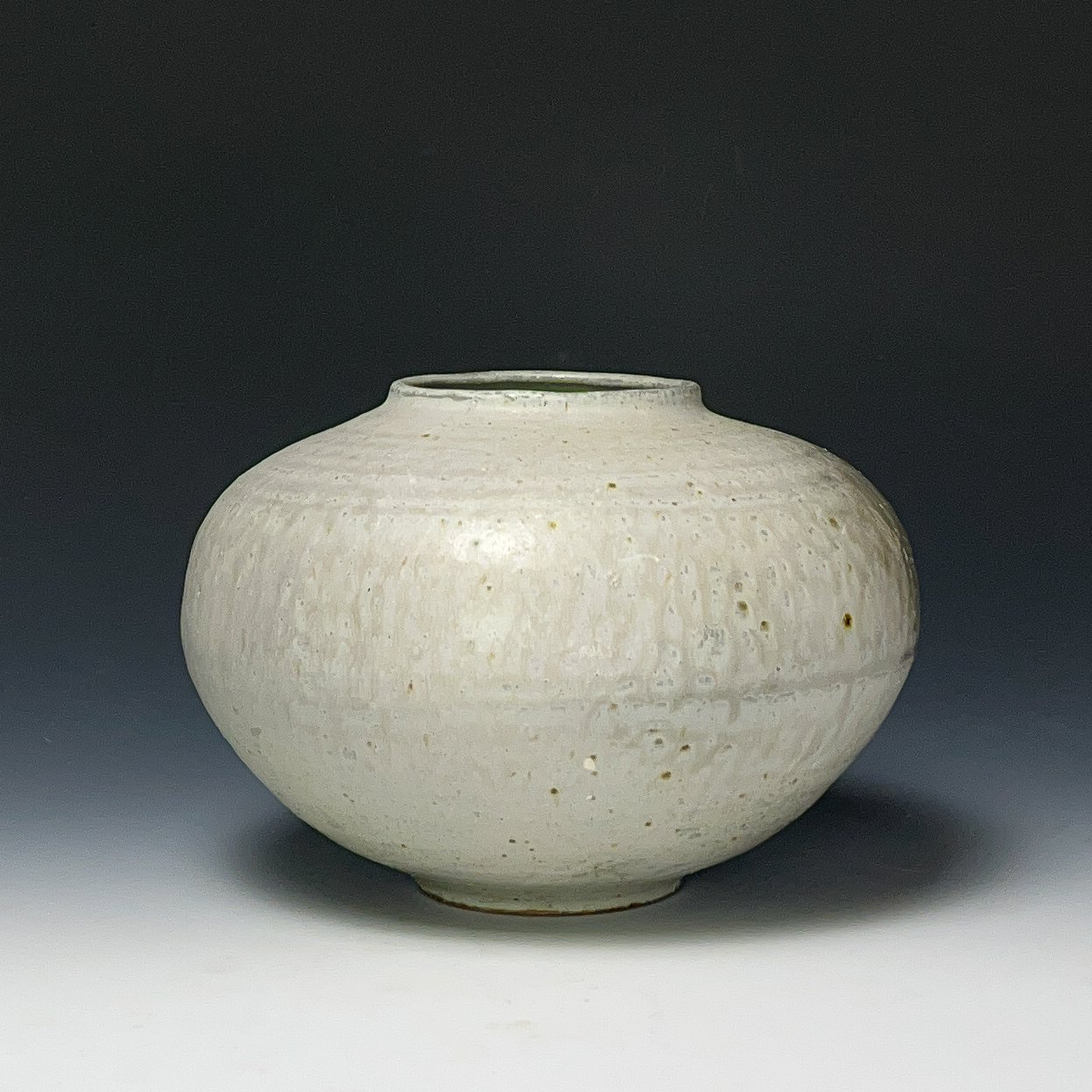
Shannon Brownlee
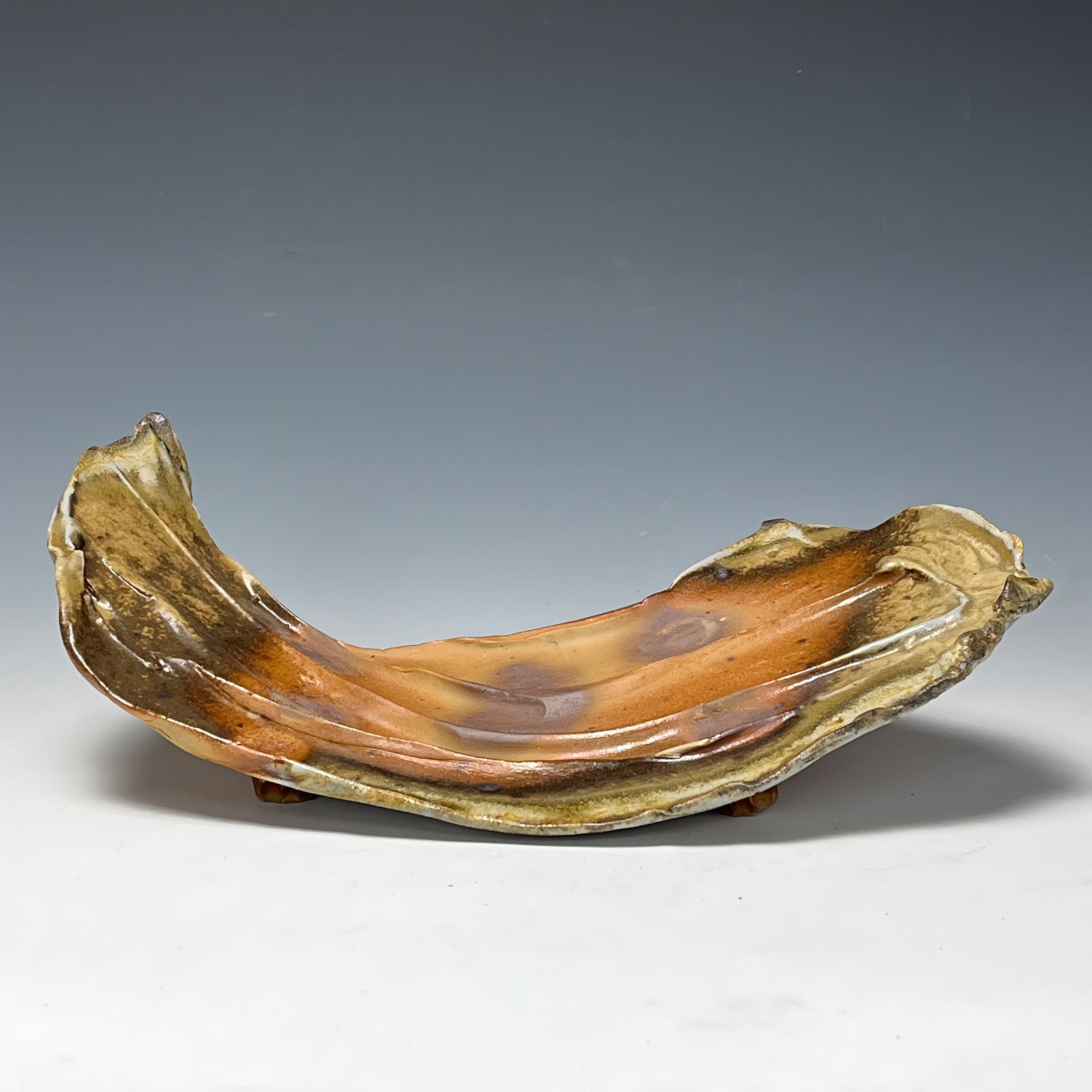
Shannon Brownlee
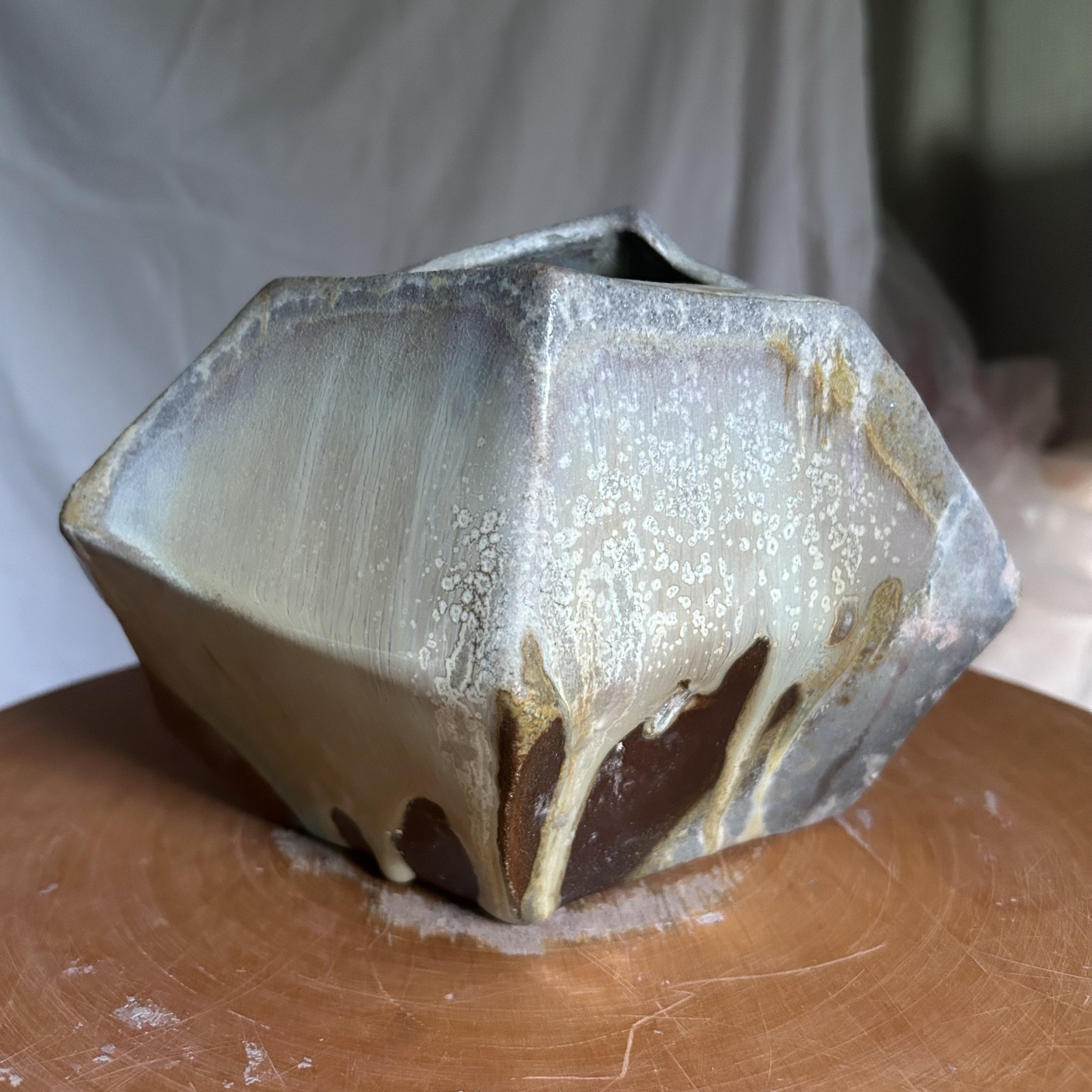
Keiko Inouye
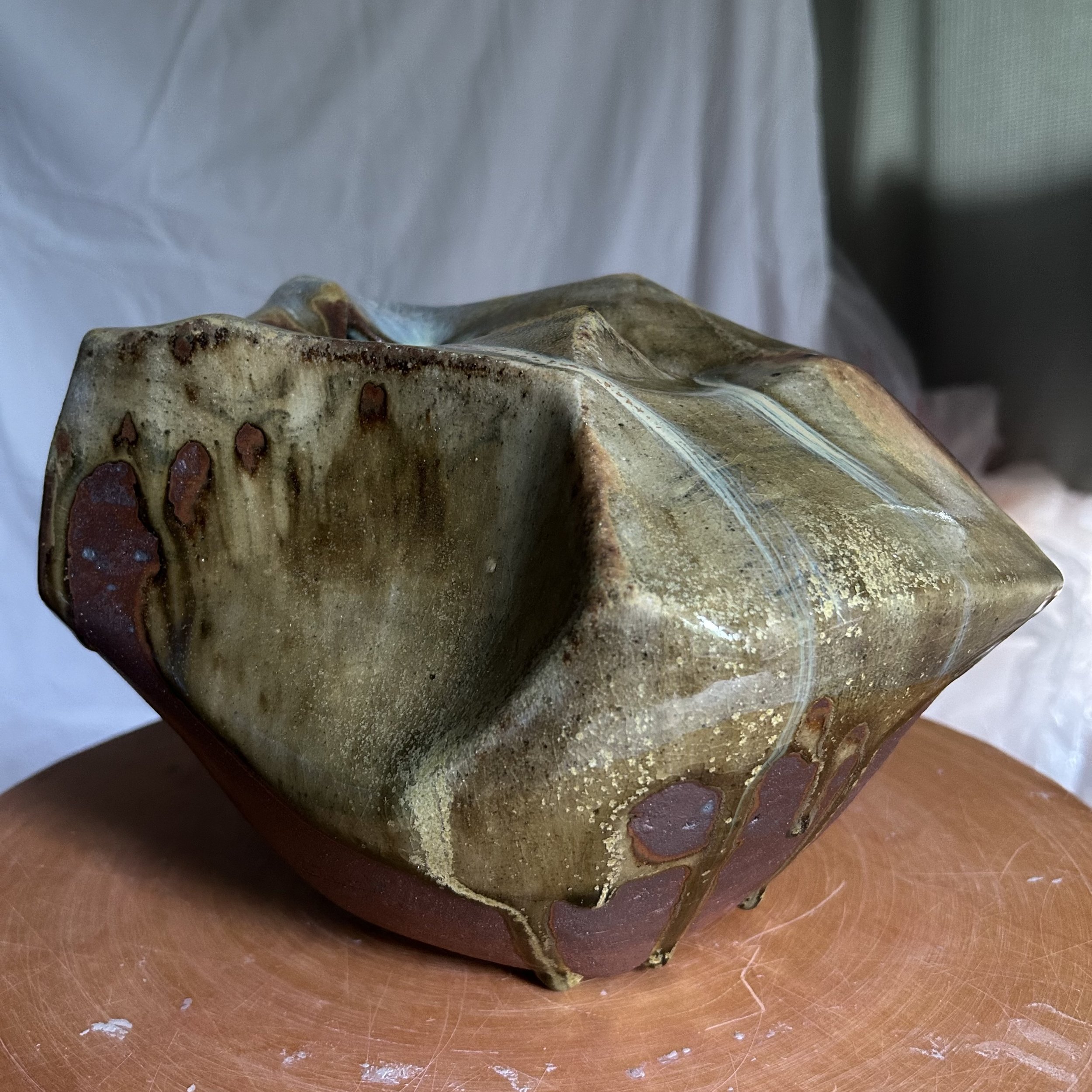
Keiko Inouye
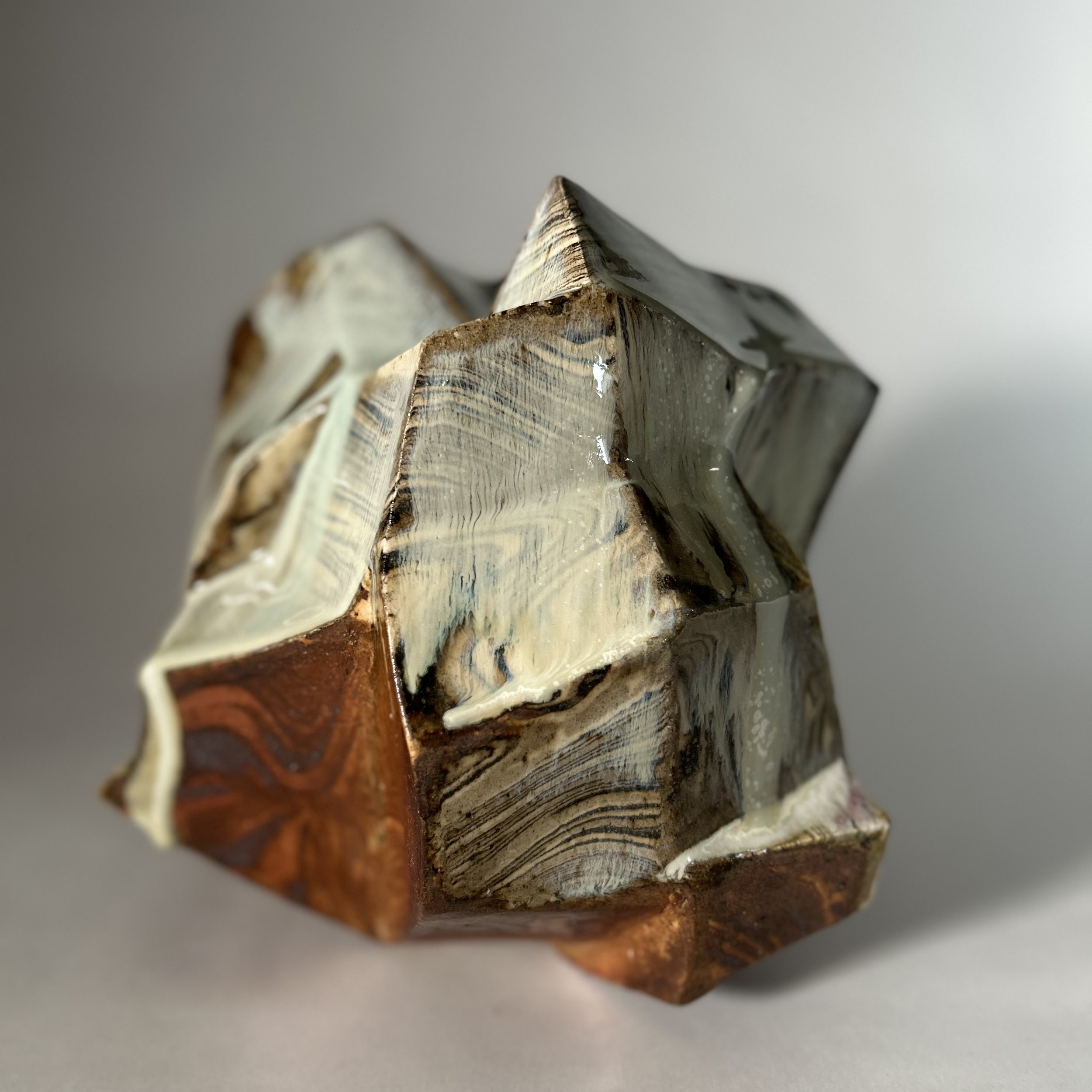
Keiko Inouye

Keiko Inouye
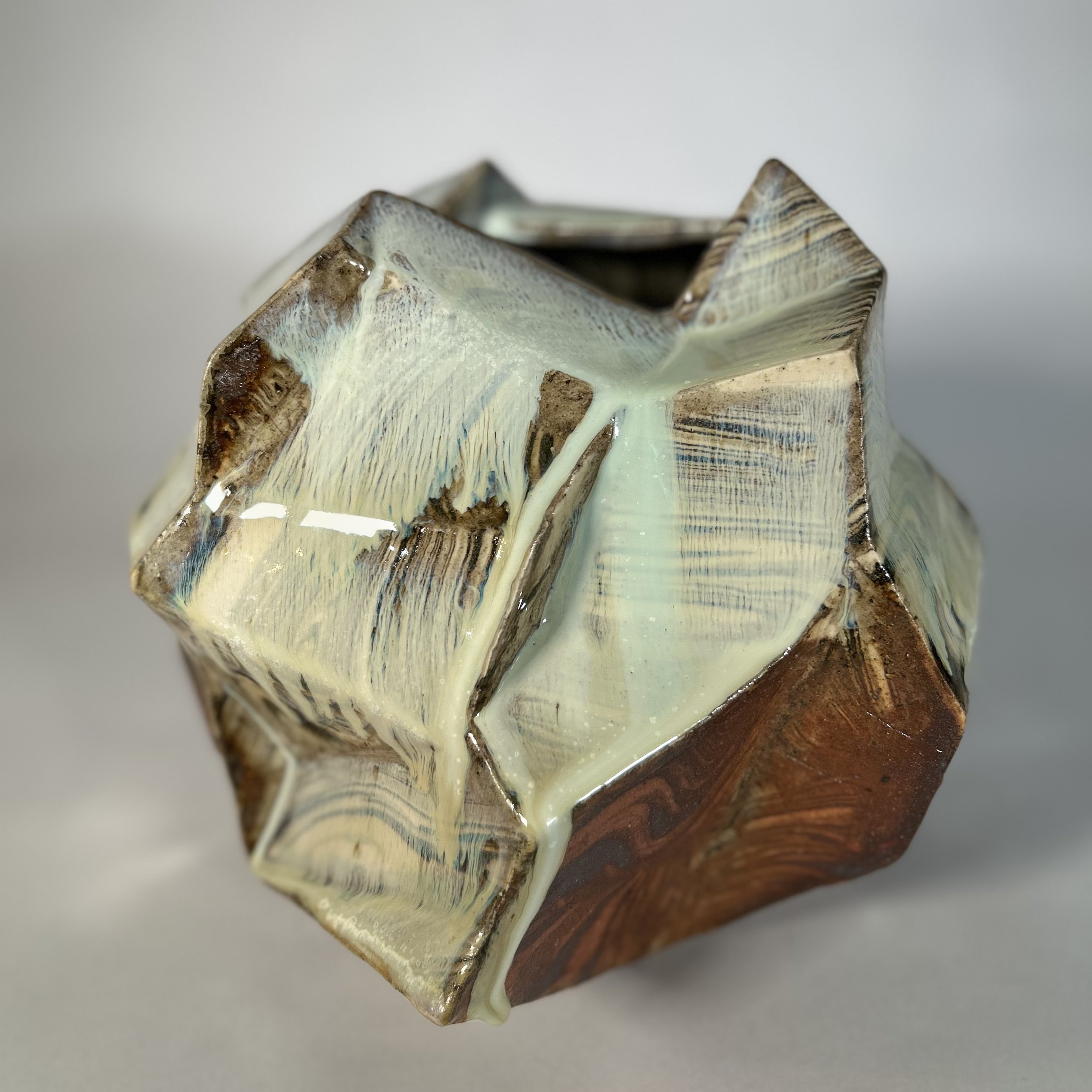
Keiko Inouye
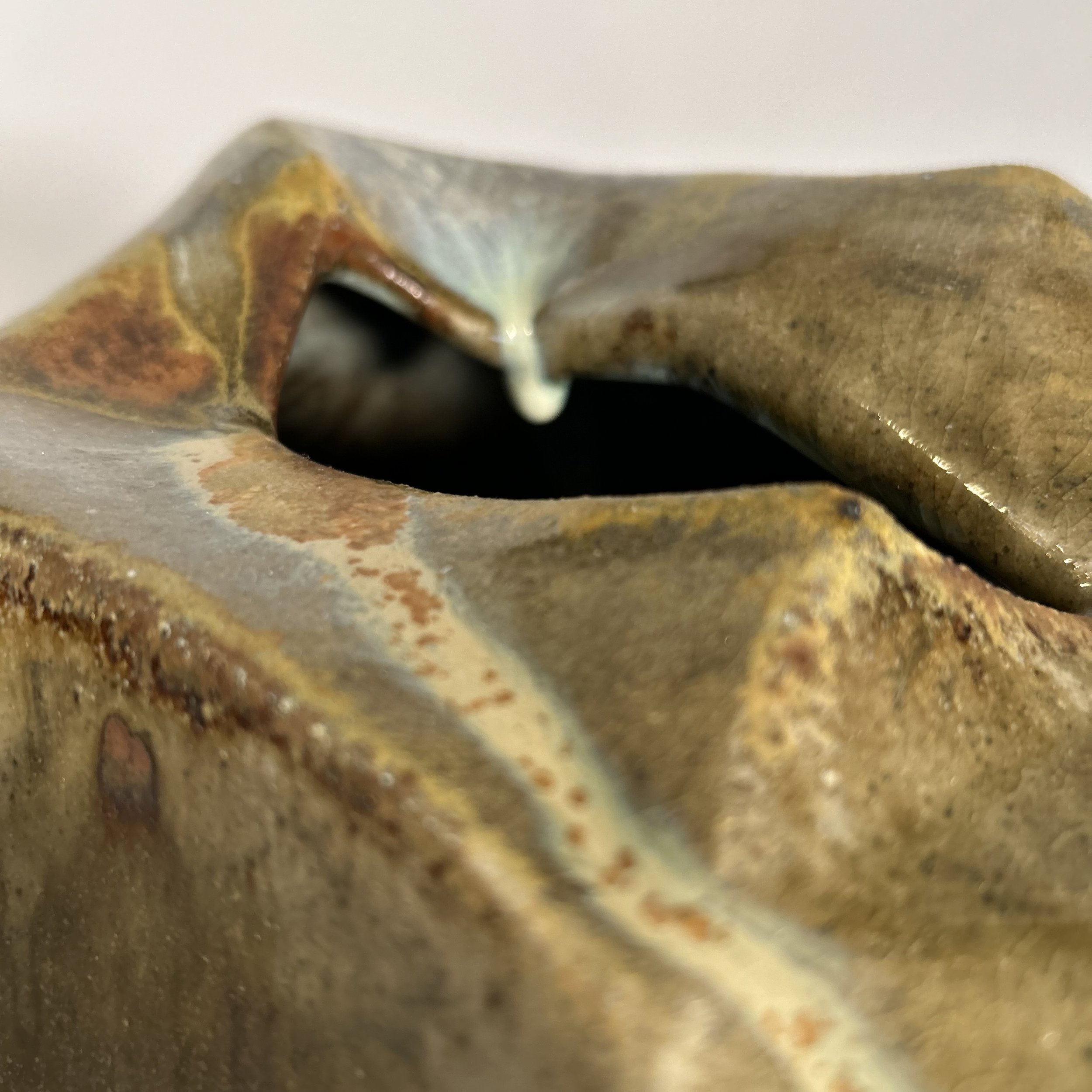
Keiko Inouye

Keiko Inouye
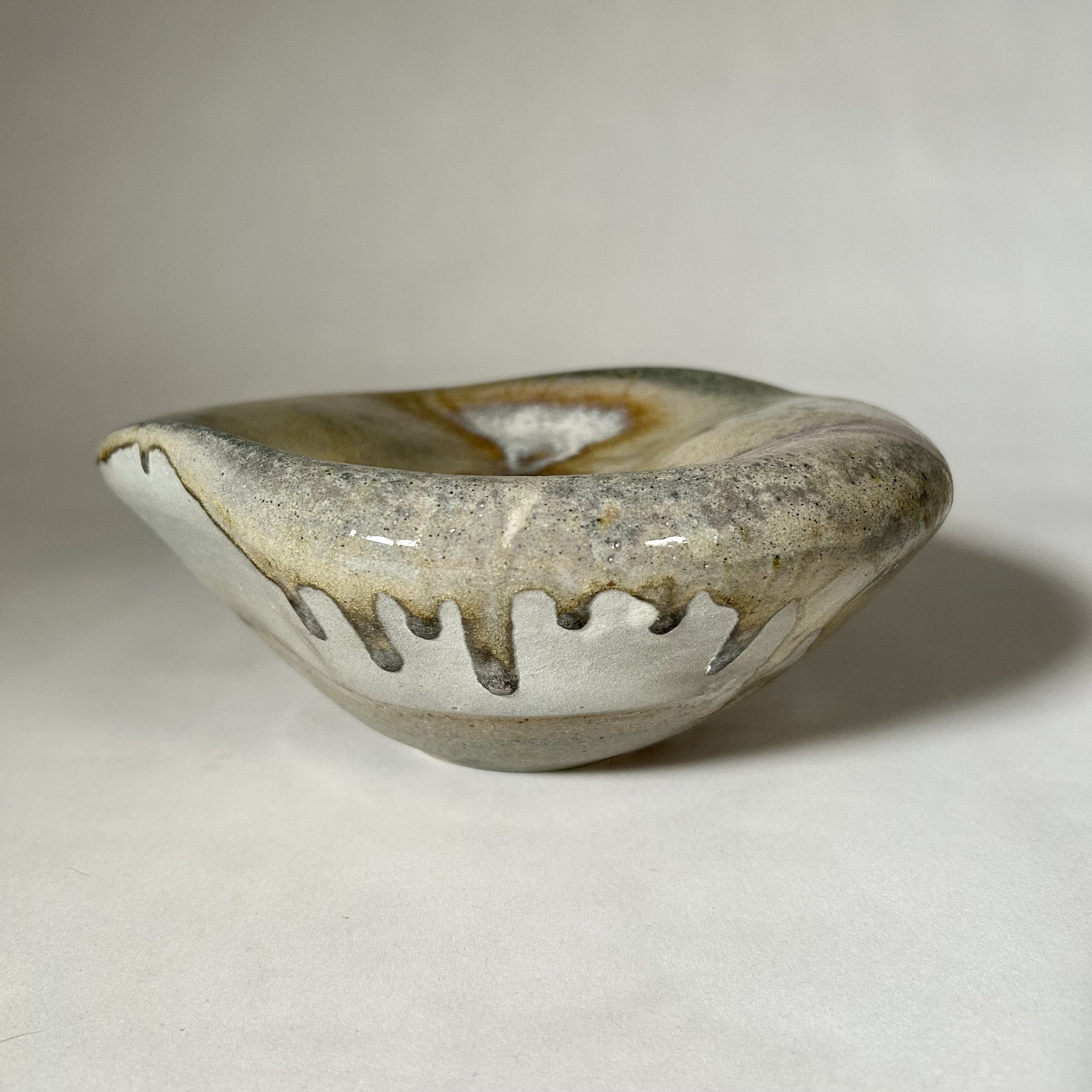
Keiko Inouye
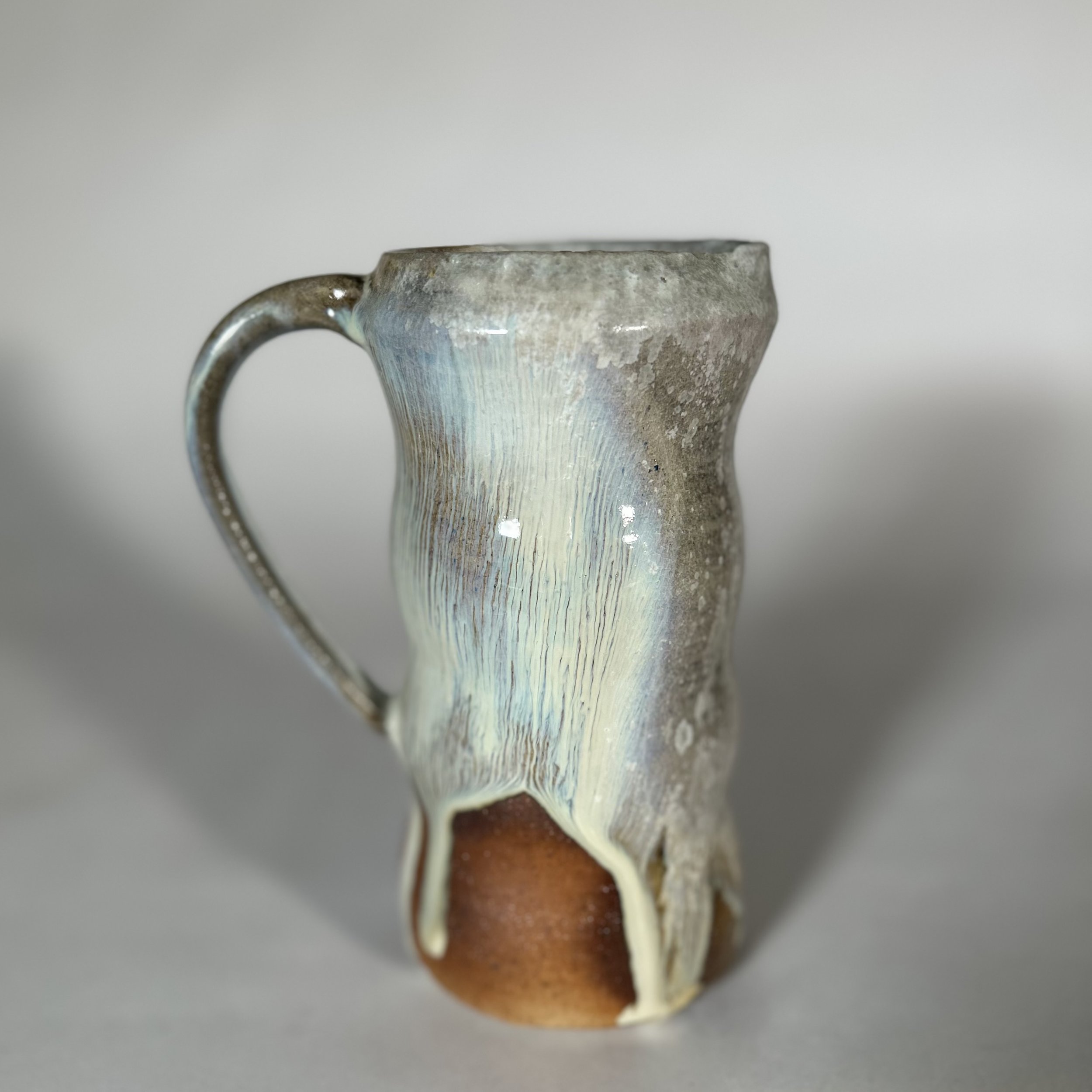
Keiko Inouye
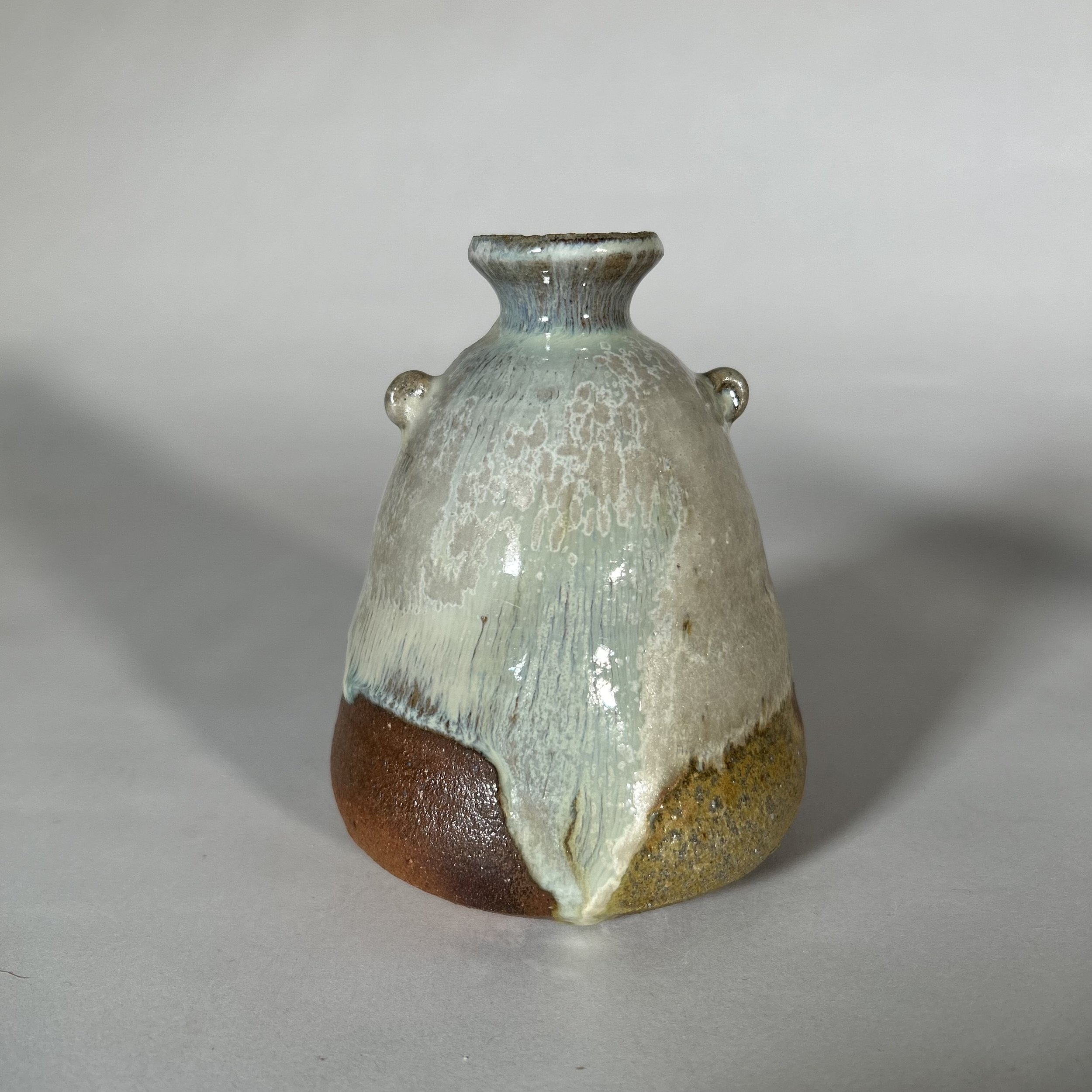
Keiko Inouye
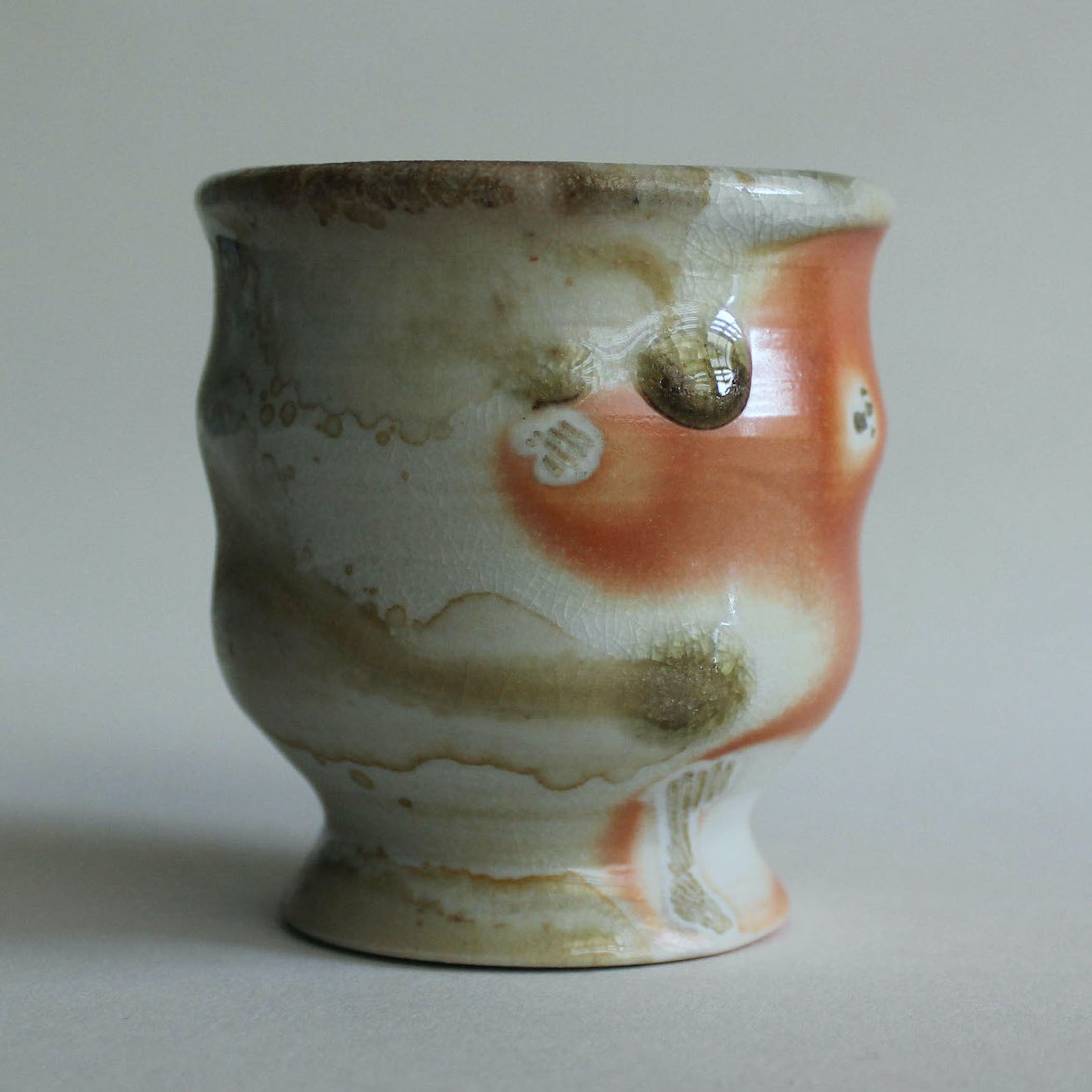
Jenna Pyzowski
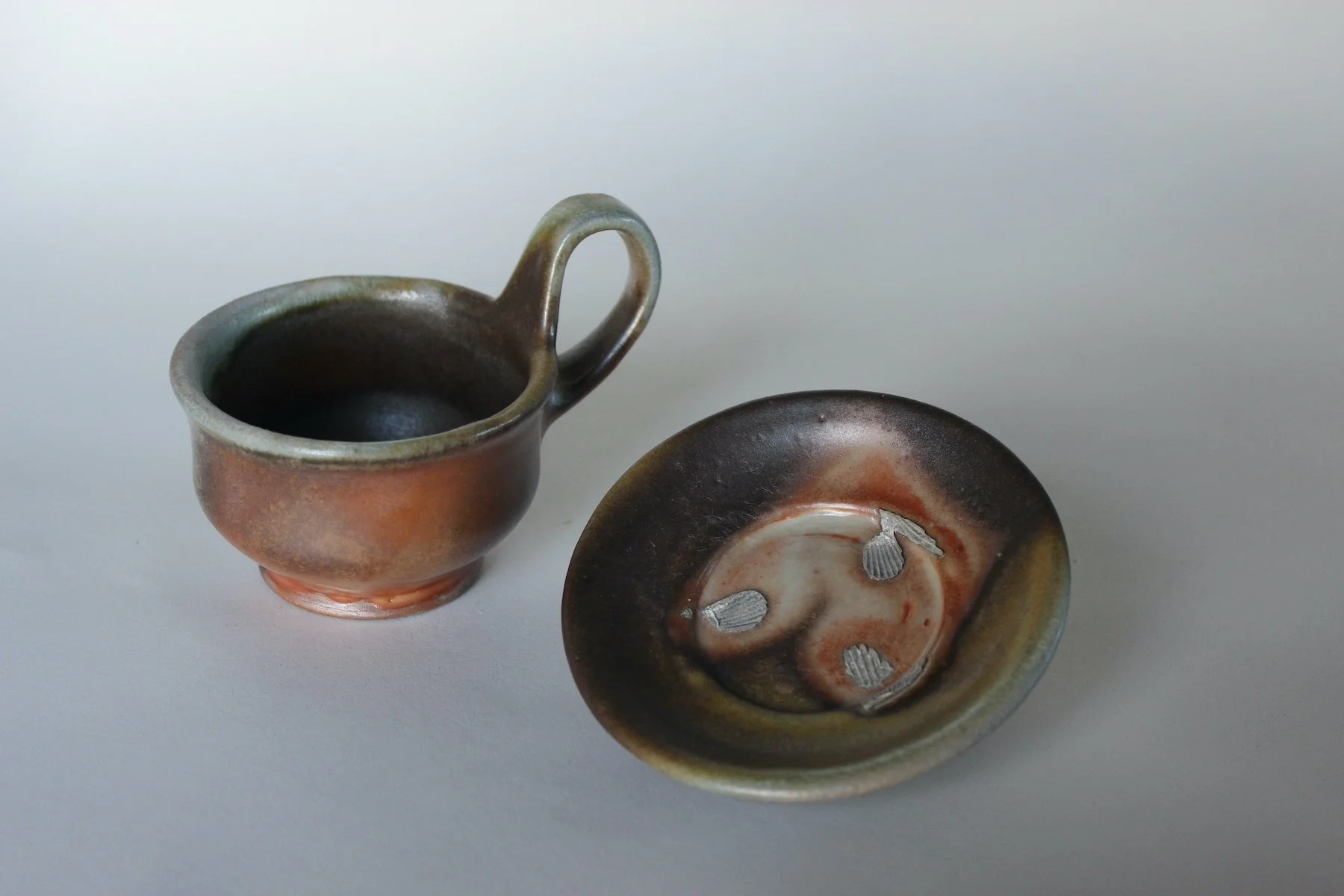
Jenna Pyzowski
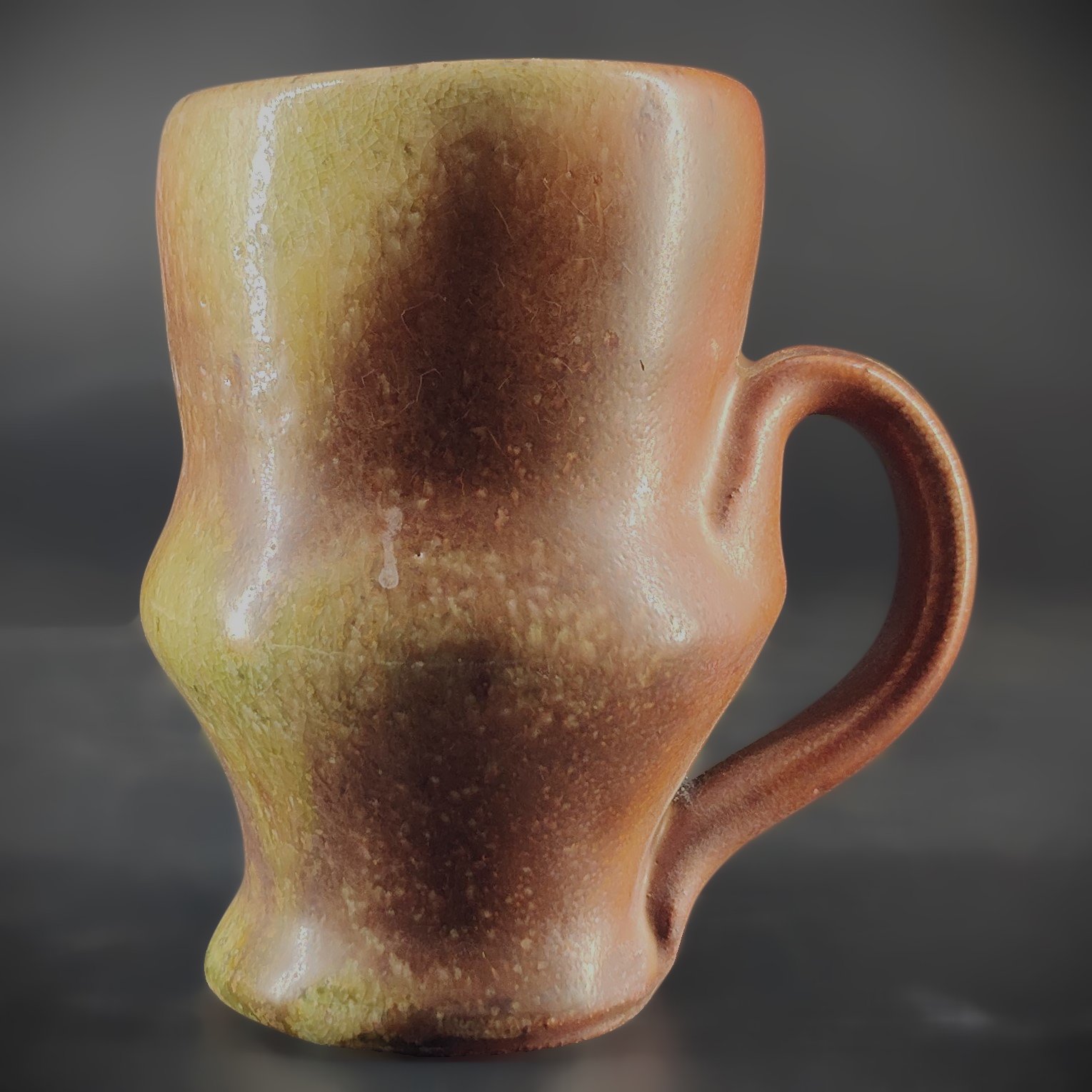
Trevor Youngberg

Trevor Youngberg

Trevor Youngberg

Trevor Youngberg
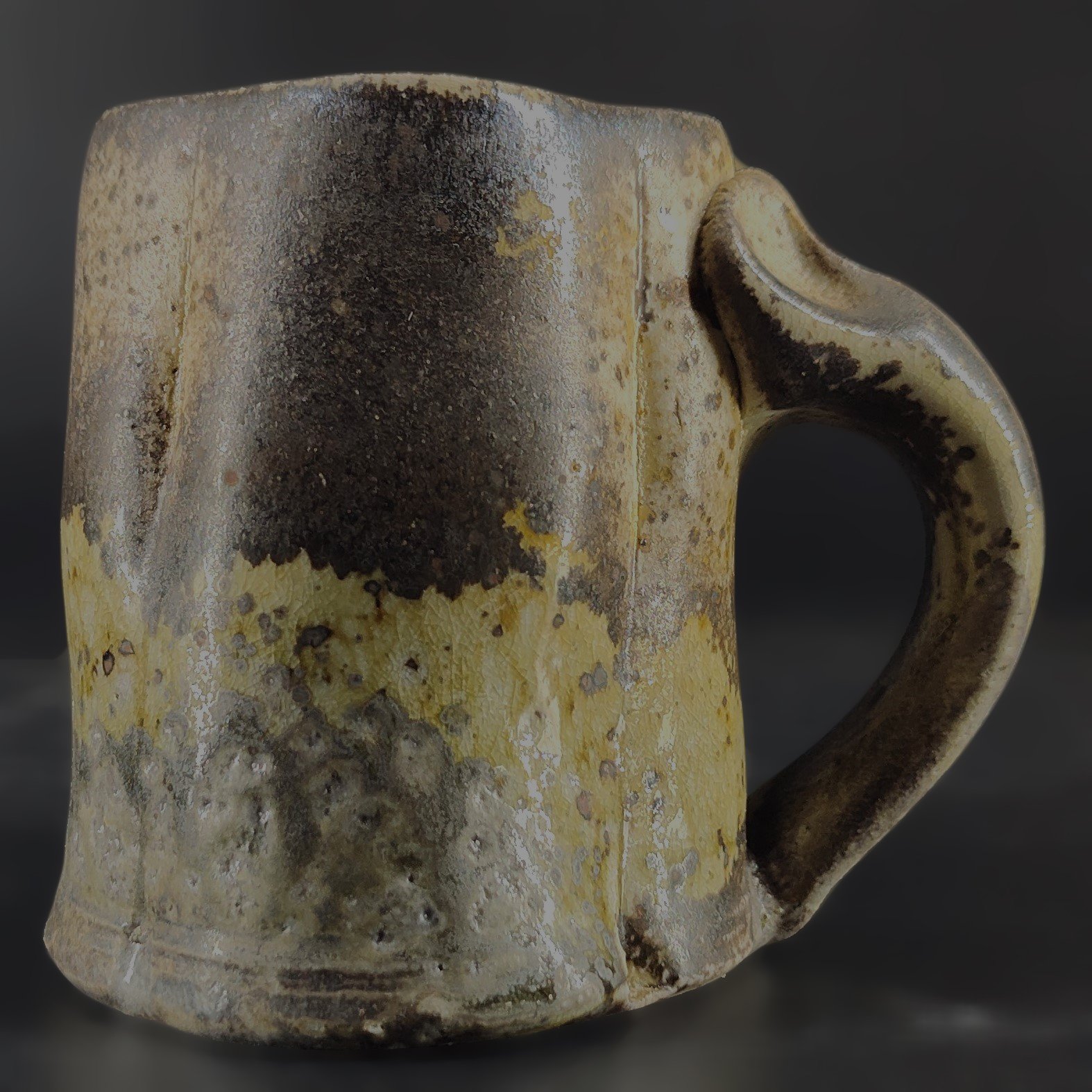
Trevor Youngberg
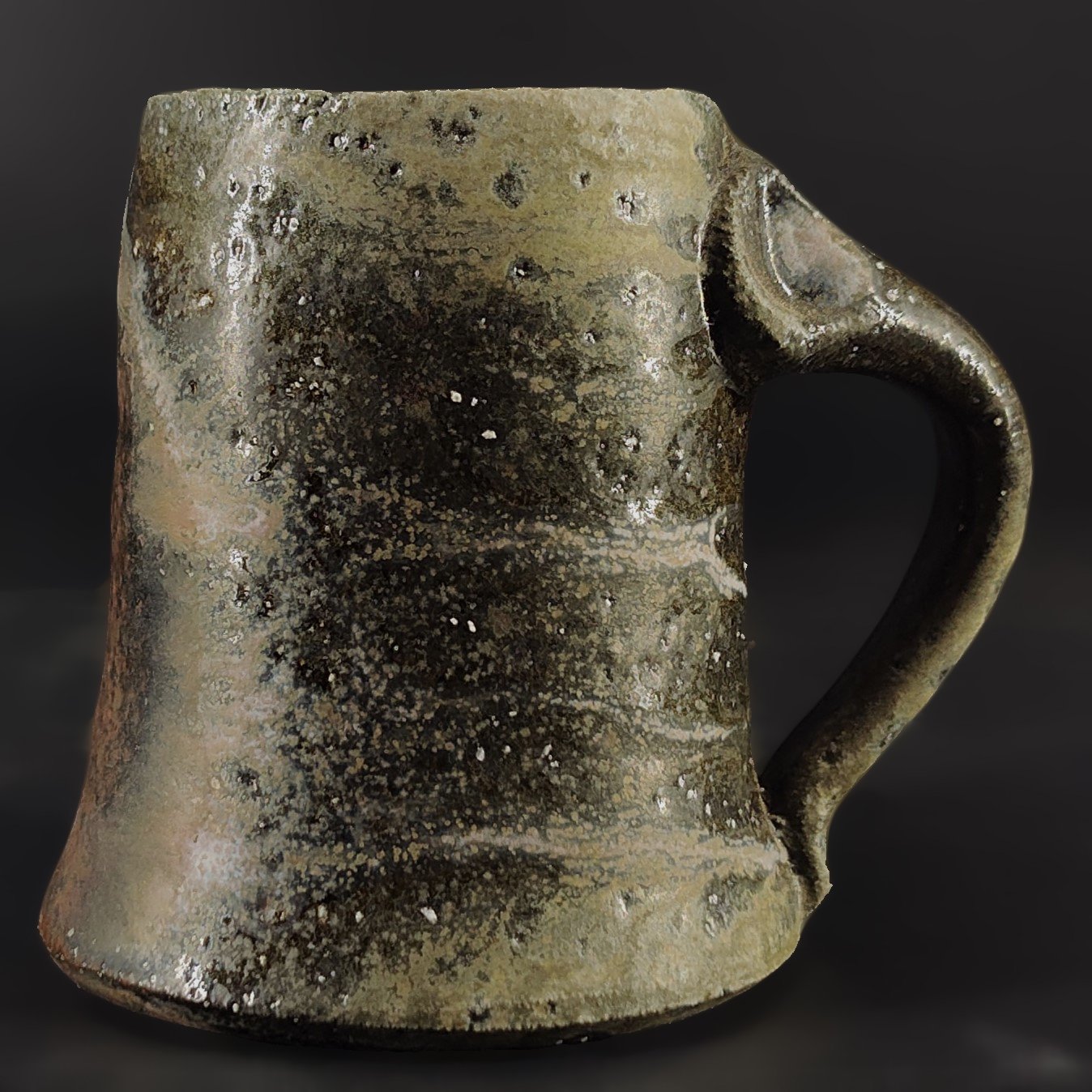
Trevor Youngberg
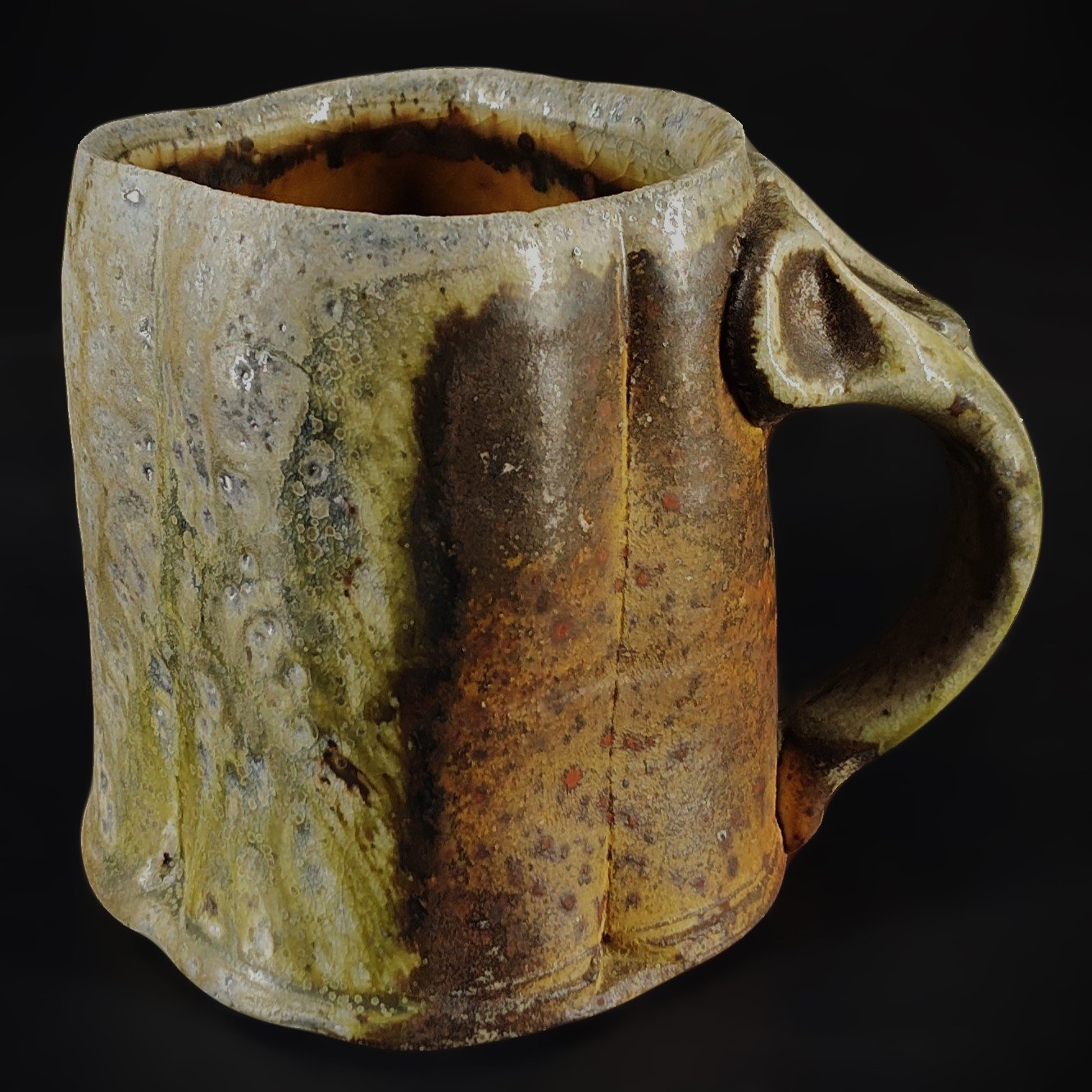
Trevor Youngberg
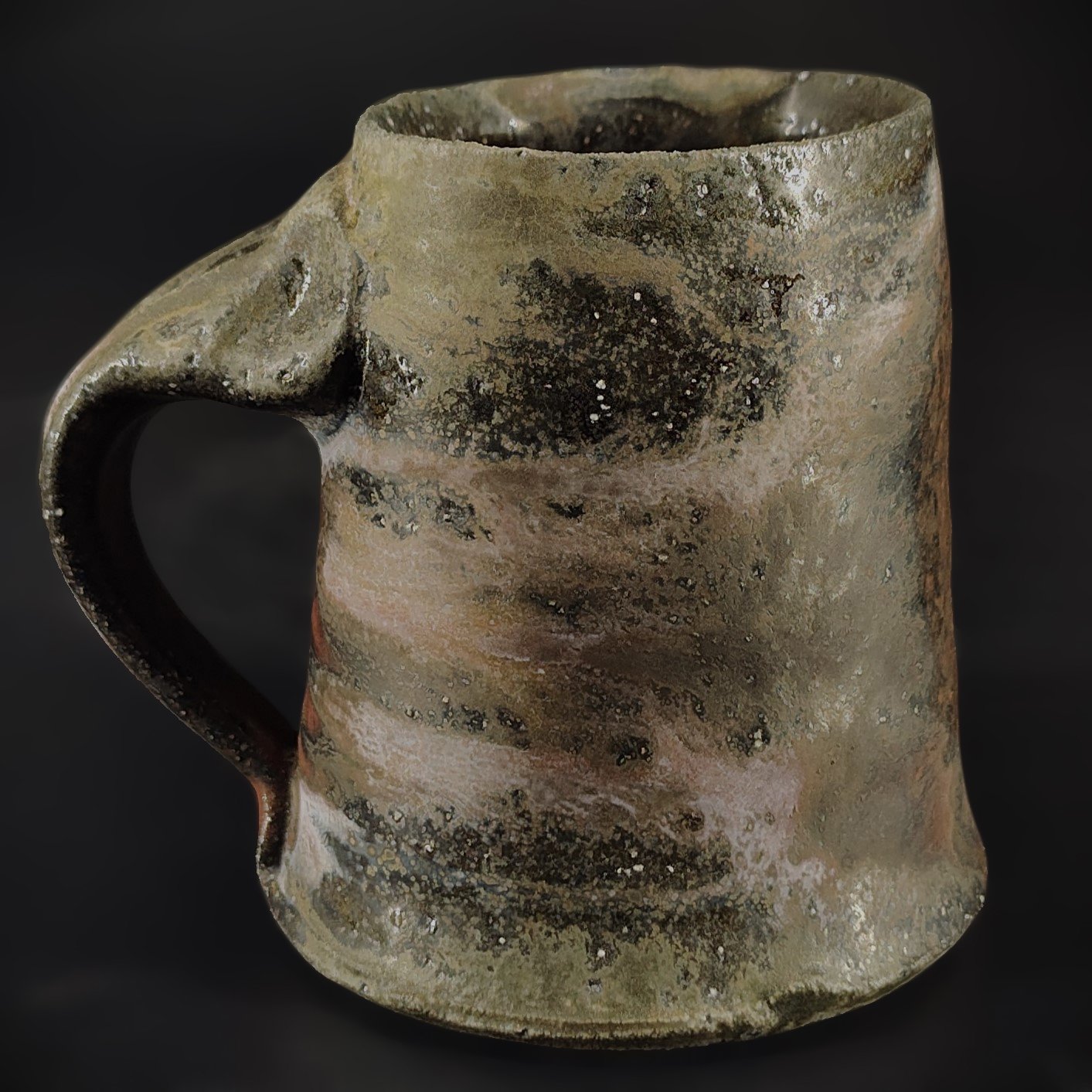
Trevor Youngberg
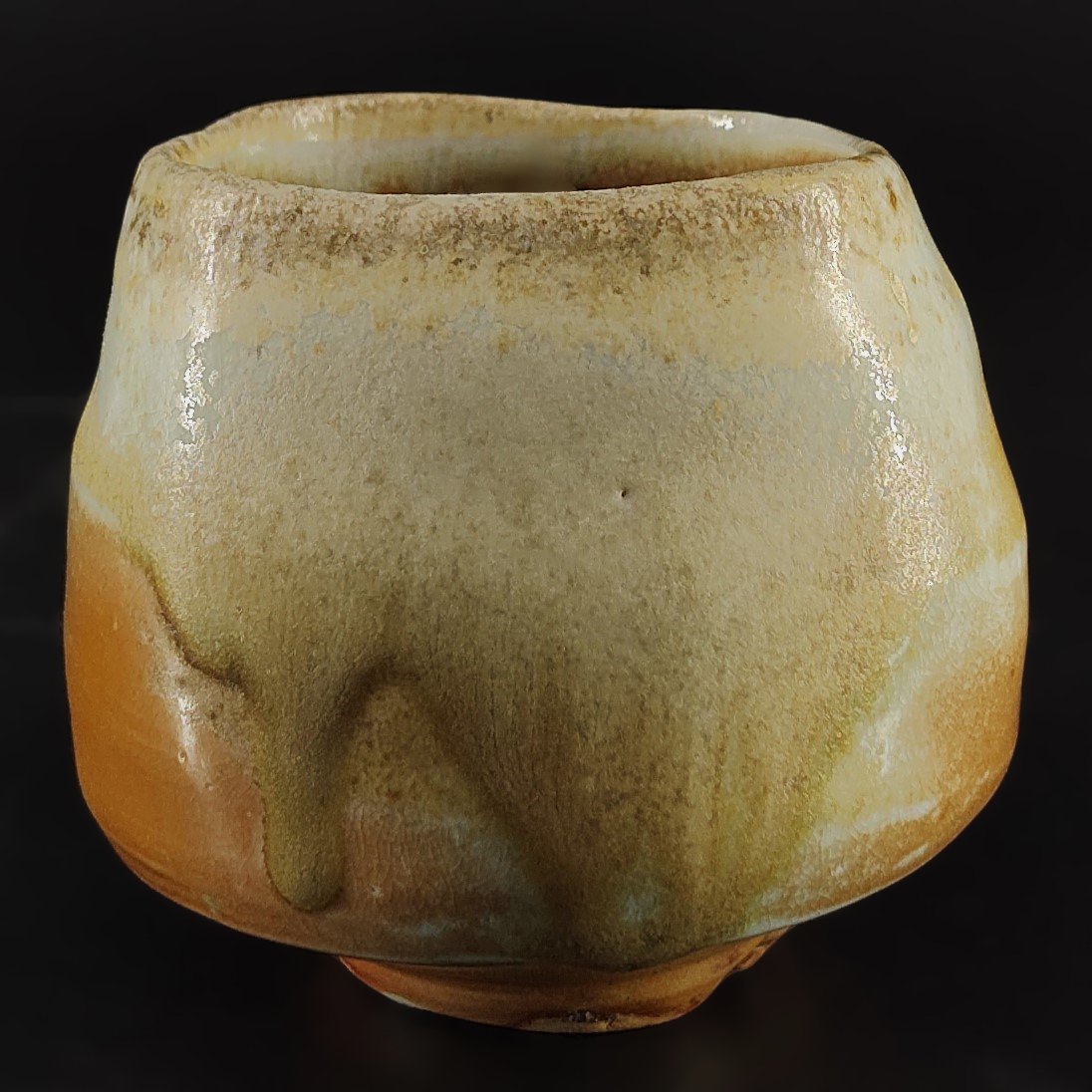
Trevor Youngberg

Trevor Youngberg

Trevor Youngberg

Trevor Youngberg

revor Youngberg
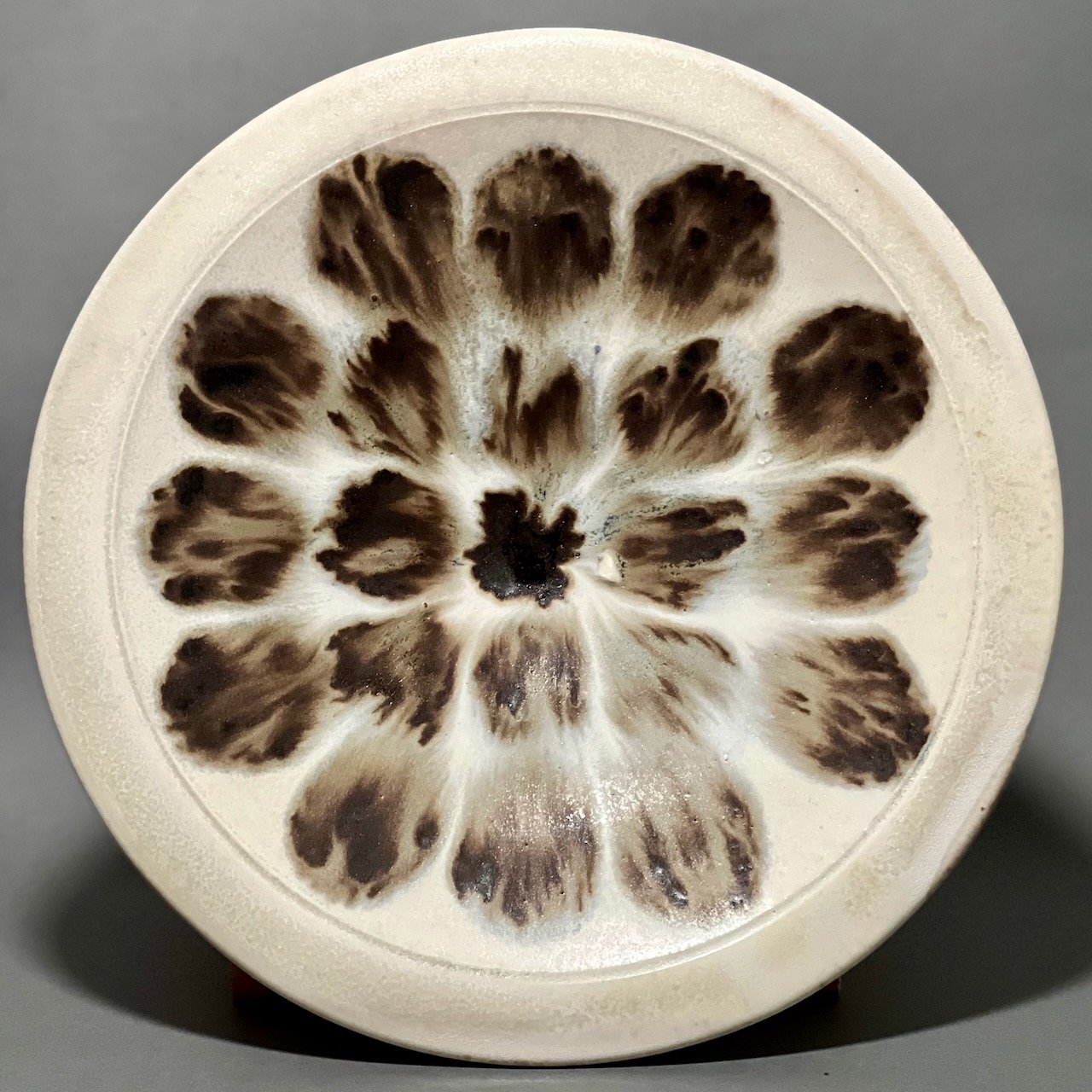
Min Choi
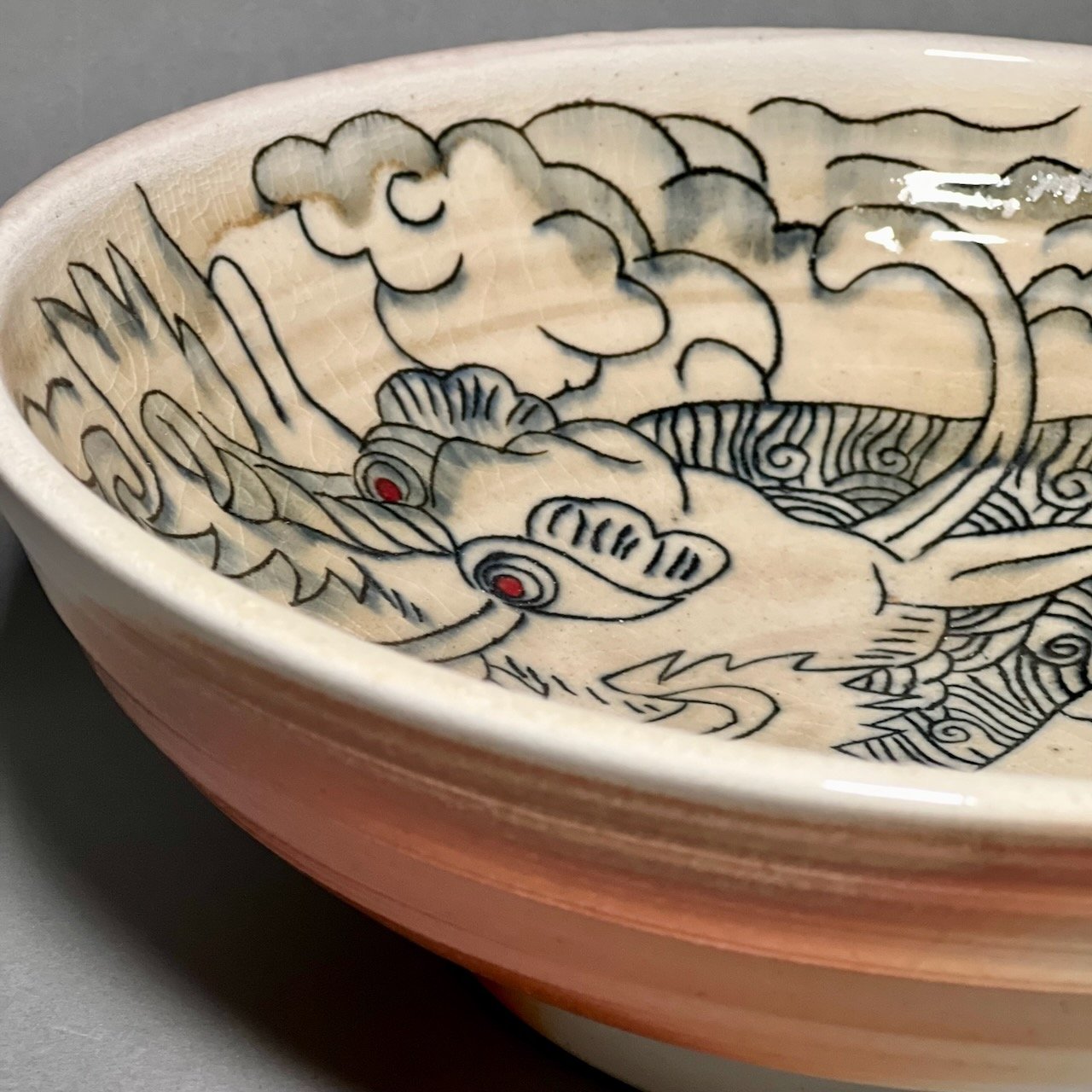
Min Choi
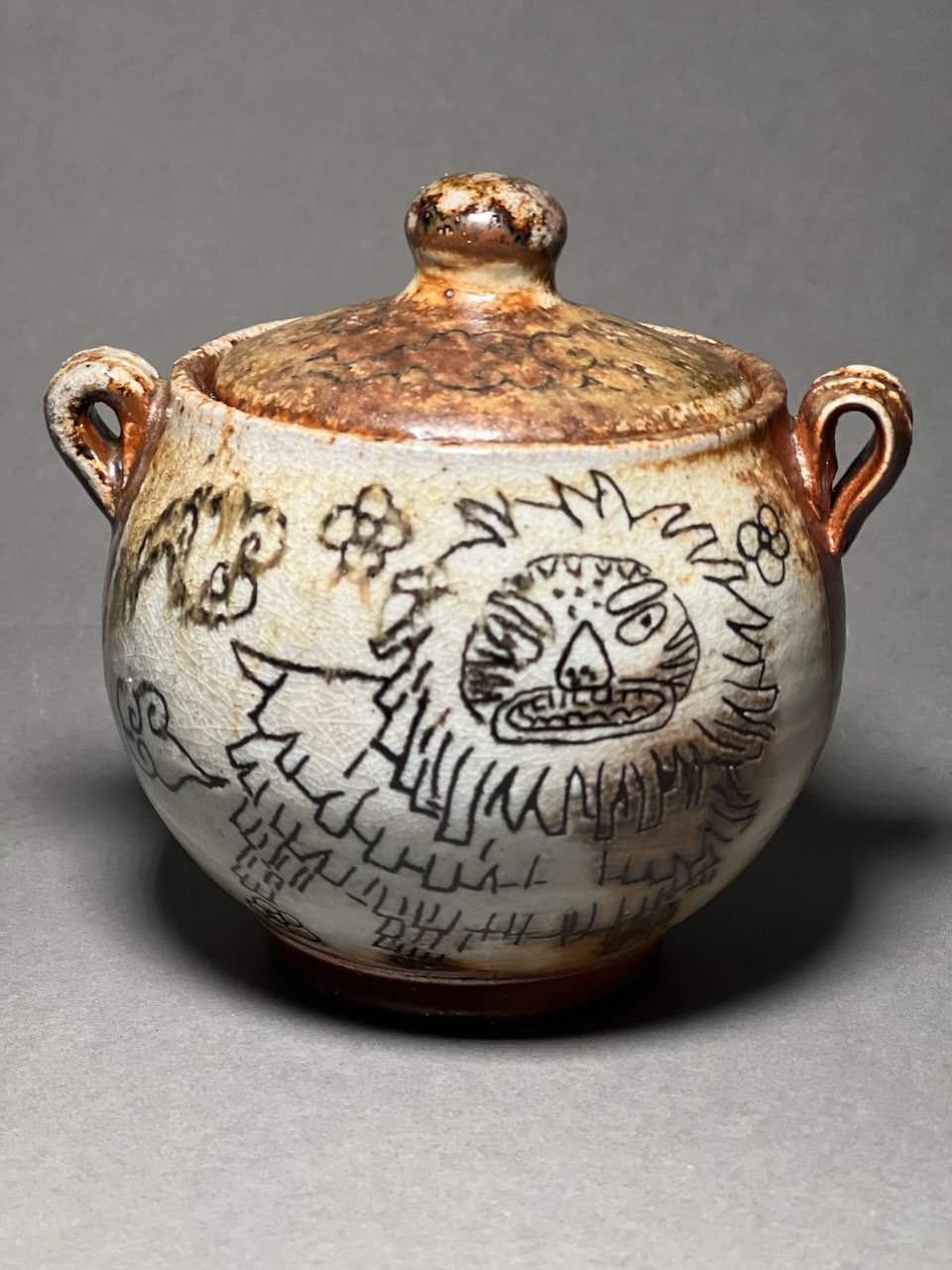
Min Choi
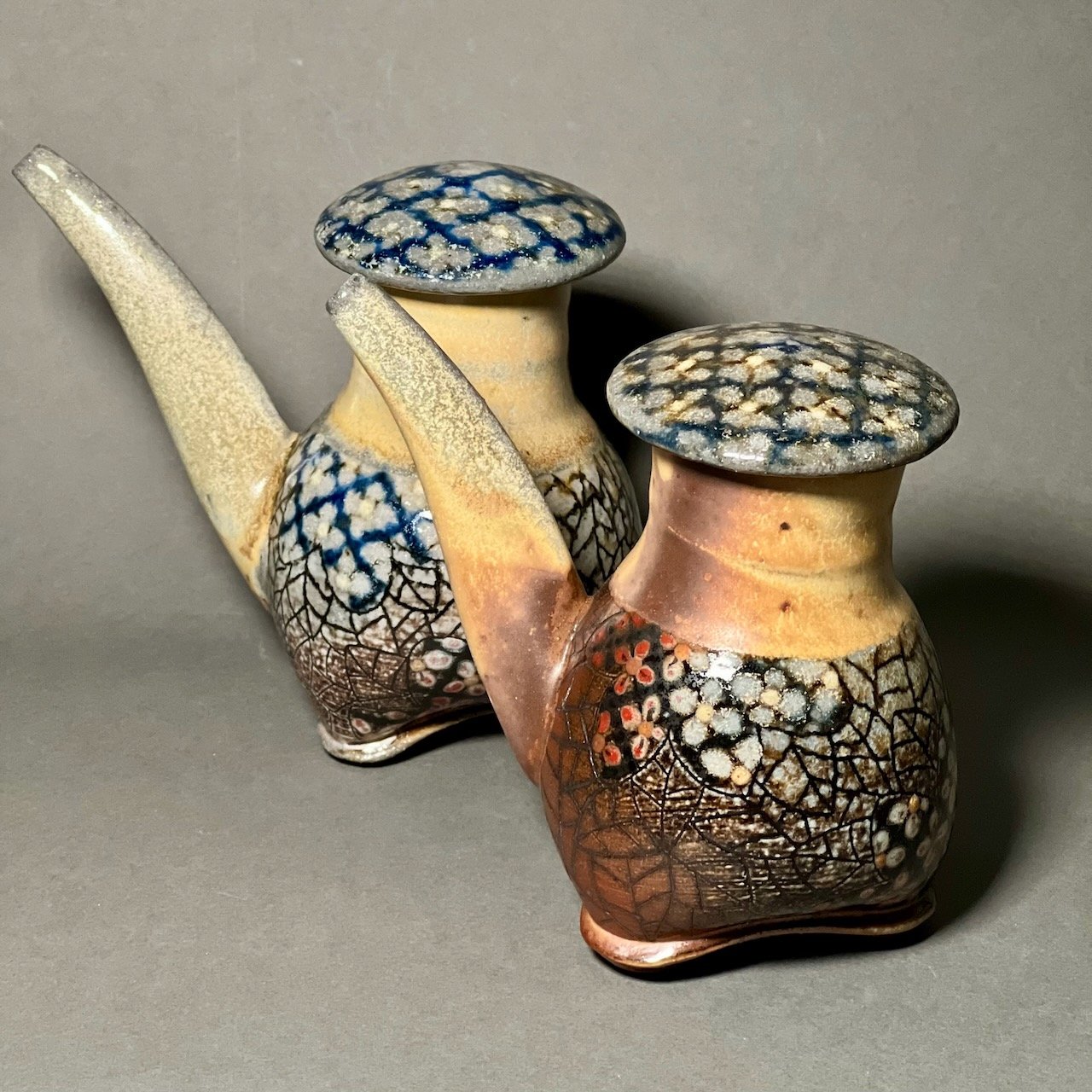
Min Choi
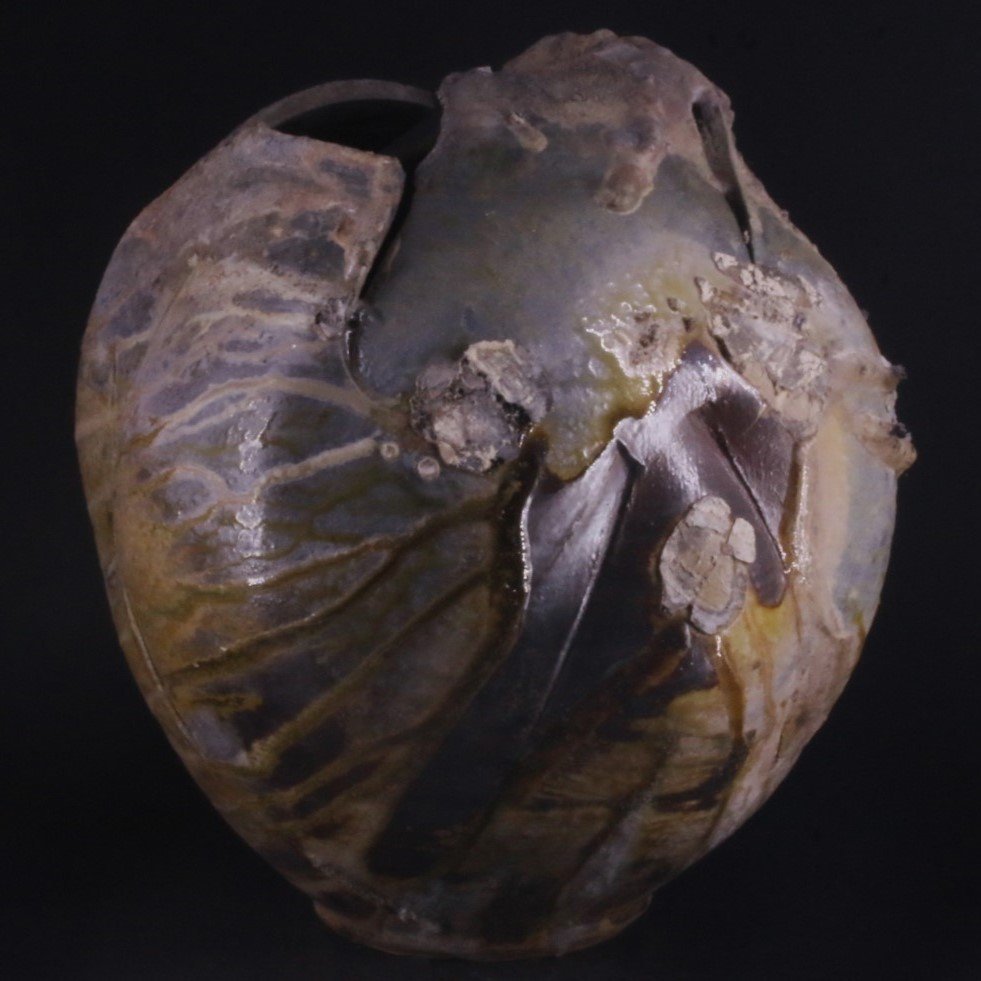
Trevor Youngberg

Judy Weddle
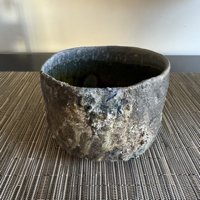
Judy Weddle
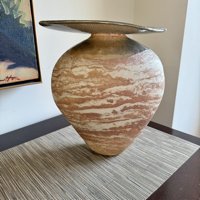
Judy Weddle

Judy Weddle

Judy Weddle

Judy Weddle

Judy Weddle
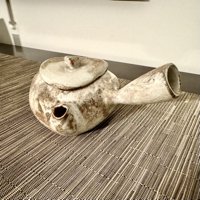
Judy Weddle
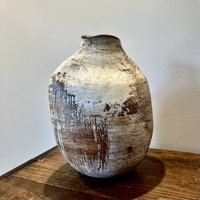
Judy Weddle

Eike Maas

Eike Maas

Eike Maas

Eike Maas
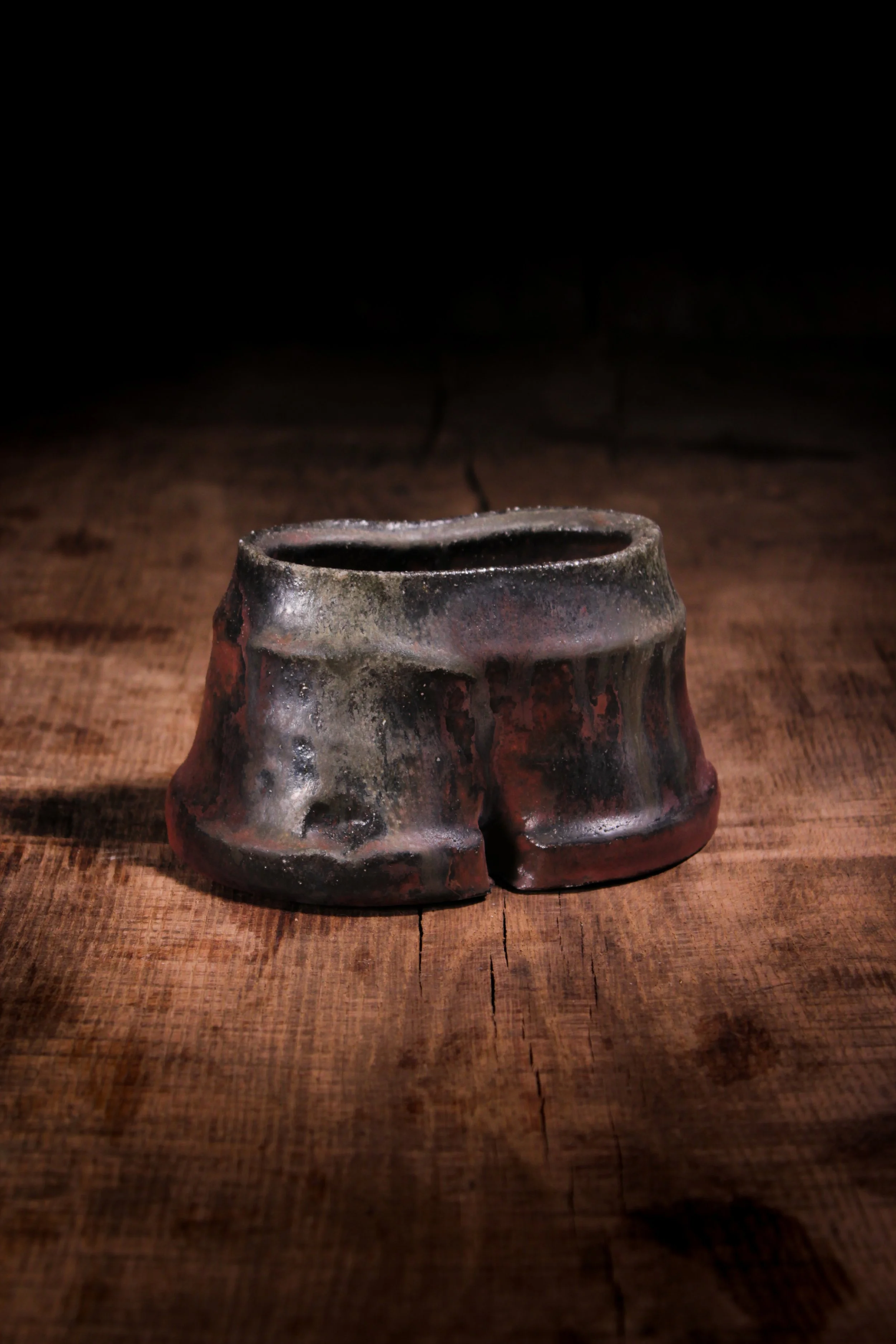
Eike Maas

Eike Maas

Eike Maas
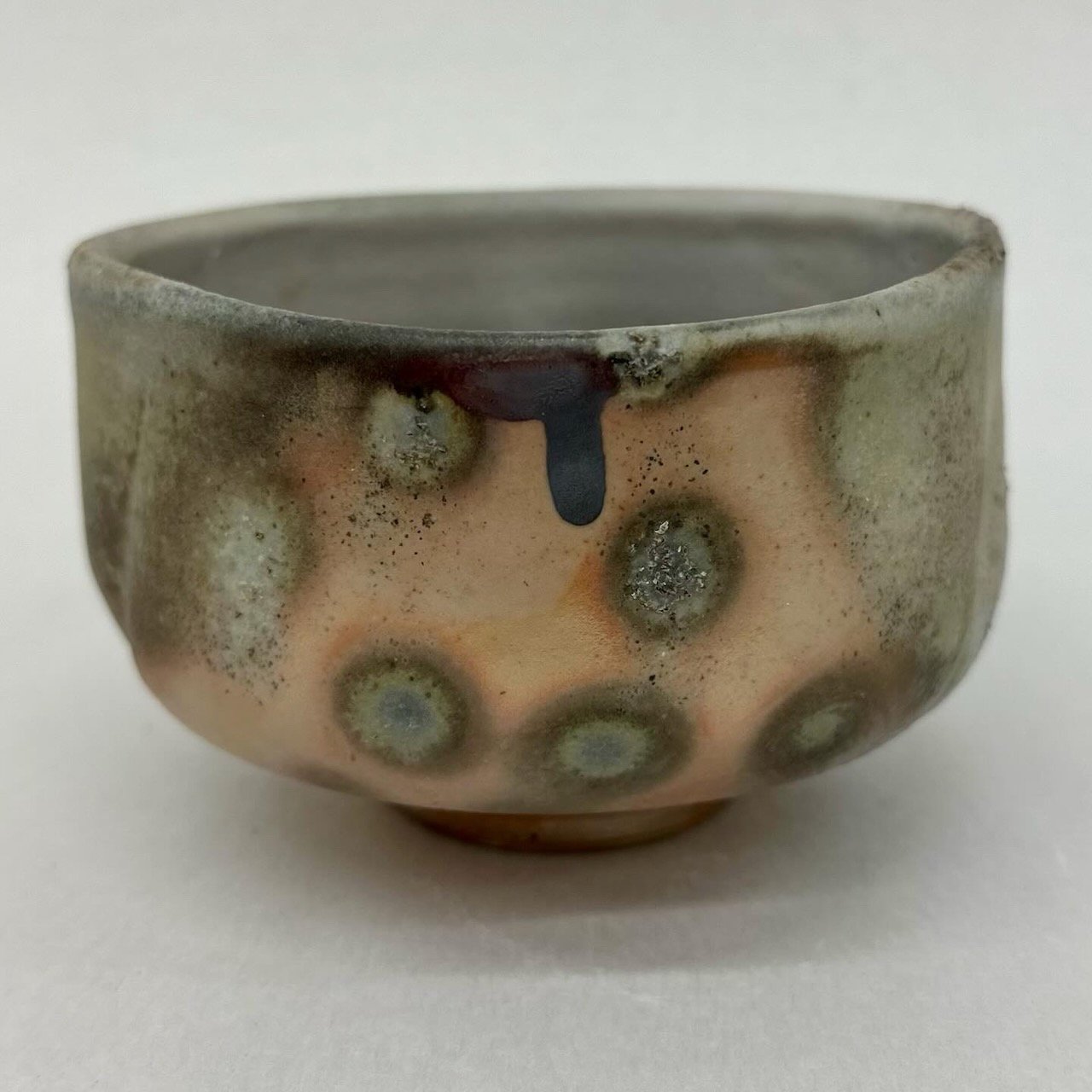
Kiichi Takeuchi

Kiichi Takeuchi
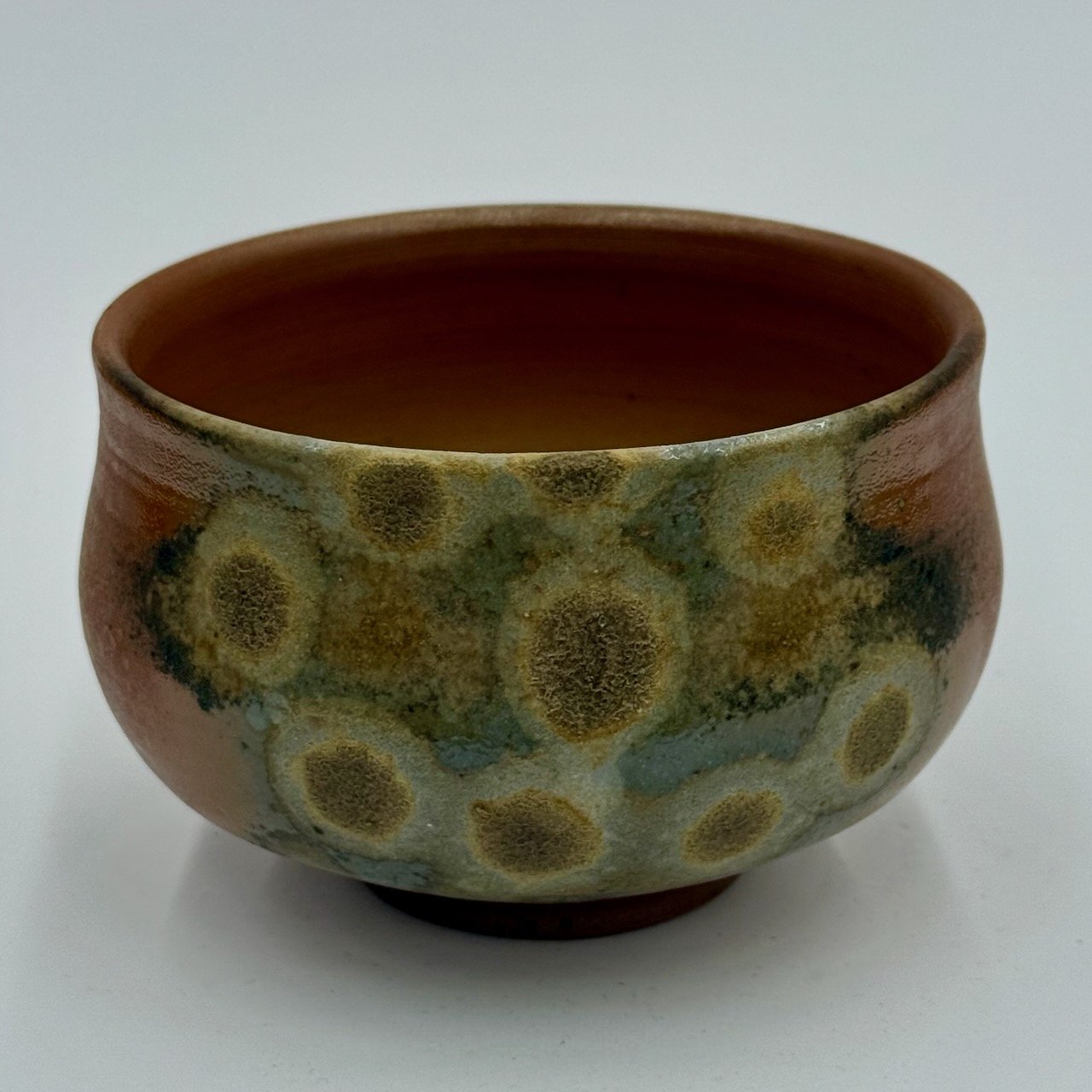
Kiichi Takeuchi
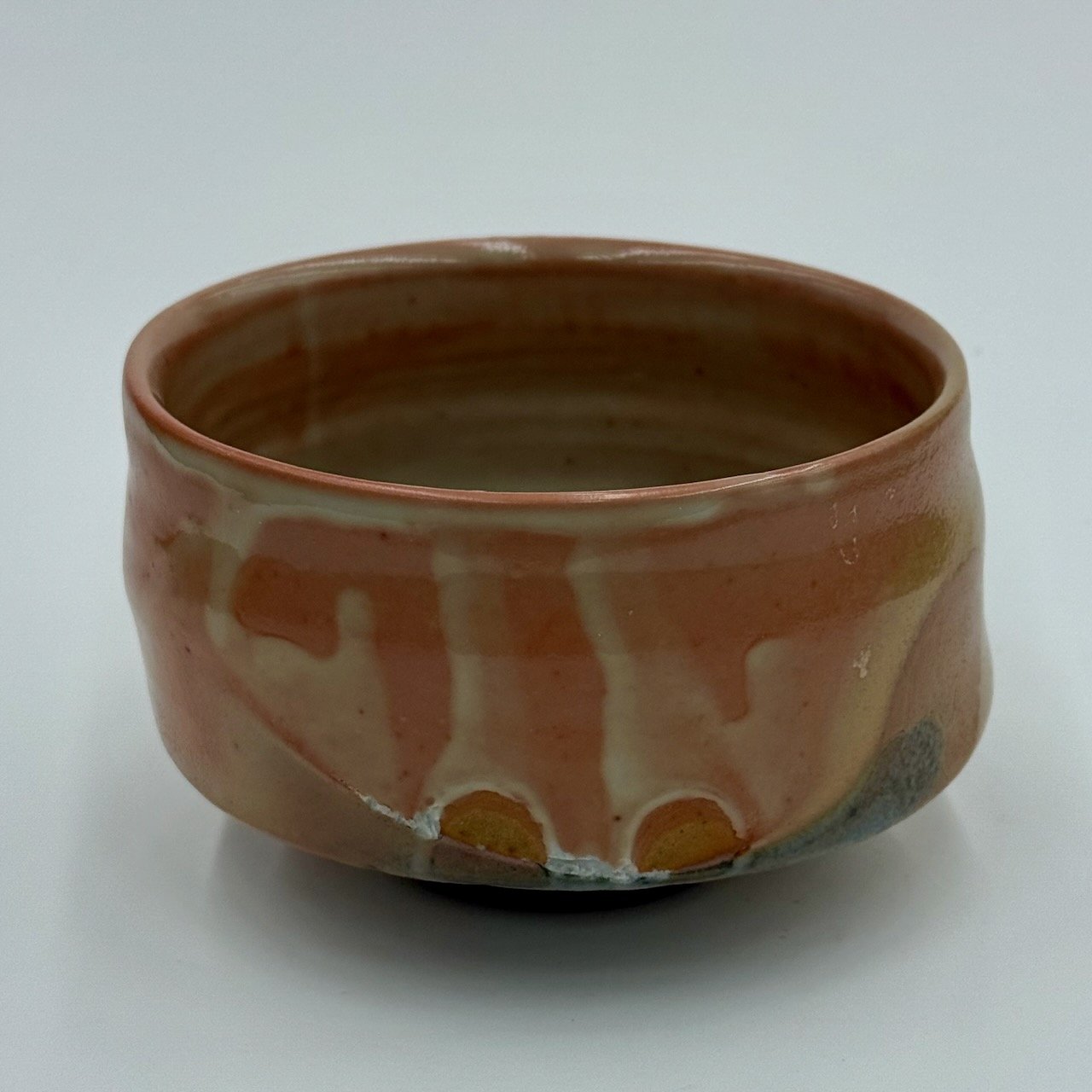
Kiichi Takeuchi
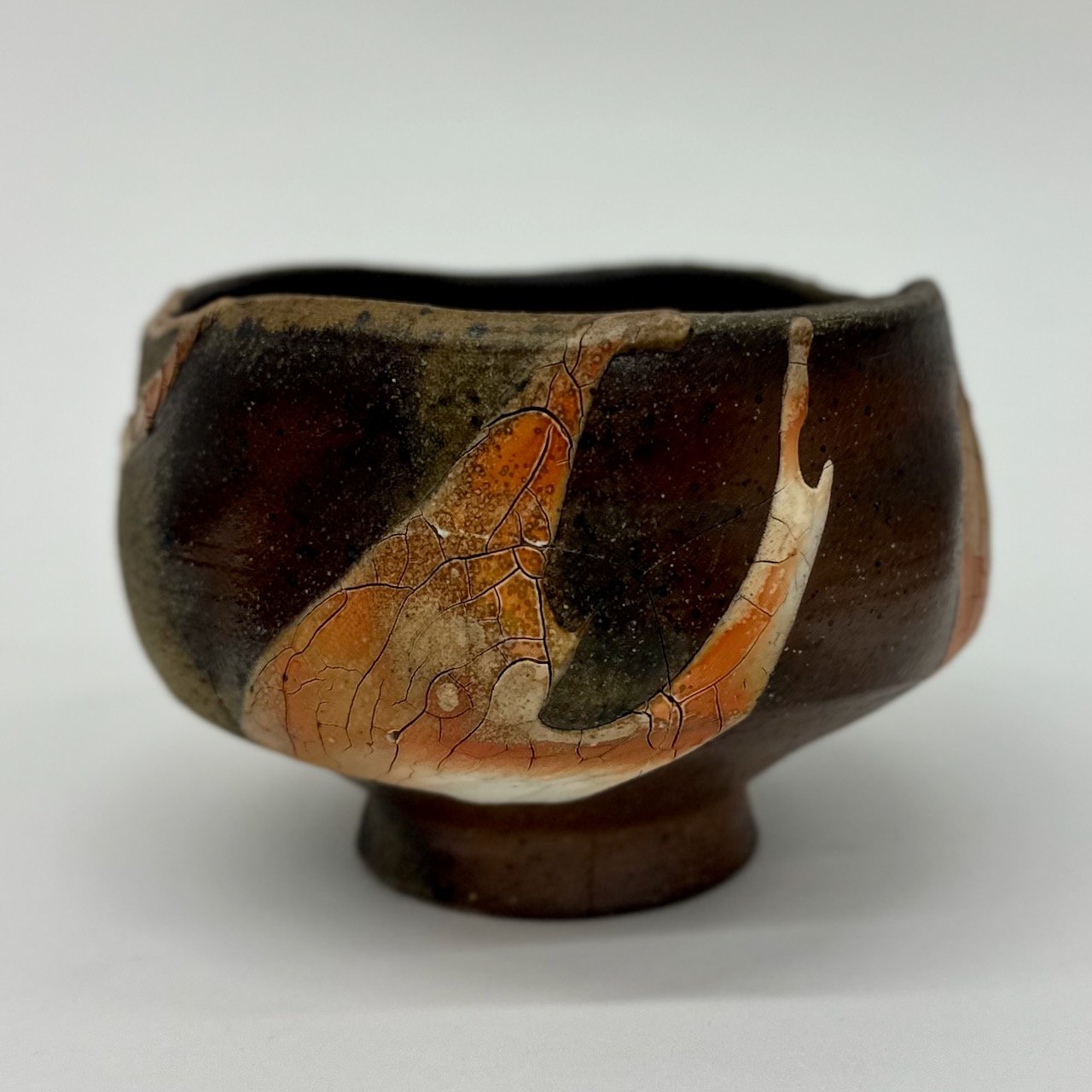
Kiichi Takeuchi
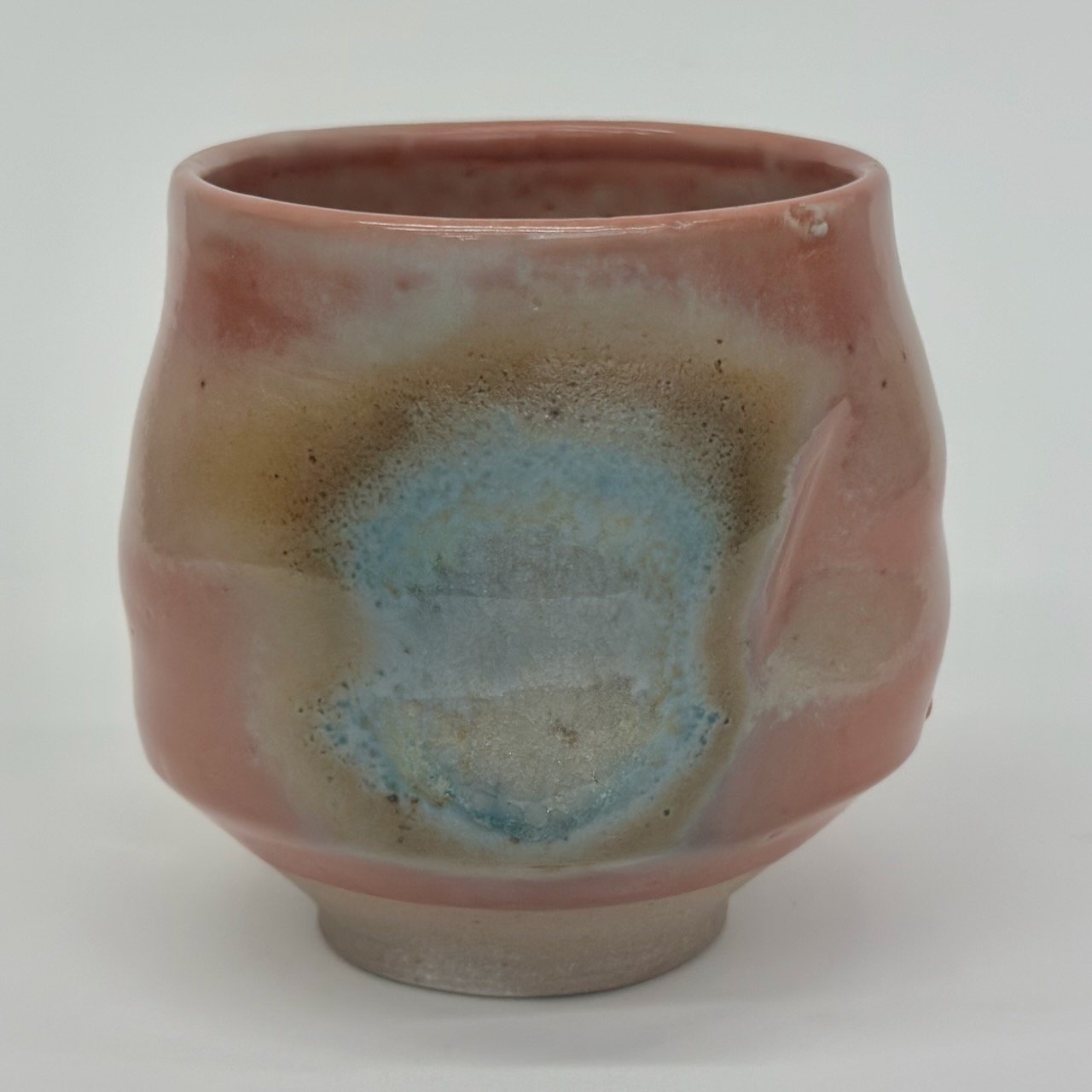
Kiichi Takeuchi
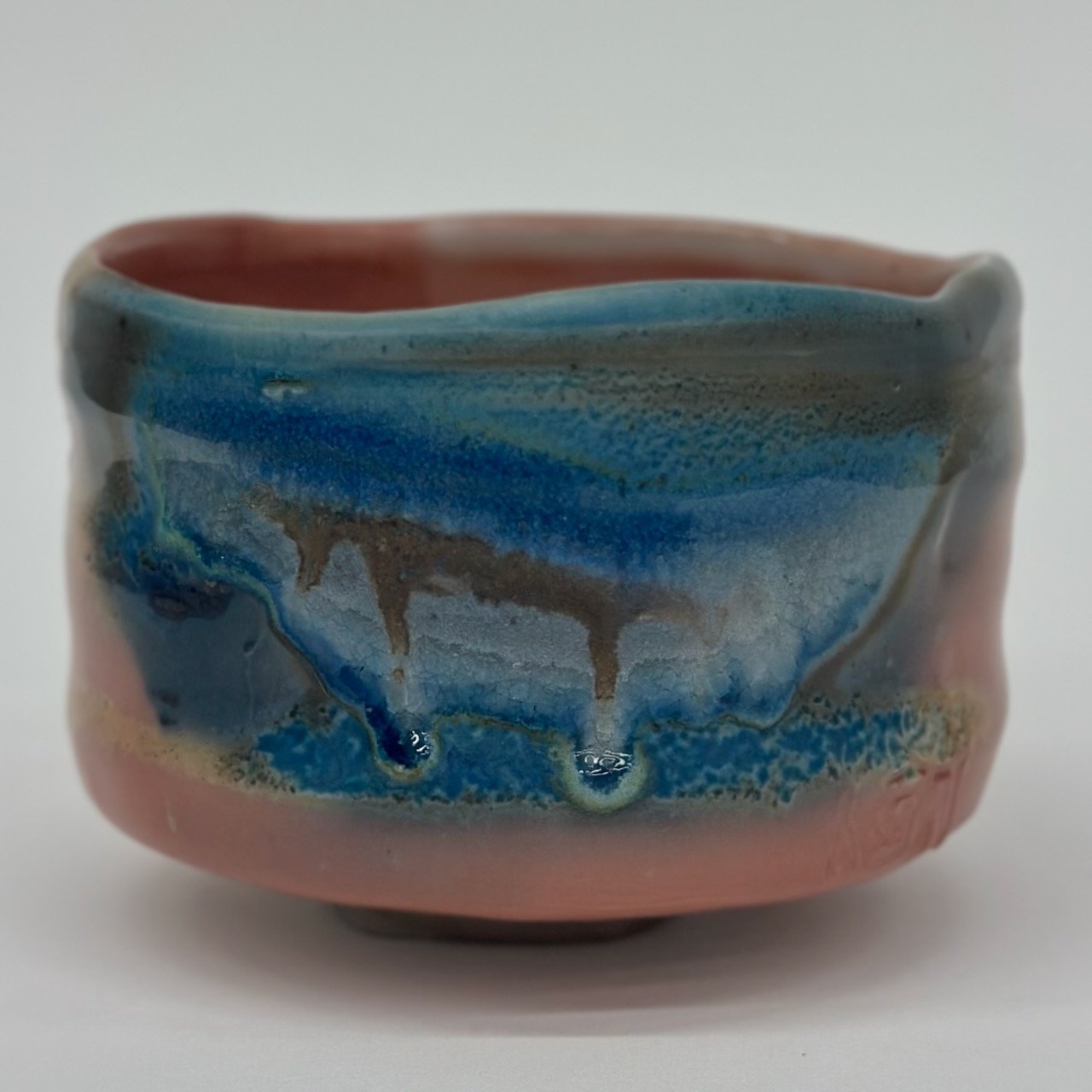
Kiichi Takeuchi
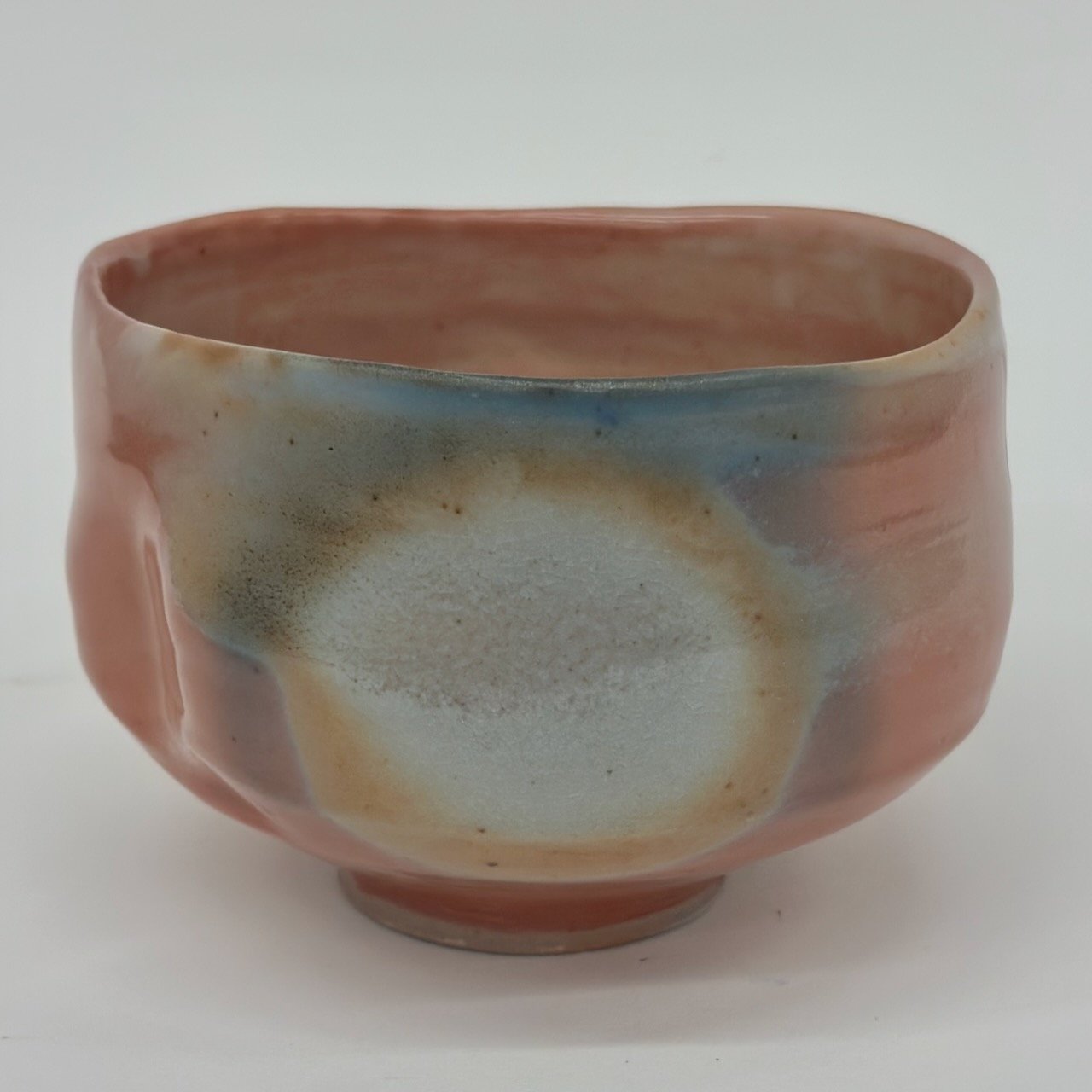
Kiichi Takeuchi
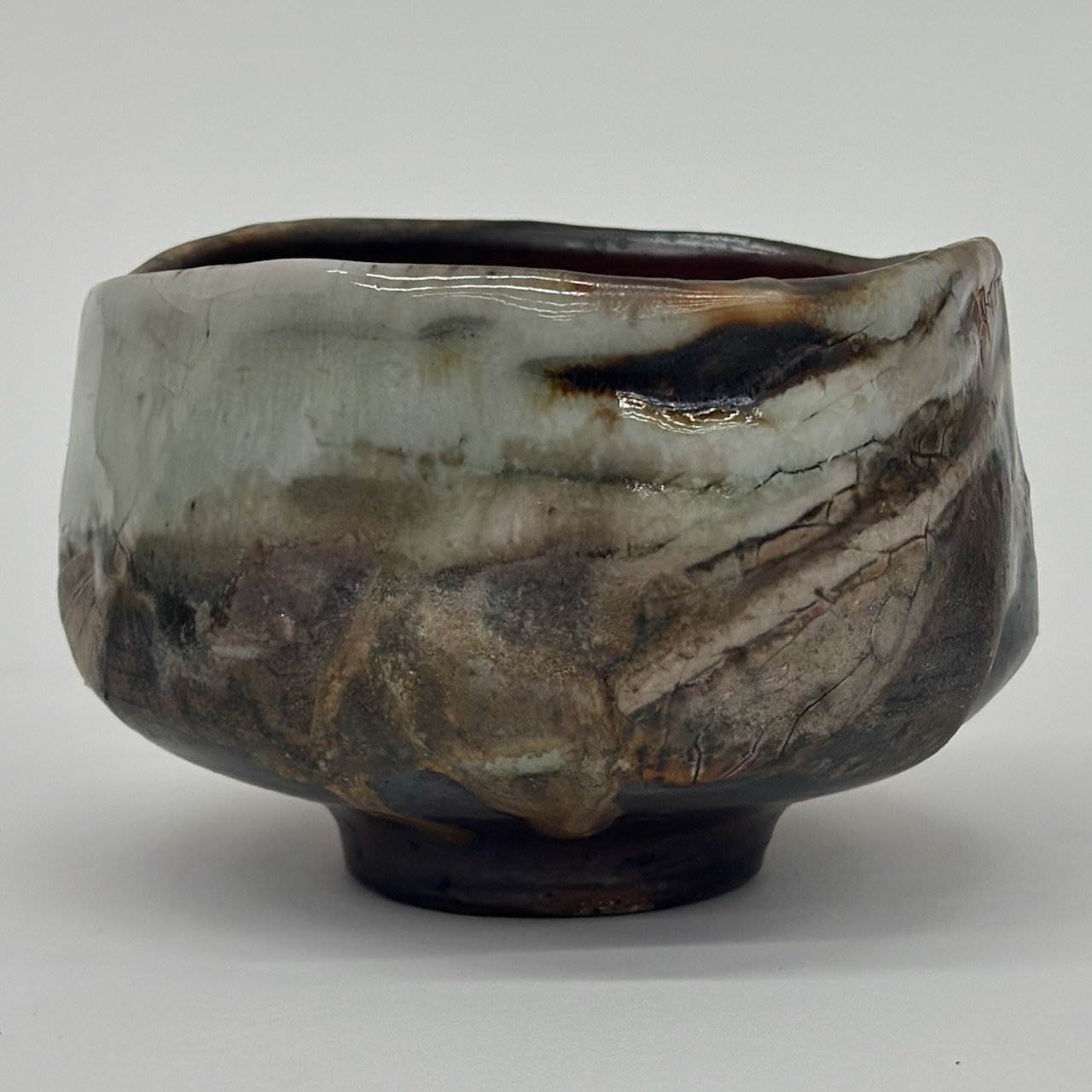
Kiichi Takeuchi
Kiichi Takeuchi
Kiichi Takeuchi
Kiichi Takeuchi
Kiichi Takeuchi

Kiichi Takeuchi
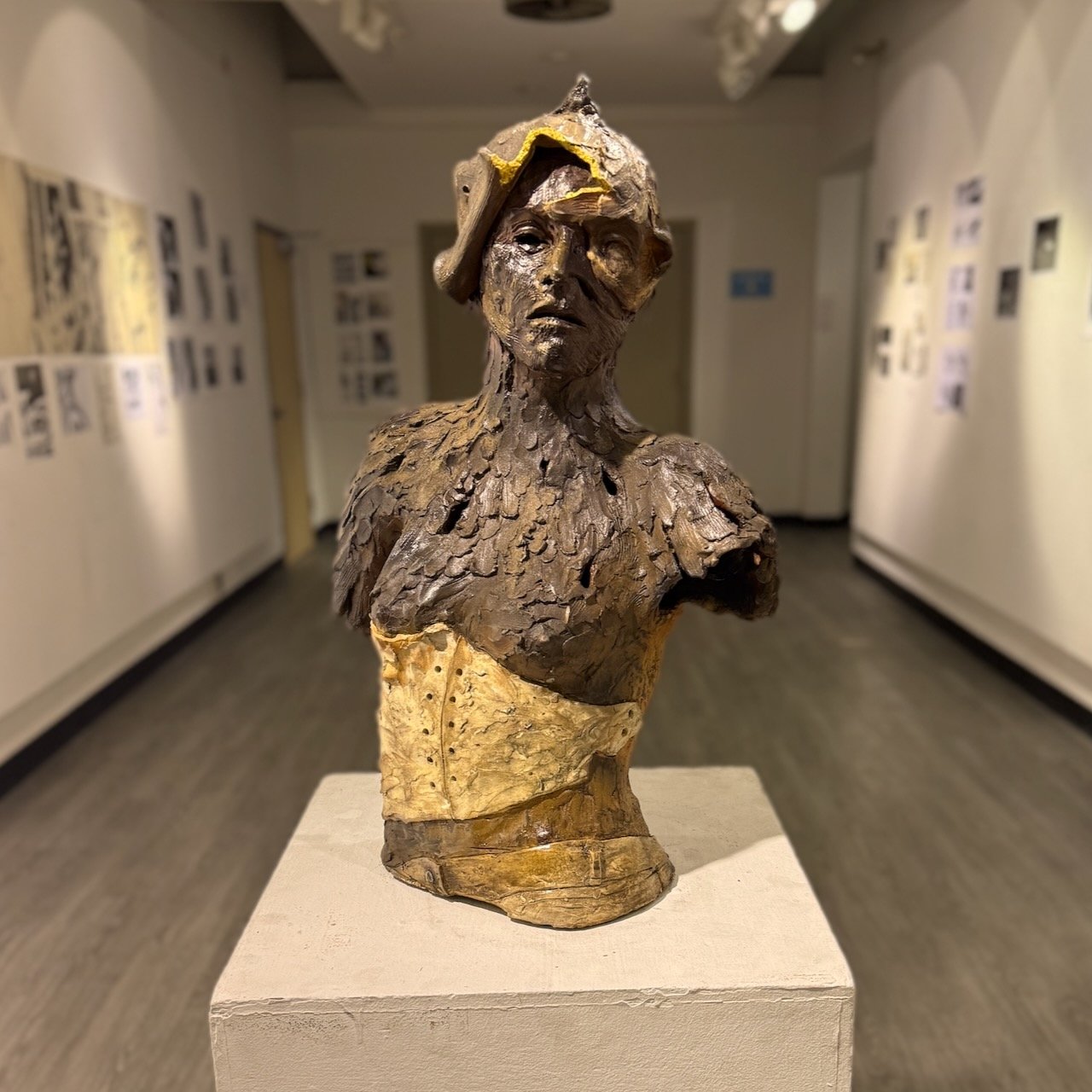
Dan Christoffel
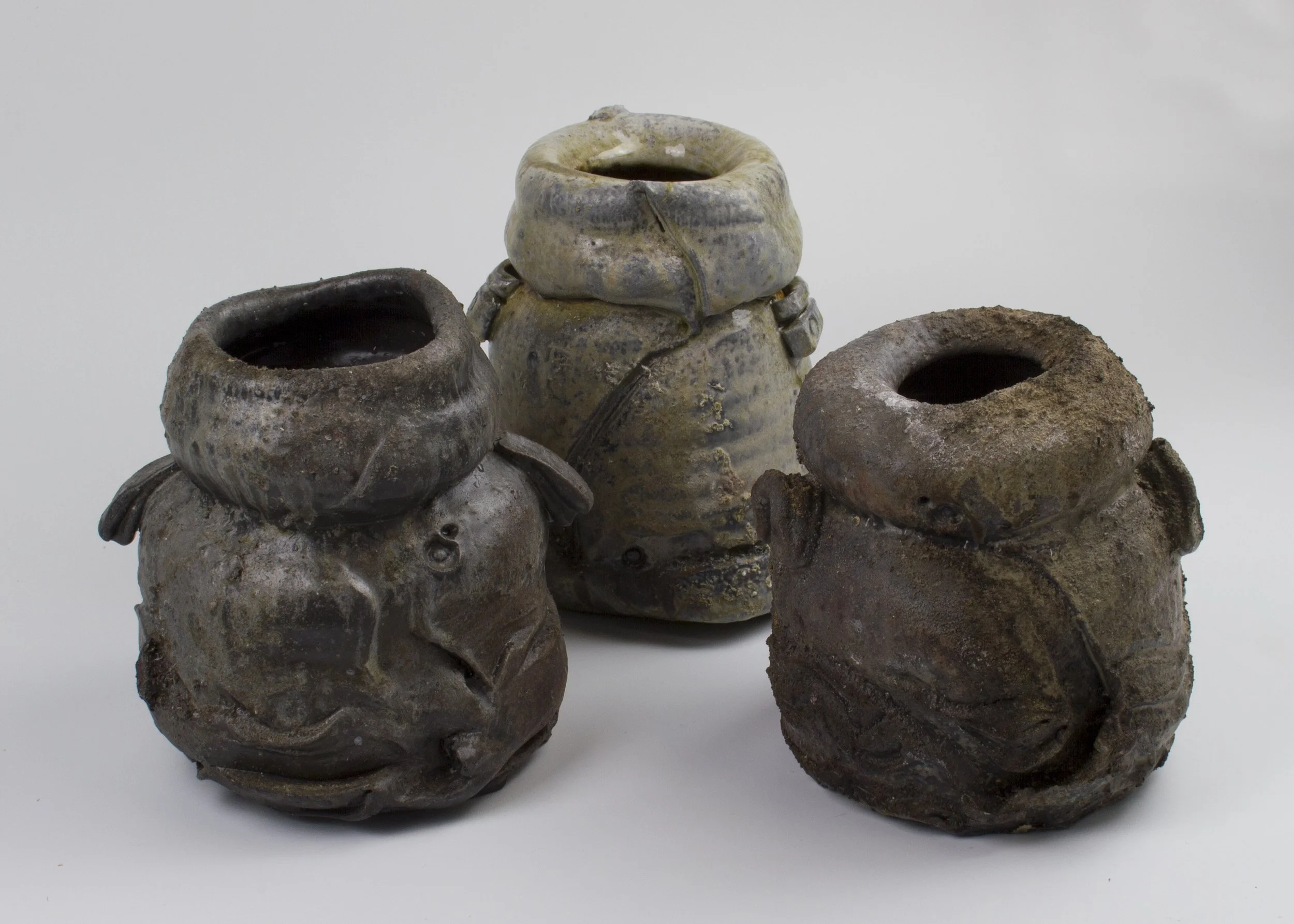
Mark Robert Rowntree
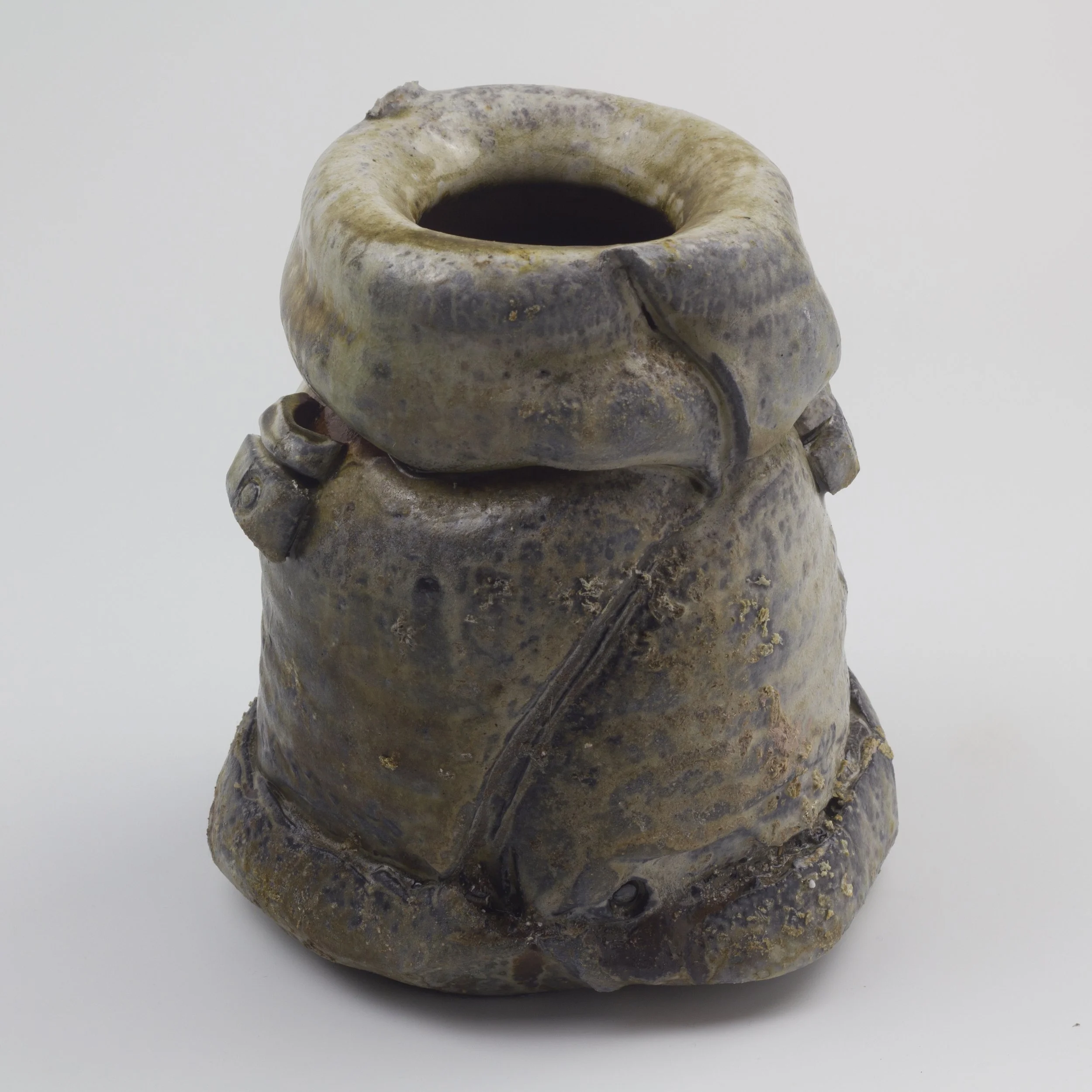
Mark Robert Rowntree
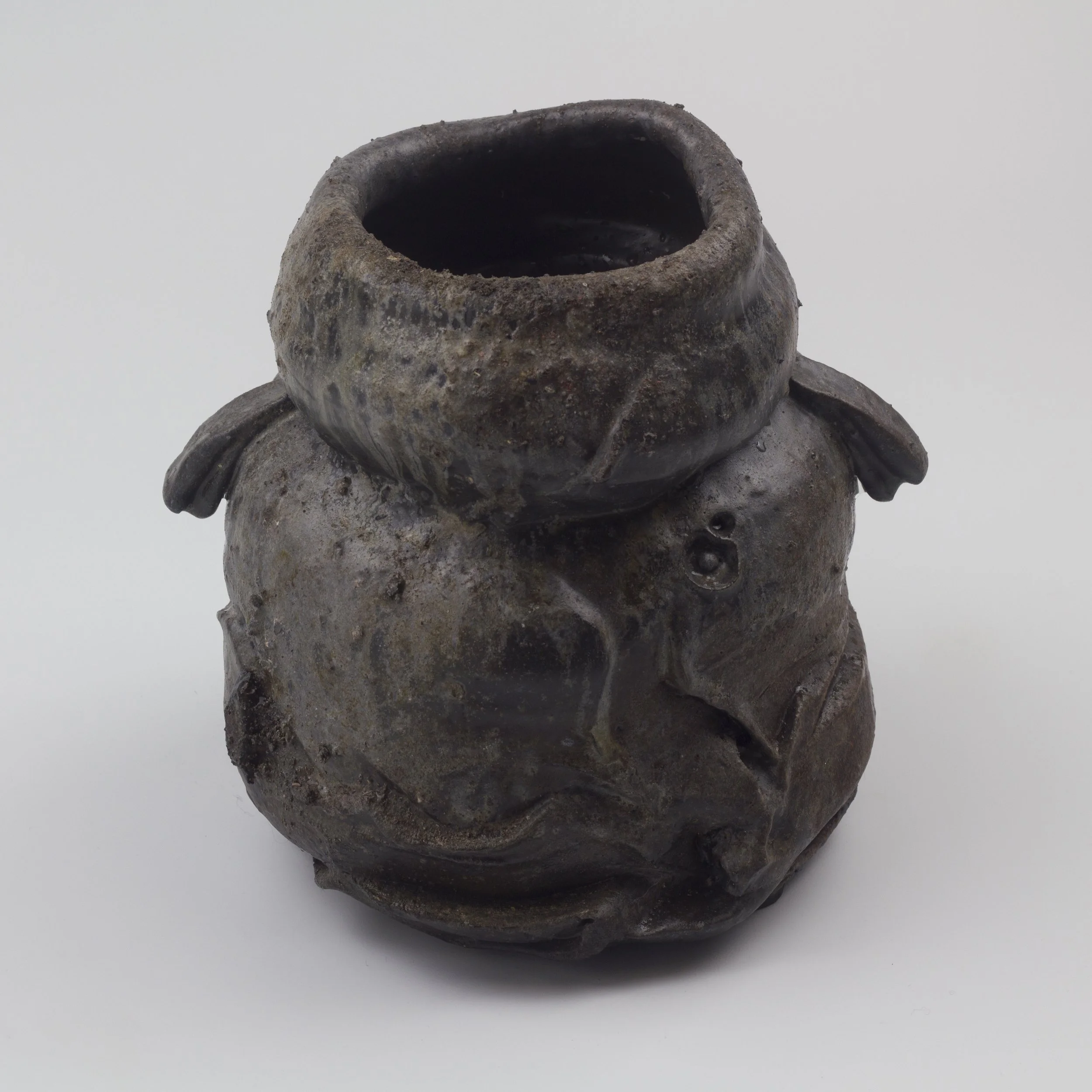
Mark Robert Rowntree
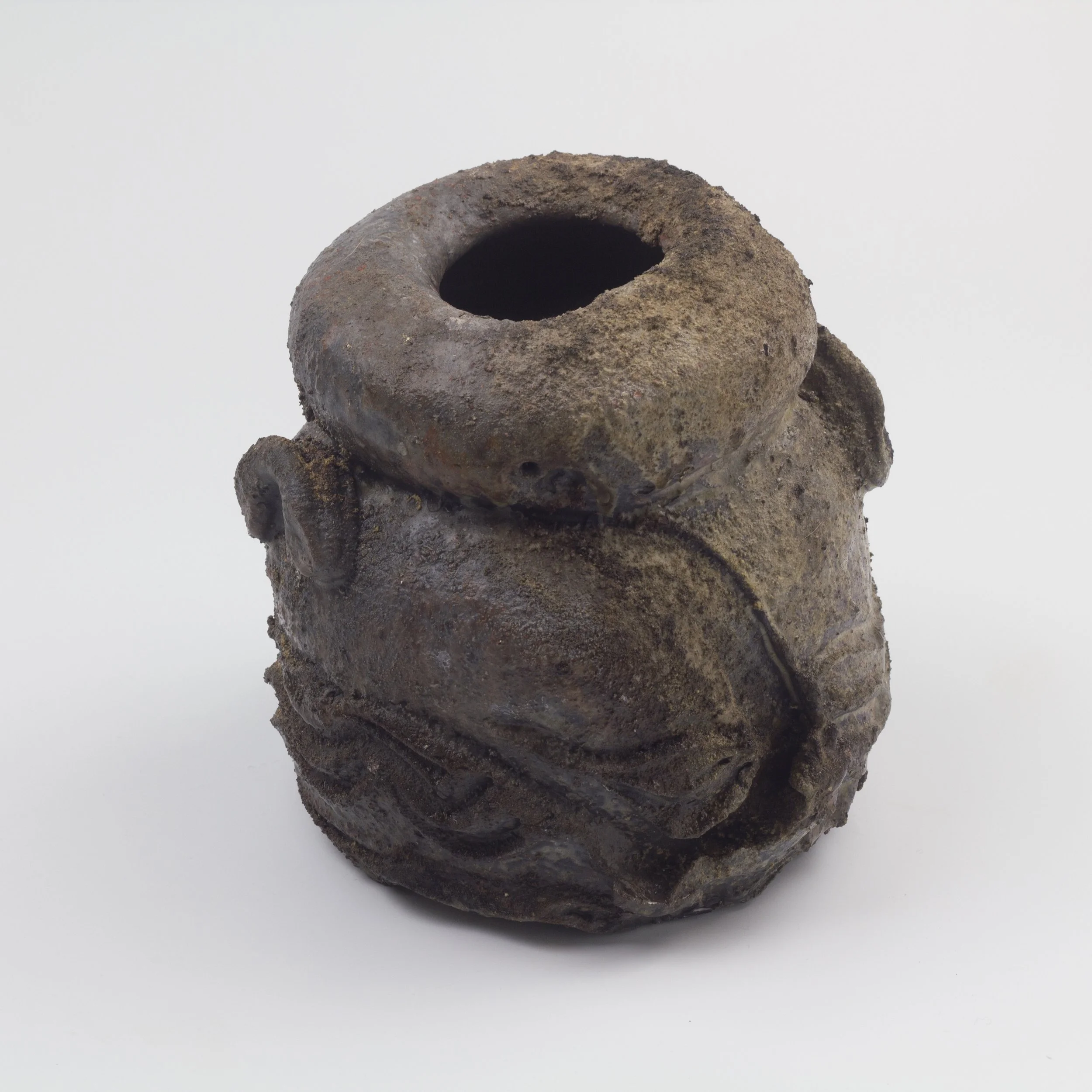
Mark Robert Rowntree
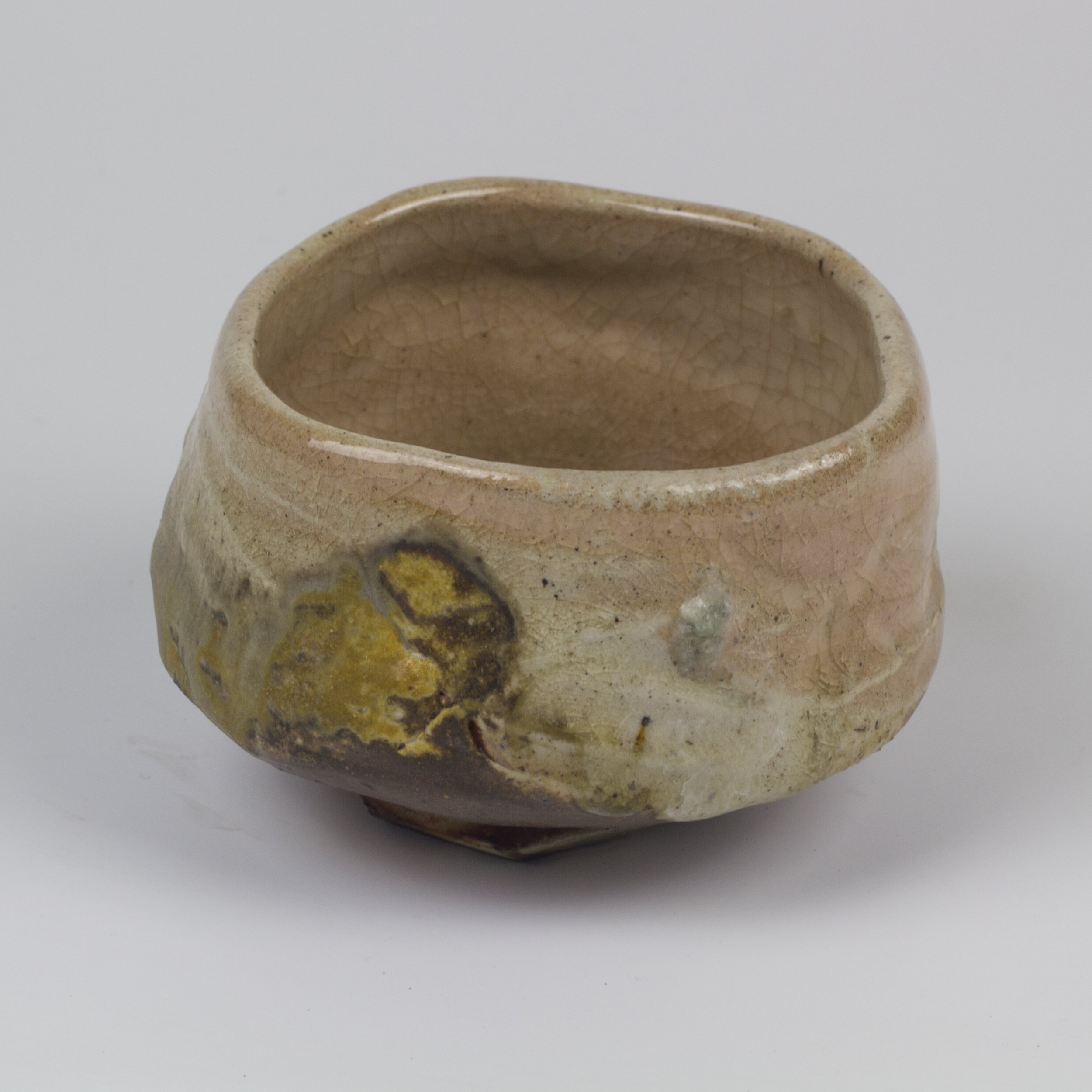
Mark Robert Rowntree
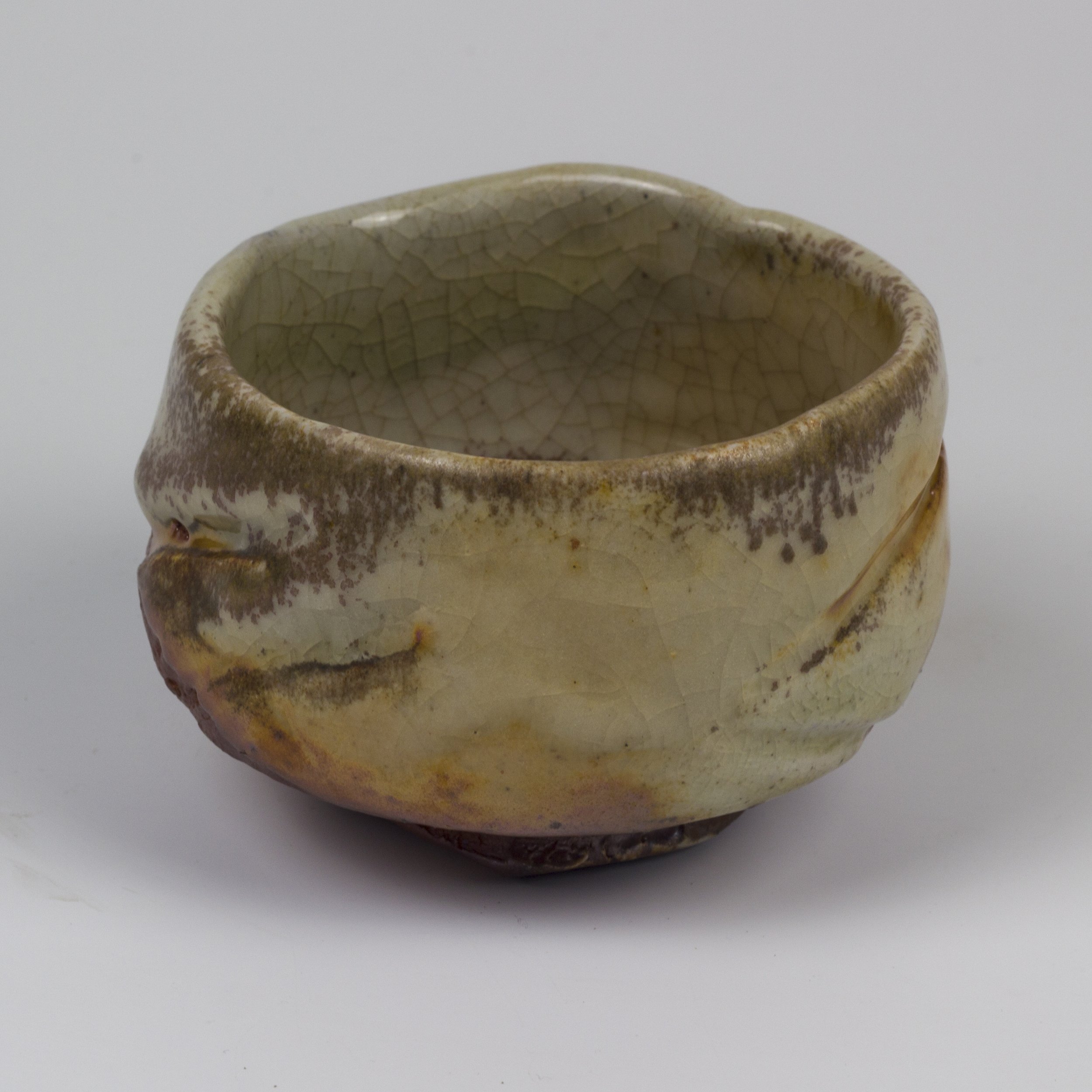
Mark Robert Rowntree
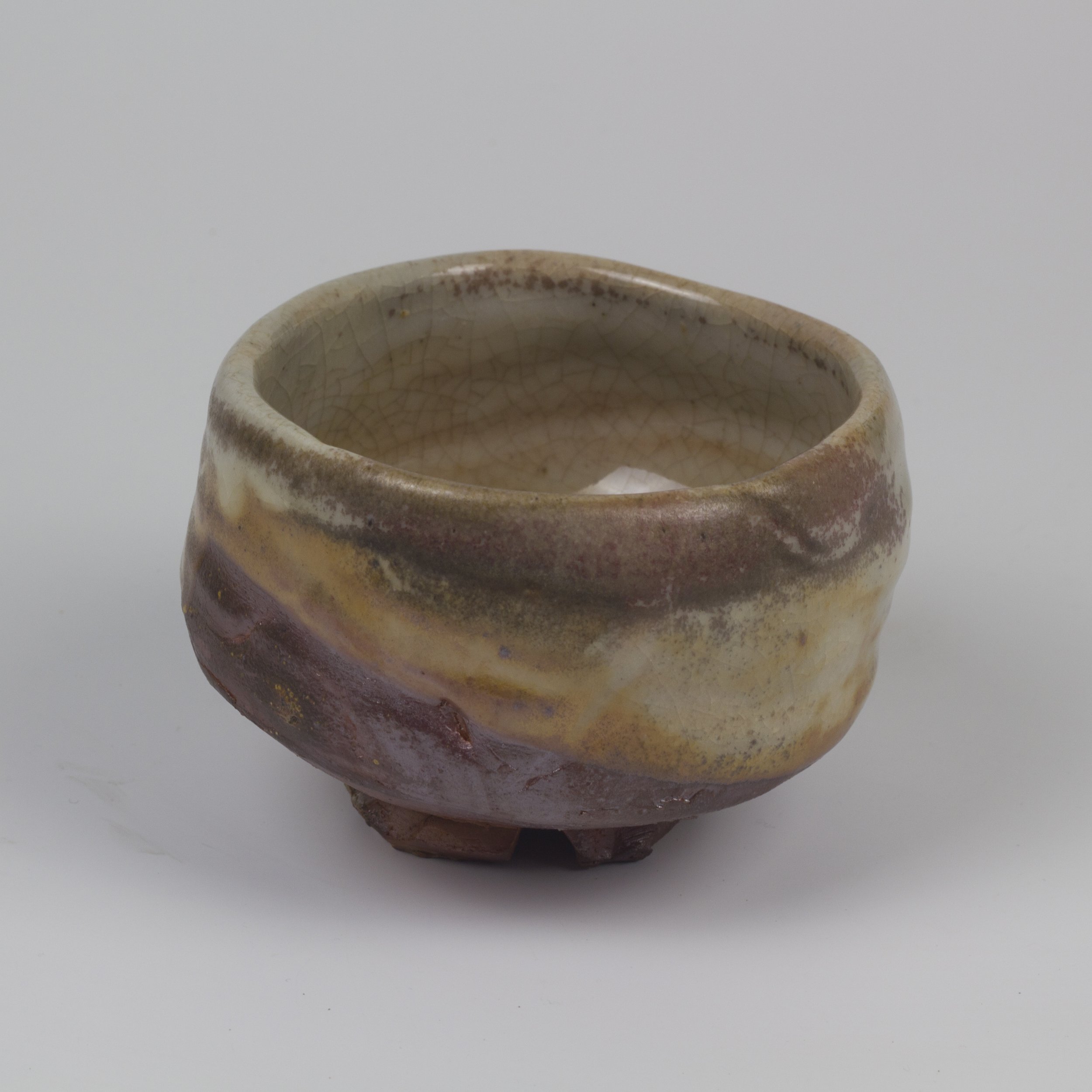
Mark Robert Rowntree
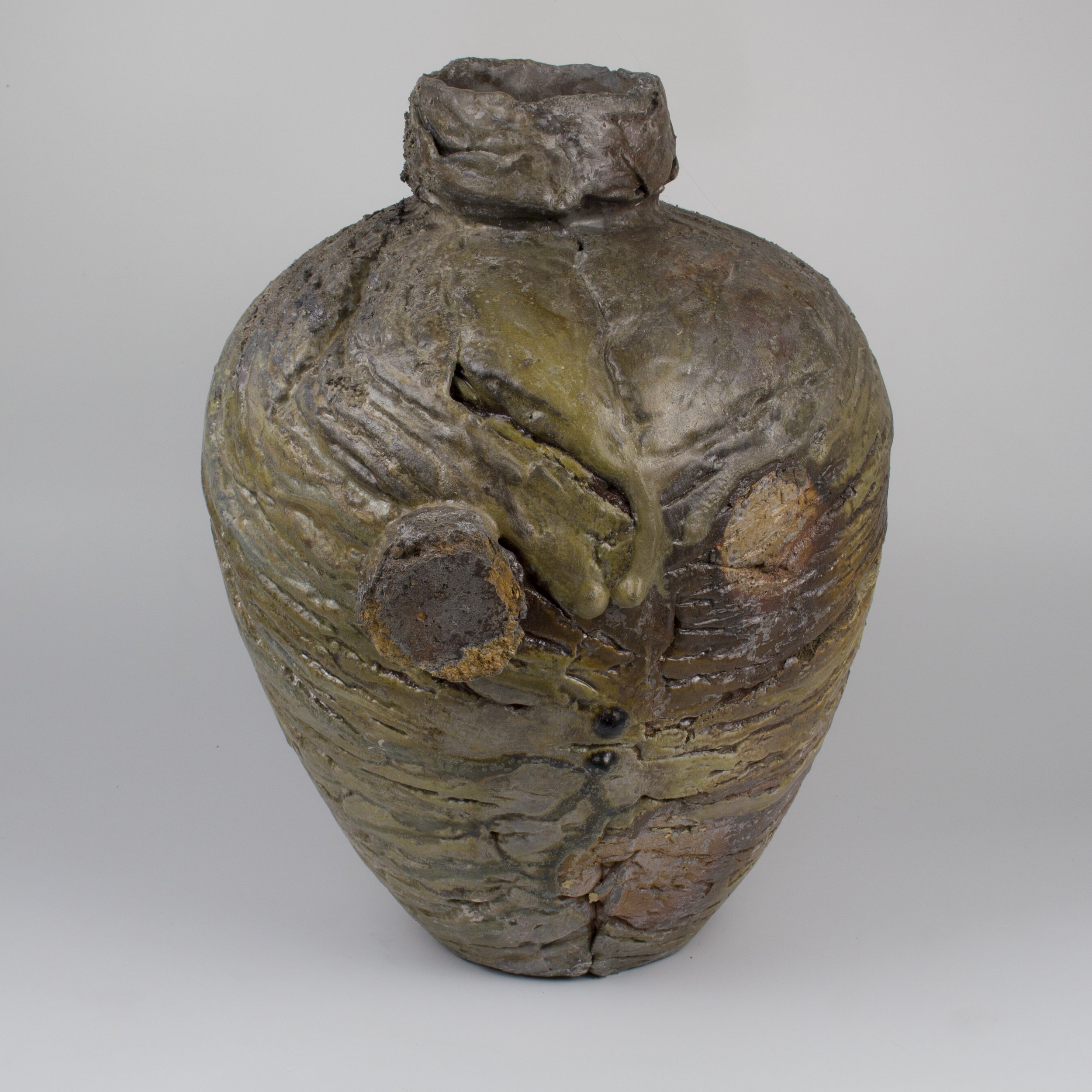
Mark Robert Rowntree
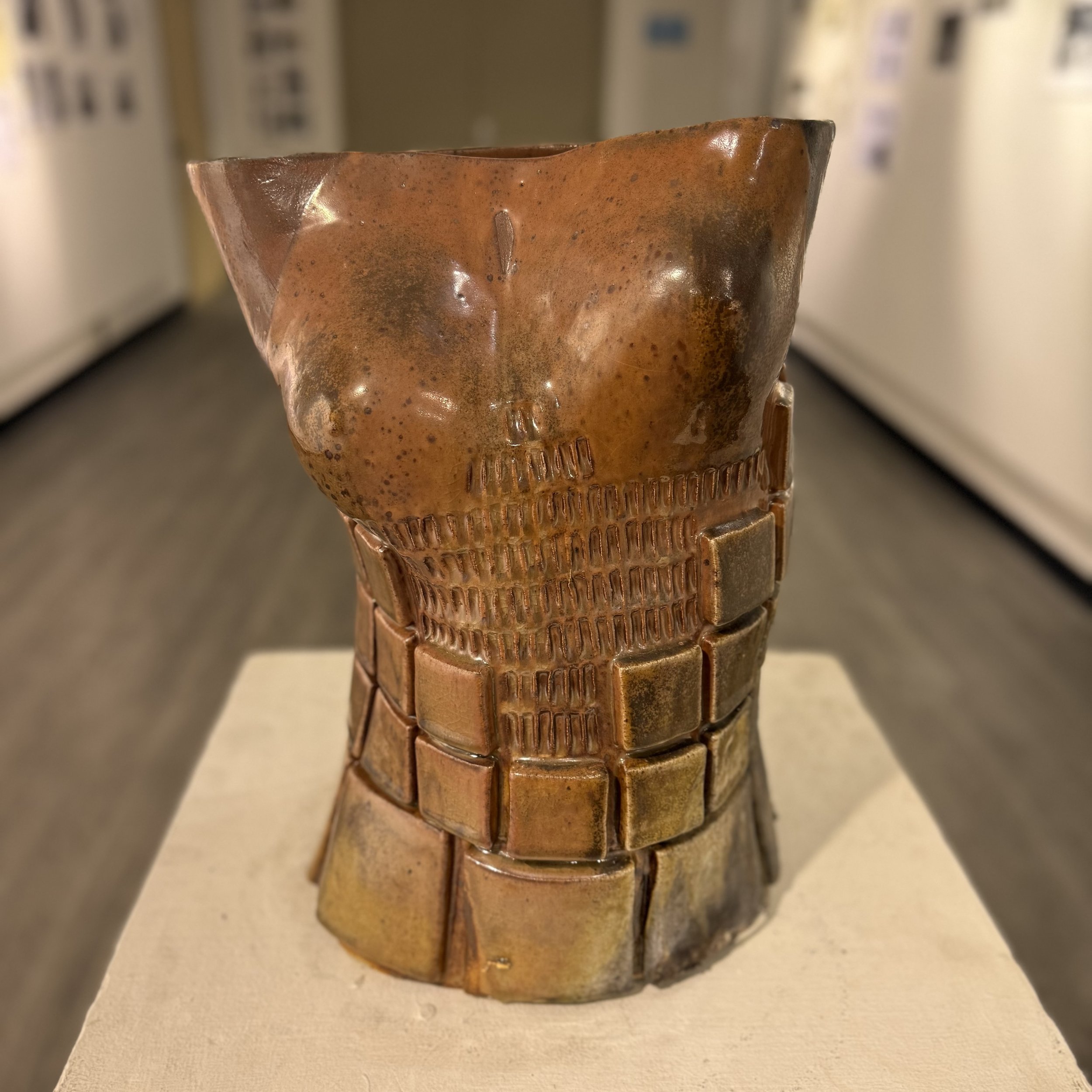
Mandy Henson
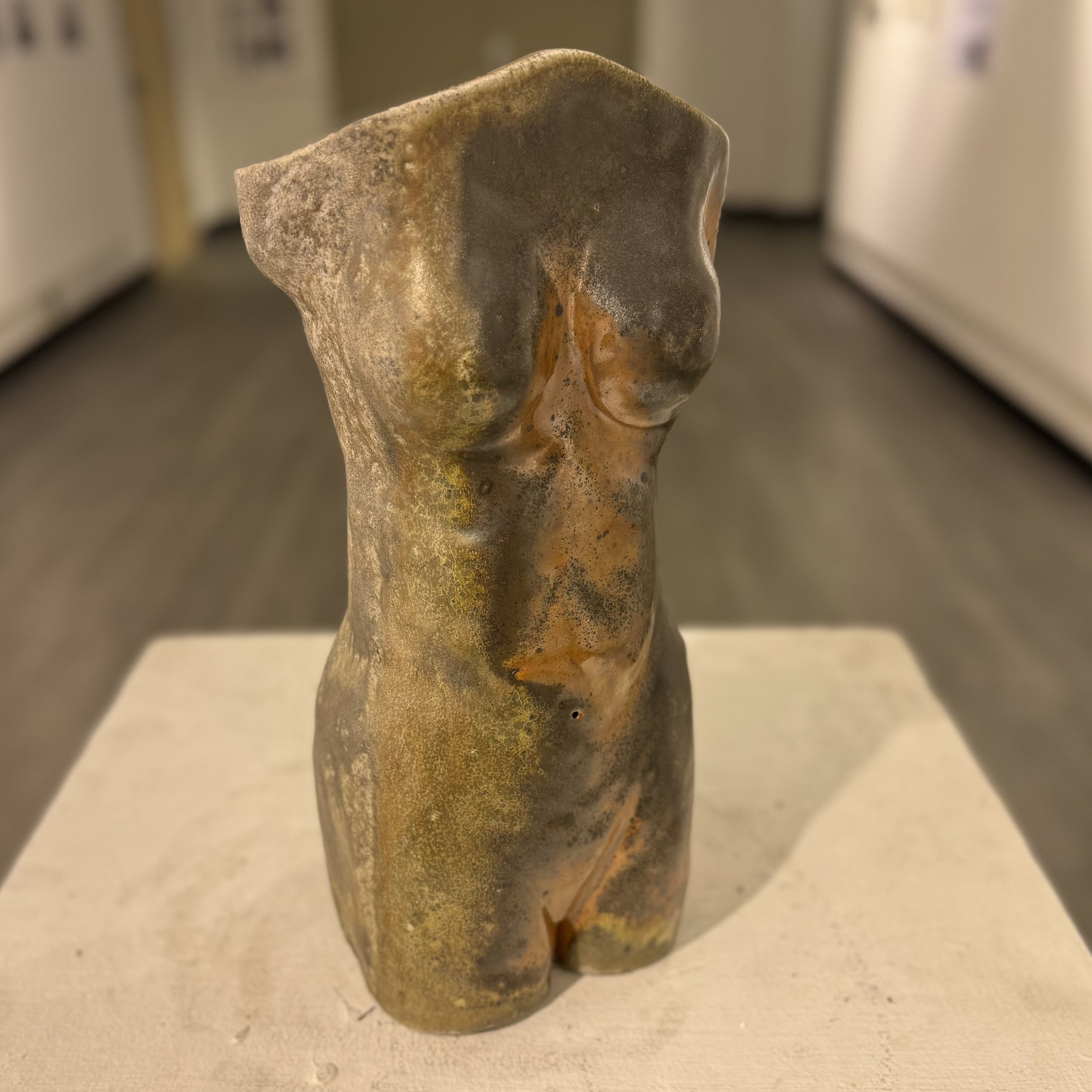
Mandy Henson
Anagama Kiln History
Meaning cave-kiln, anagama kiln design originated in Korea in medieval times. These kilns were dug into hillsides of clay. The front end of the “cave” served as the firebox which consumed large amounts of cord-wood each firing. A tunnel-opening at the tail of the “cave” or ware-chamber led to daylight, effectively serving as the chimney. The result being the creation of a strong enough draft to gasify the wood-fuel. Hundreds of pots filled the chamber area between the firebox and chimney. Through the process of firing, the cave-kiln’s clay walls hardened and served potters for many firings. Eventually, the kilns would begin to disintegrate and, in some cases, new ones were dug out of the hill adjacent to the previous kiln.
Photo Credits: Derek Gillis
Wood combustion in these kilns yield temperatures in excess of 2400F and are, to this day, achieved in order to both vitrify (fully harden) the stoneware and porcelain vessels and melt the copious amounts of fly-ash into natural ash glaze on the surfaces of the wares. Additionally, salt-gasses of potassium and sodium travel throughout the kiln-chamber. These gasses interact with clay’s impurities such as iron, creating “flashing” which is the mark of the flame as it converses with clay objects on its journey to the chimney.
Anagama kiln design was adopted by Japanese peasant potters and in the Middle Ages. Once the unique kiln-effects were discovered and admired by Japanese tea masters, the monks prescribed anagama-kiln wares for use in the production of Japanese tea ceremony vessels. A pairing that propelled the surfaces found on the utilitarian ceramics of peasant potters into the realm of fine art.
We practice wood-firing today as an international art form. Potters around the world have developed a vast array of methods in harnessing flame’s creative properties. Kiln design, firing technique, wood-fuel selection, clay-body formulas and making styles only begin to hint at the potential variables presented to us as ceramic artists. While we practice a method that is largely unchanged since the 13th century; somehow, our works reflect our place in time. Wood-firing today is as fresh and exciting as ever.
Exhibition Photography by Eike Maas
